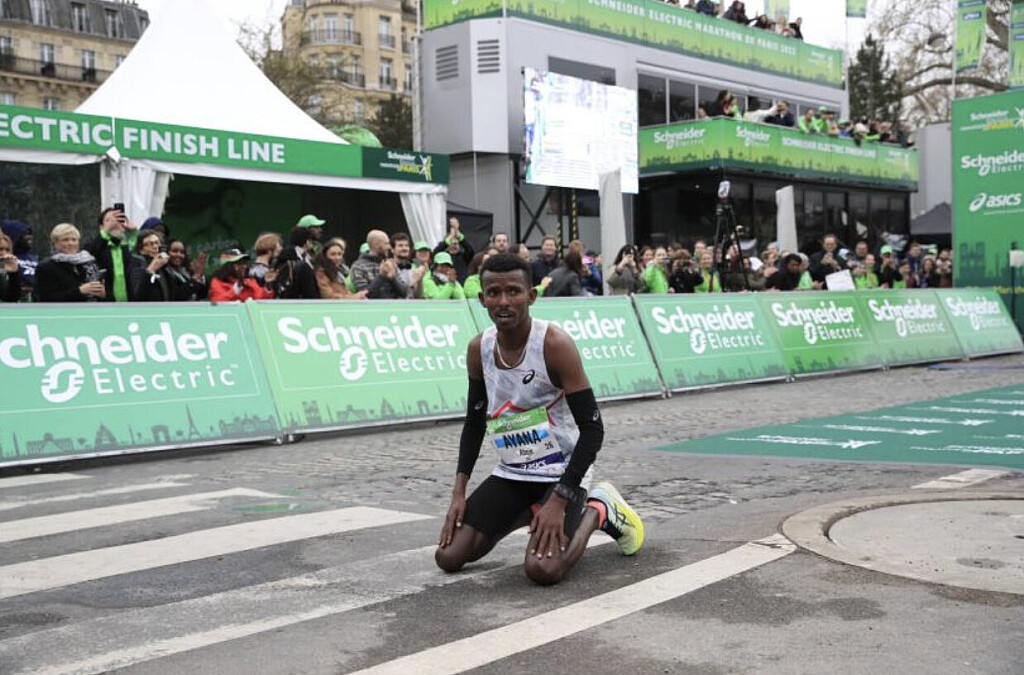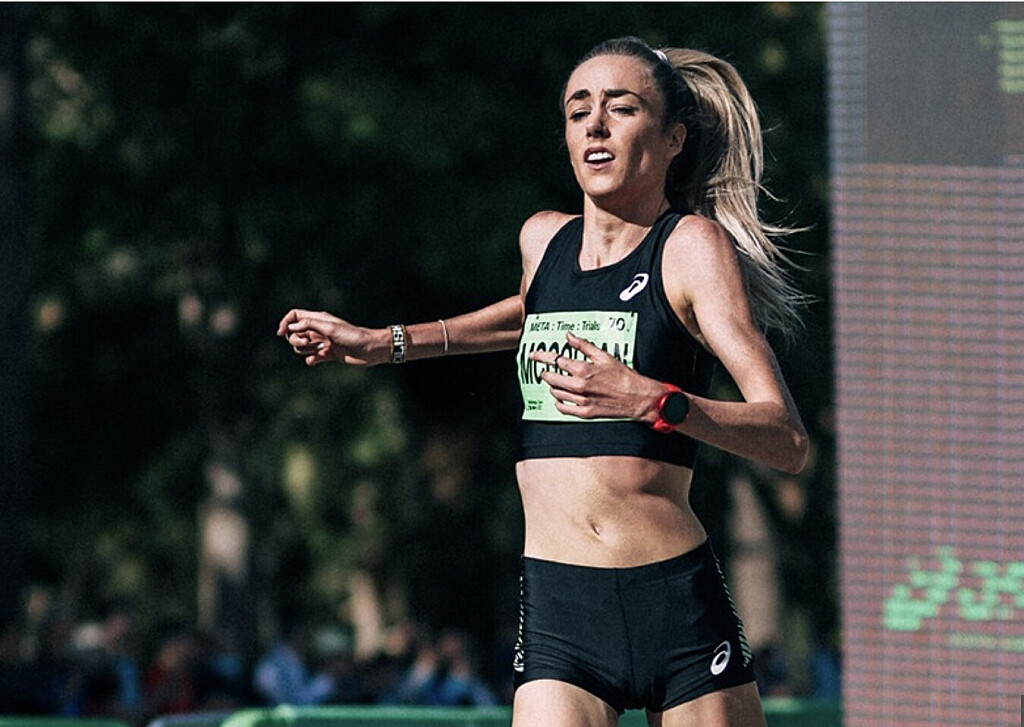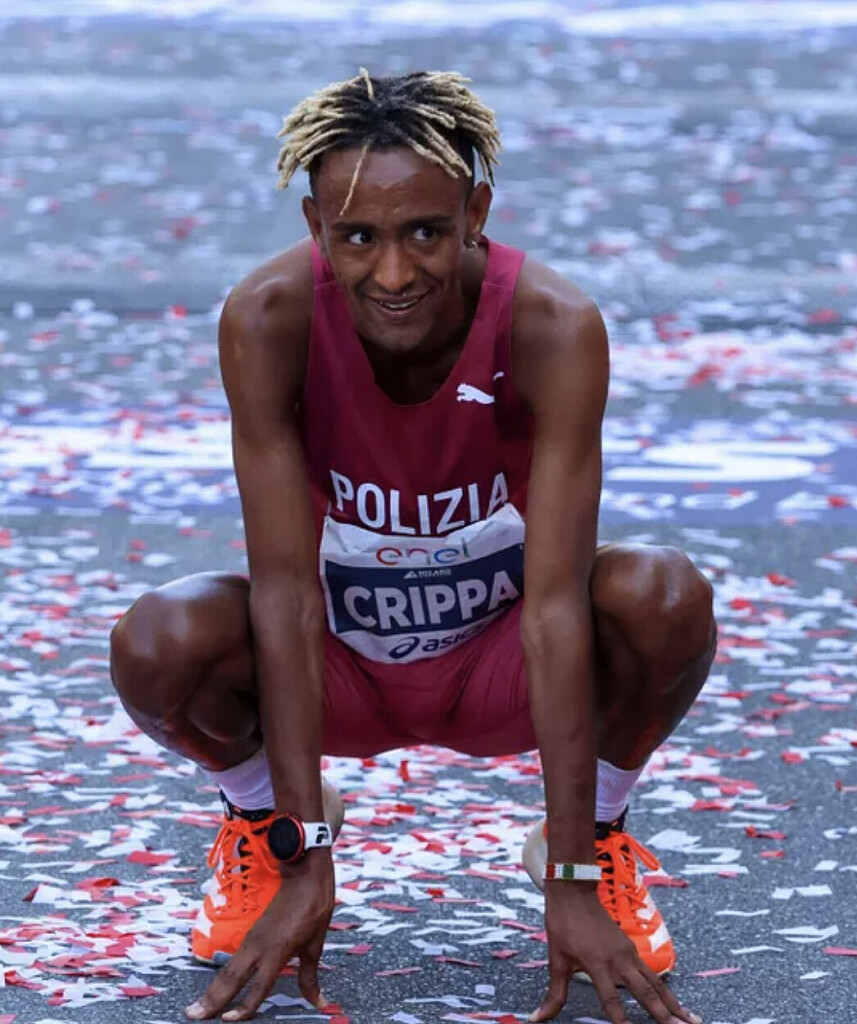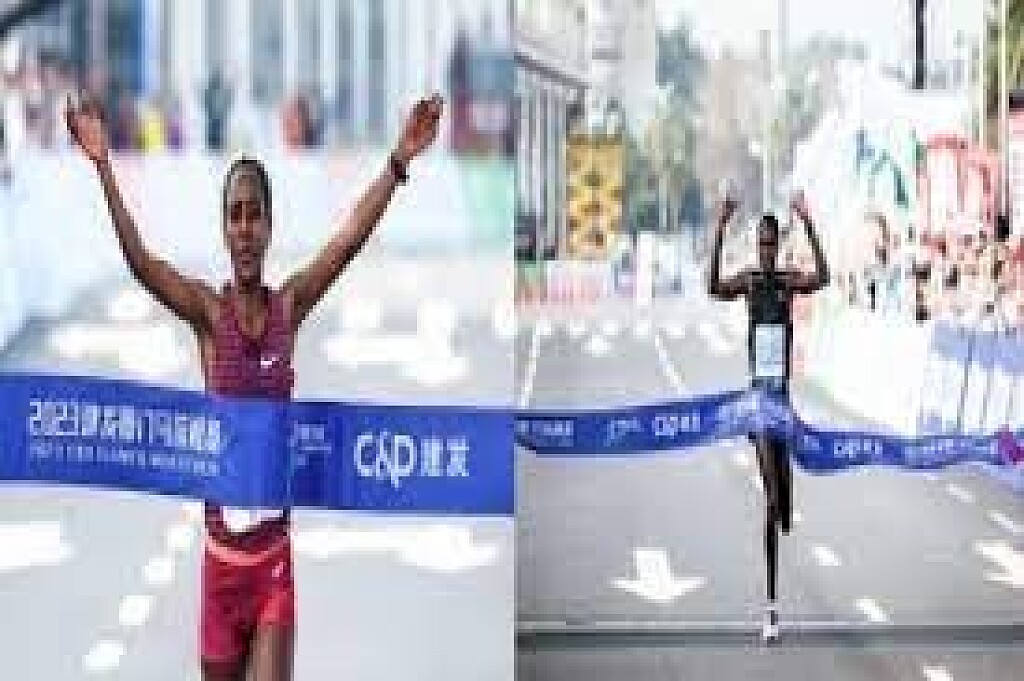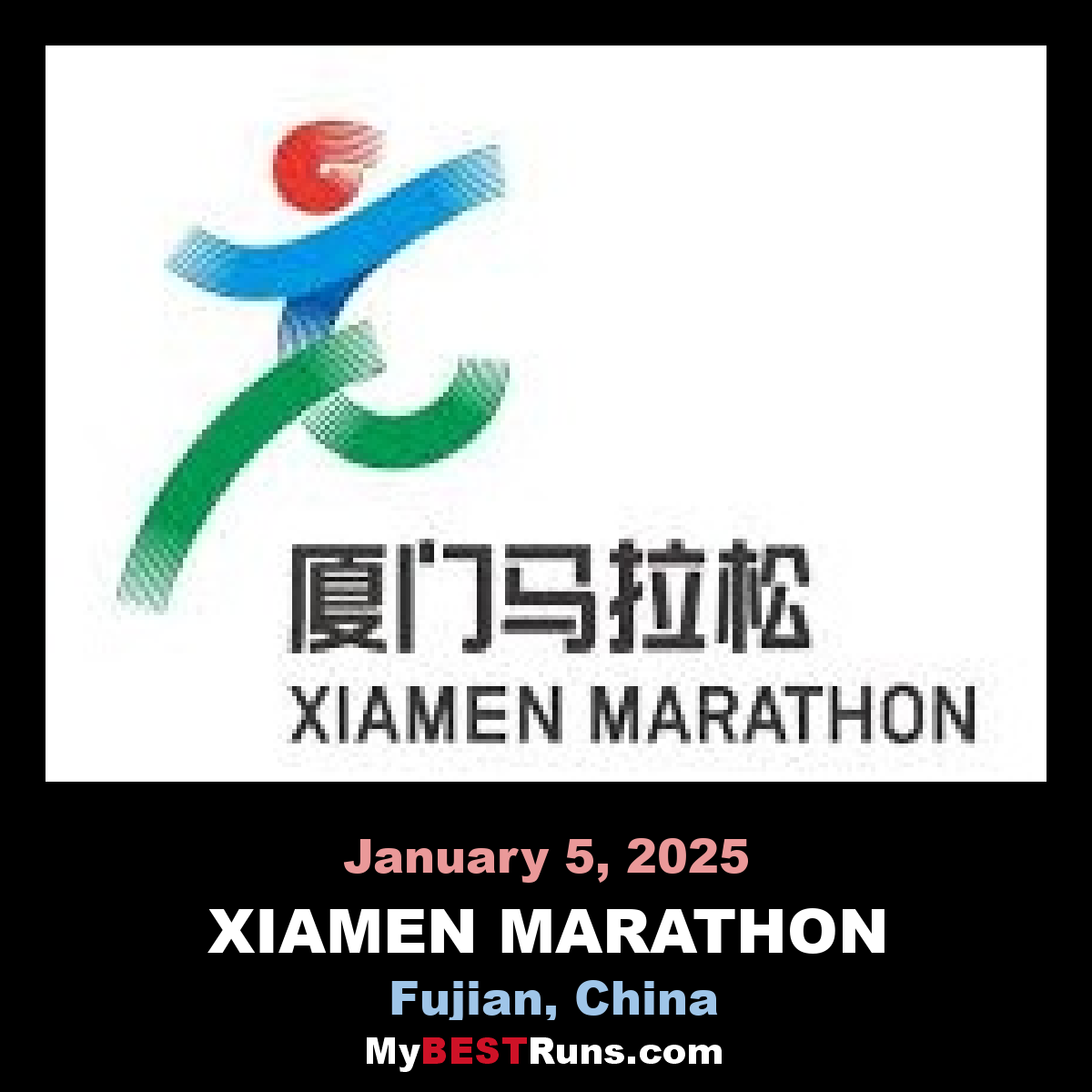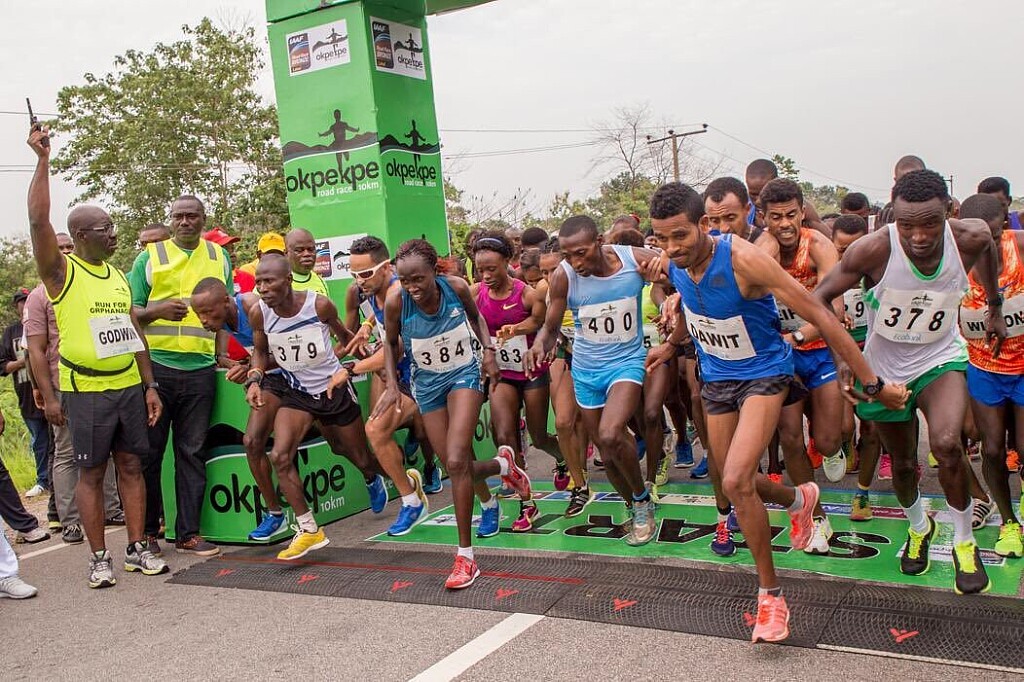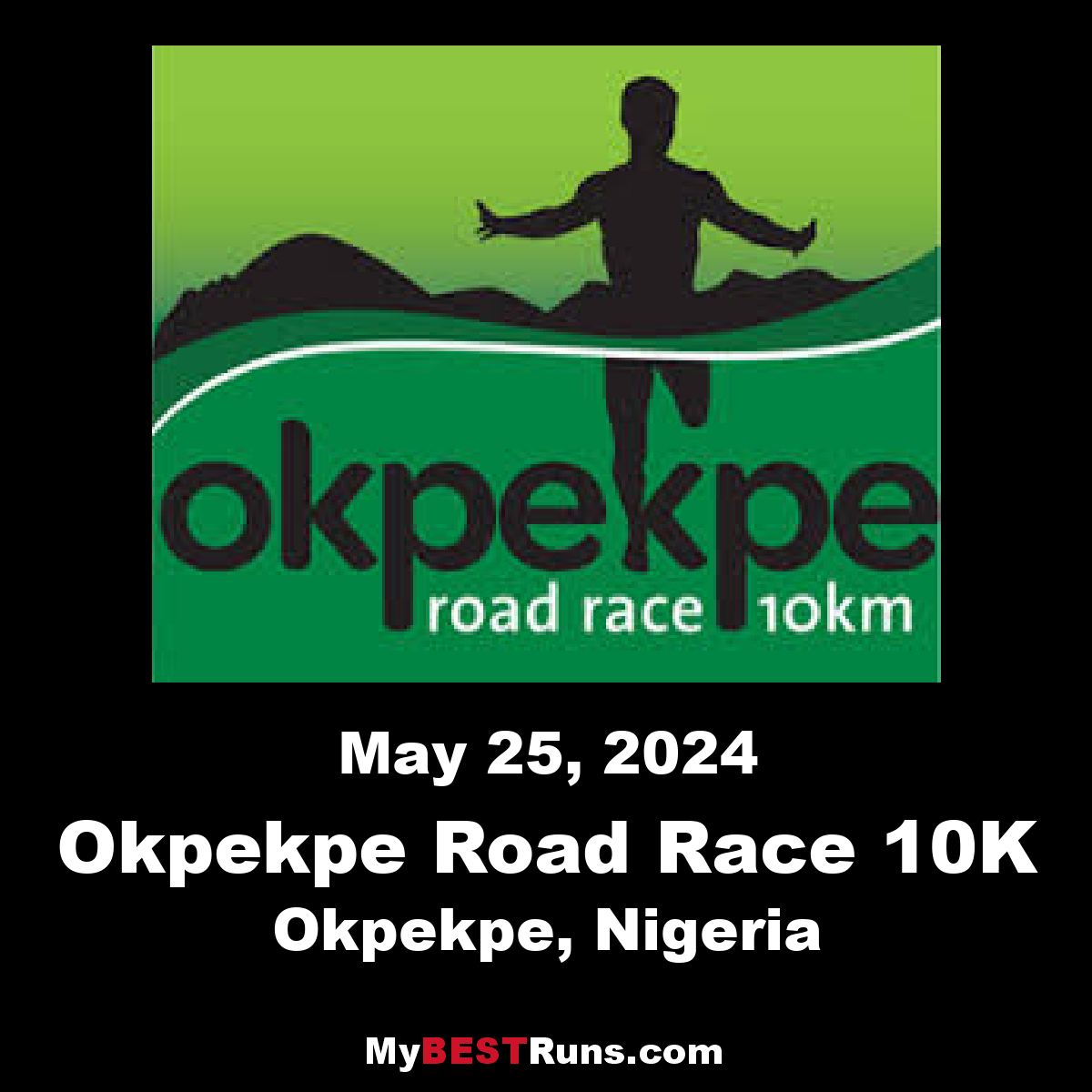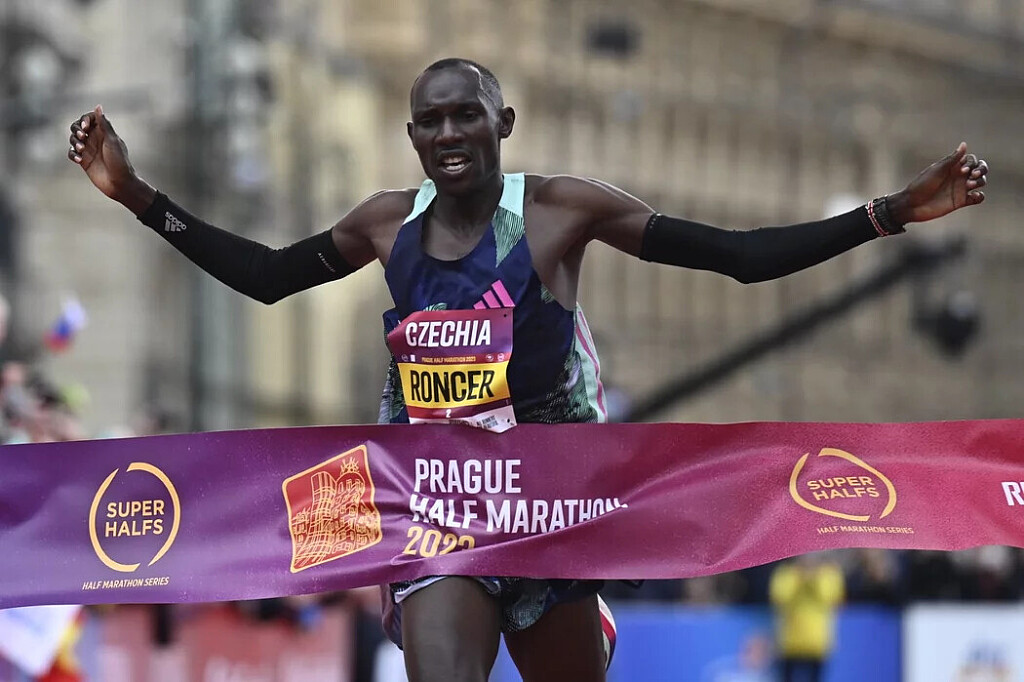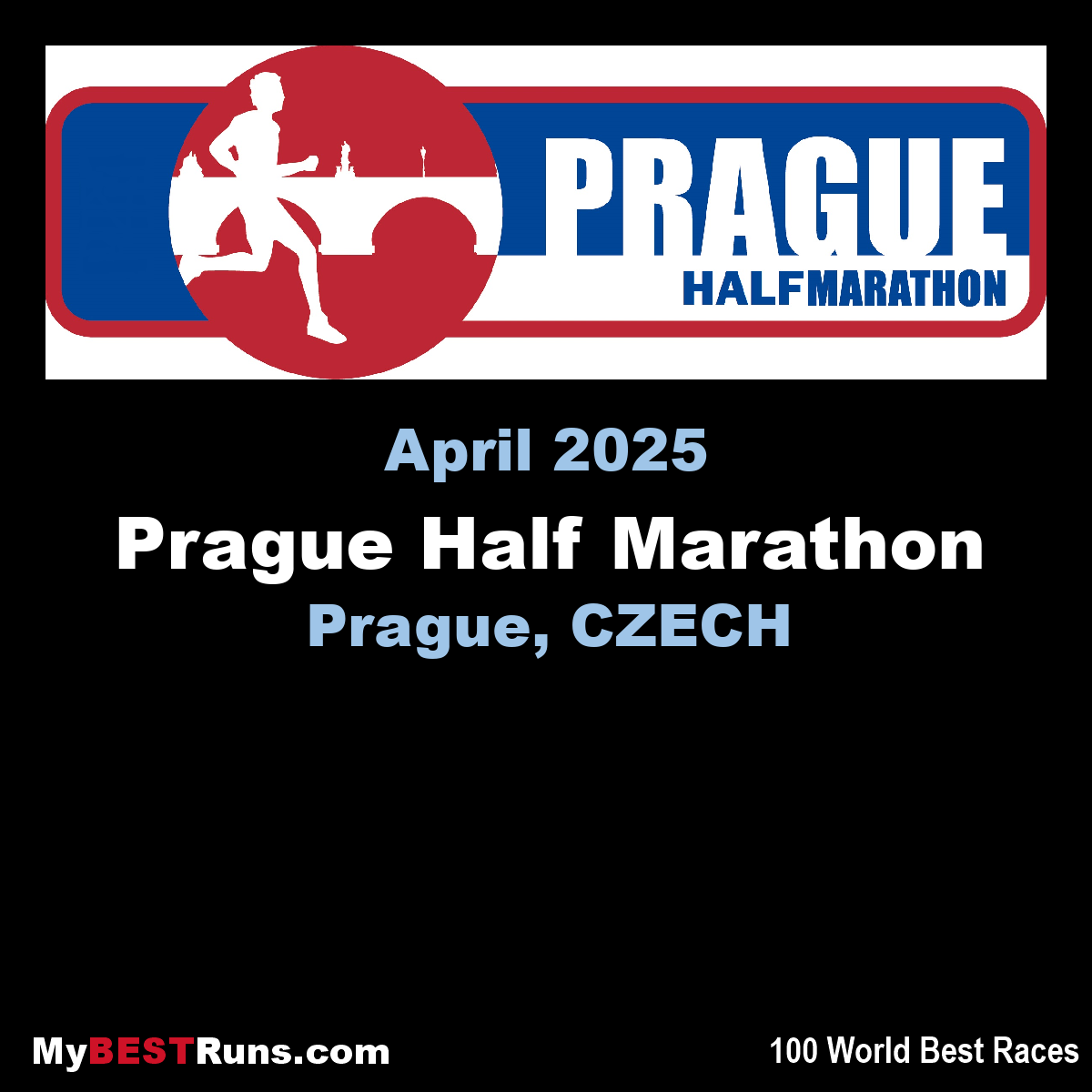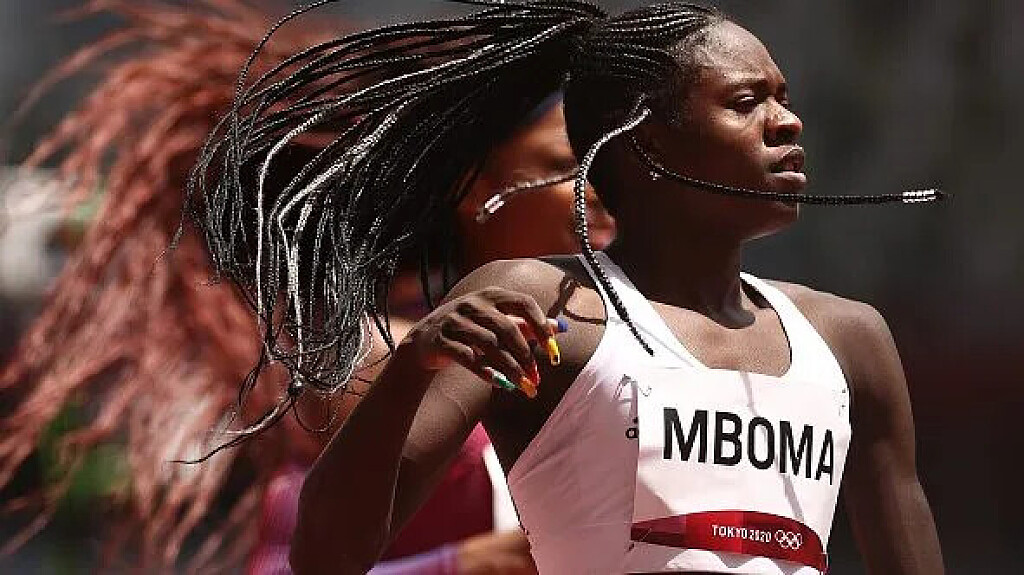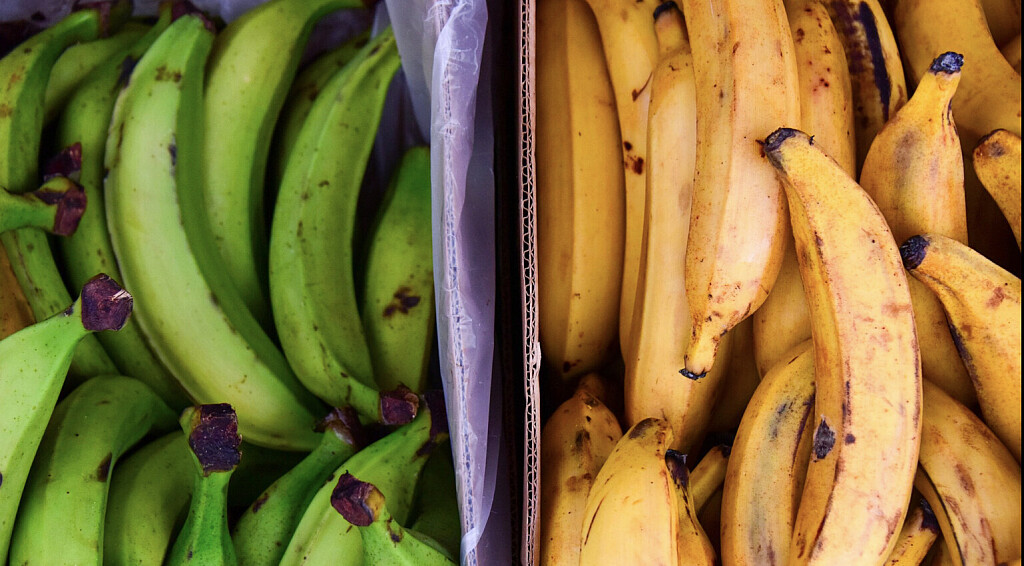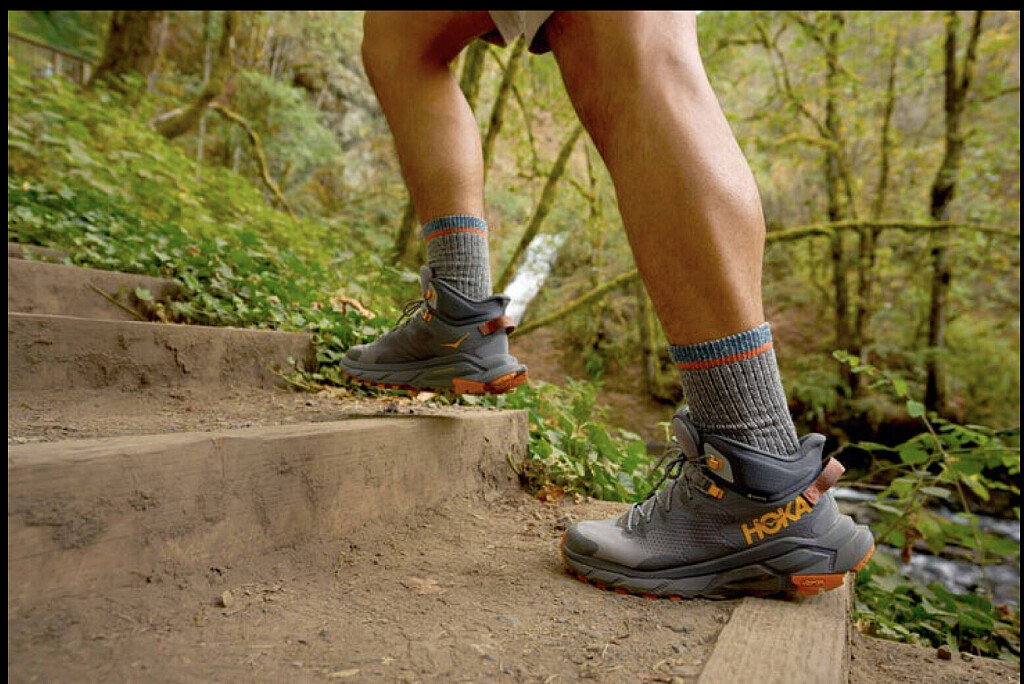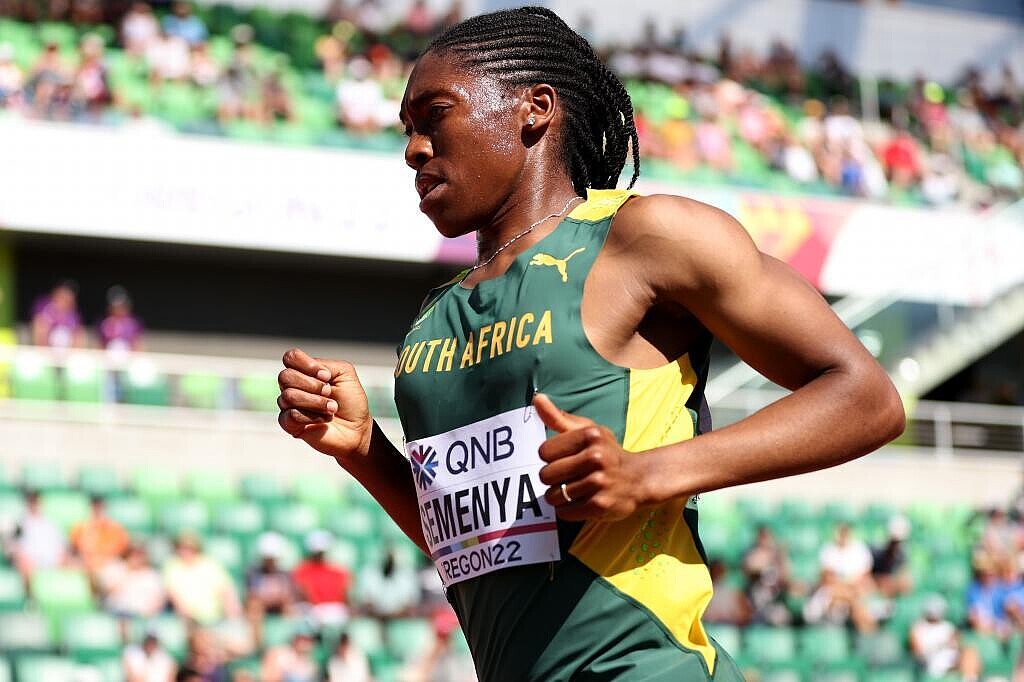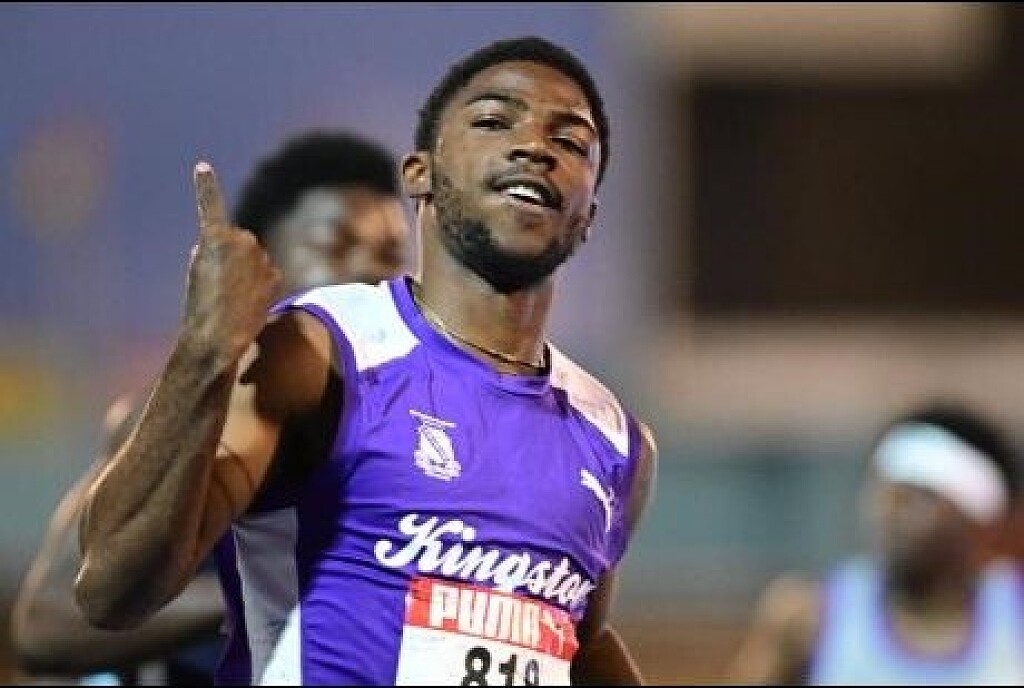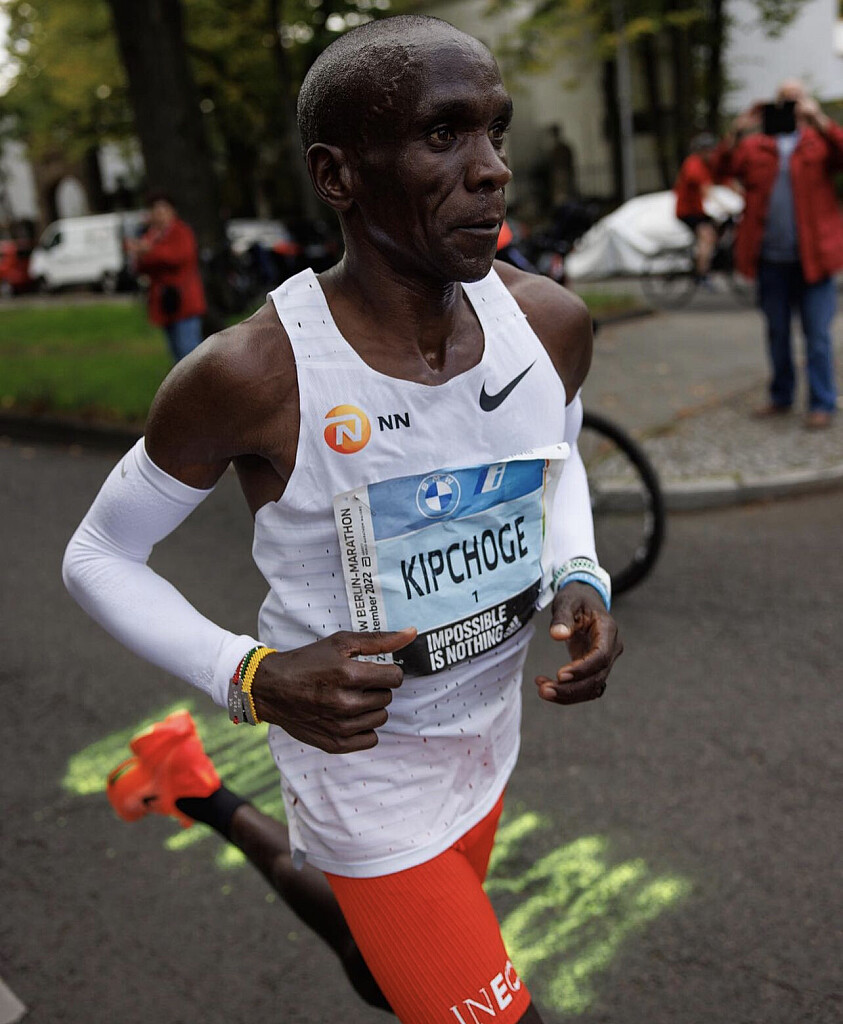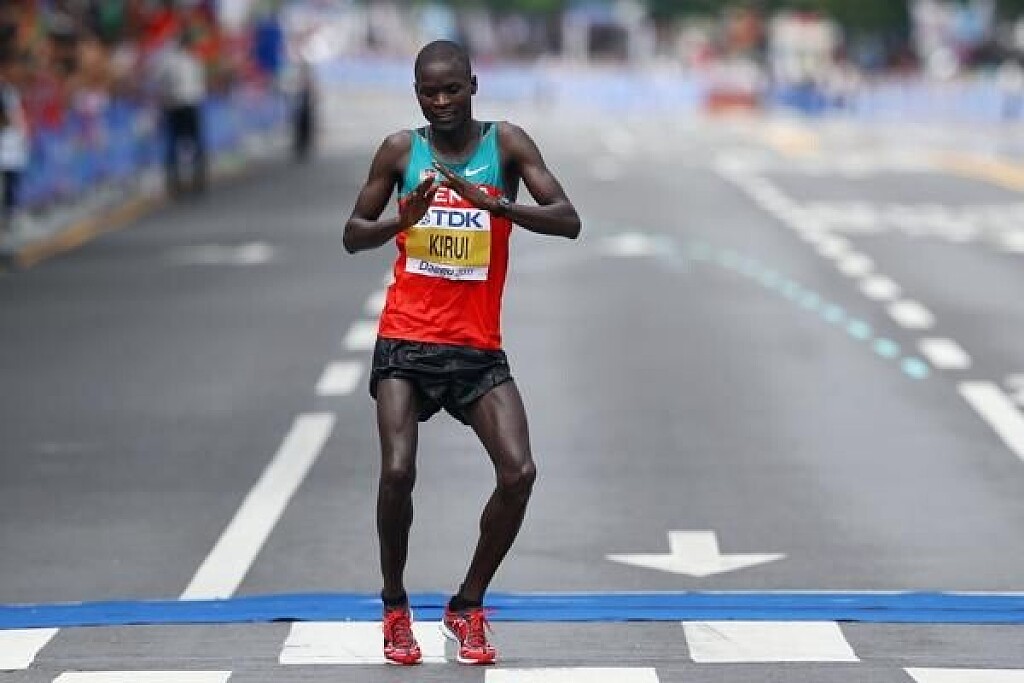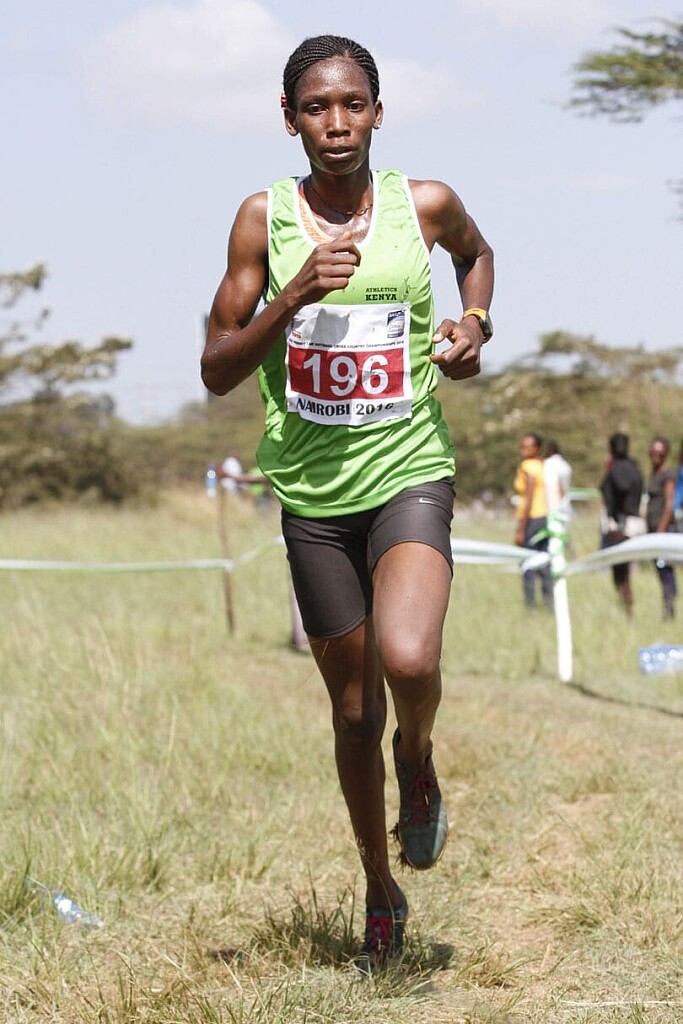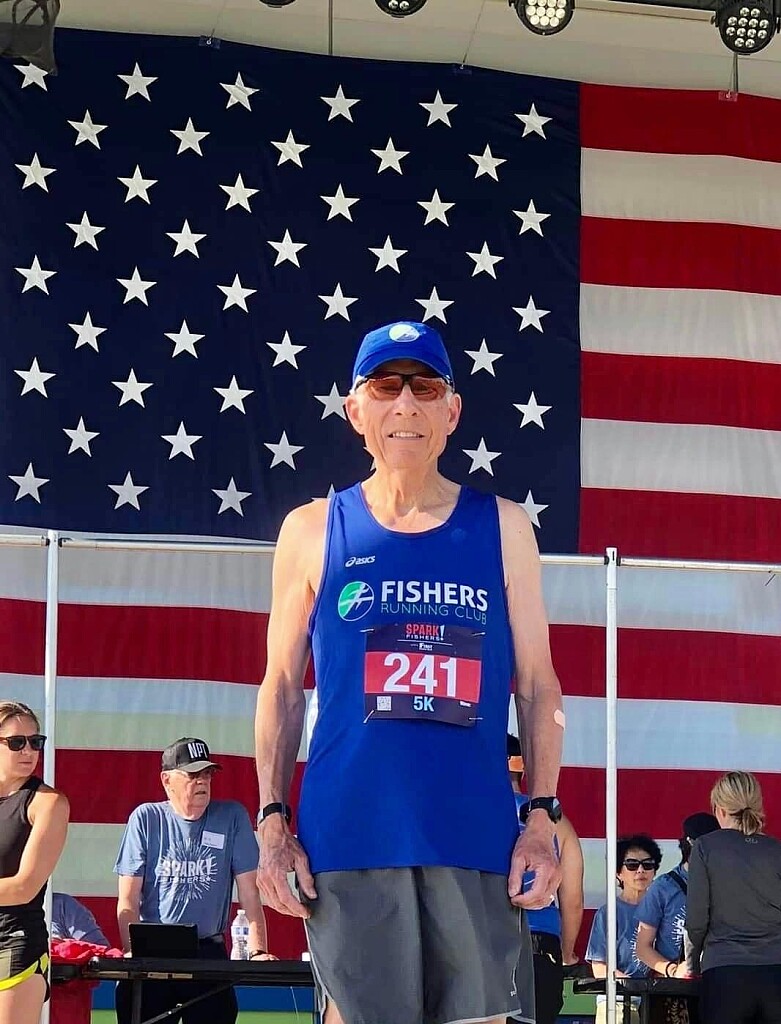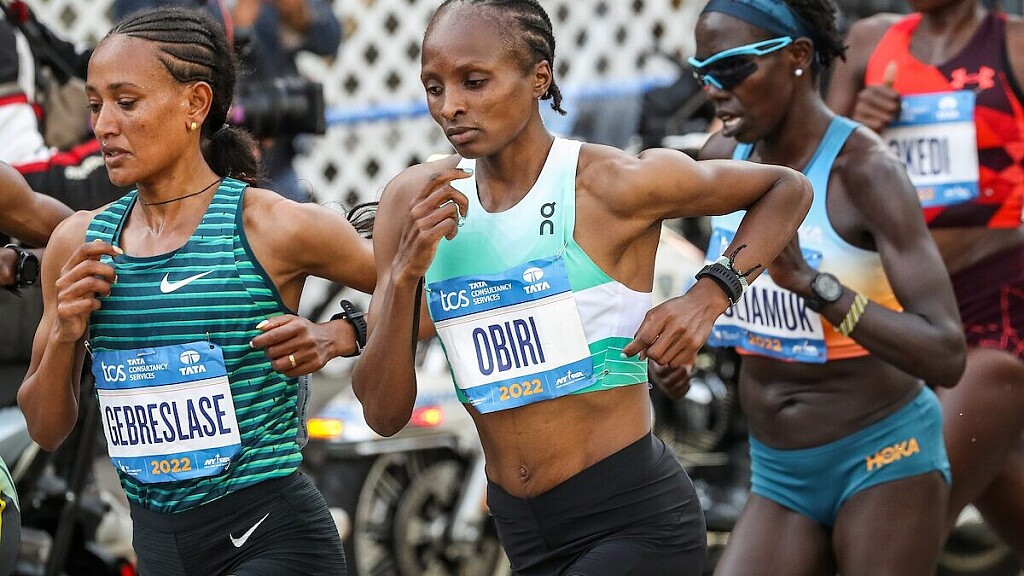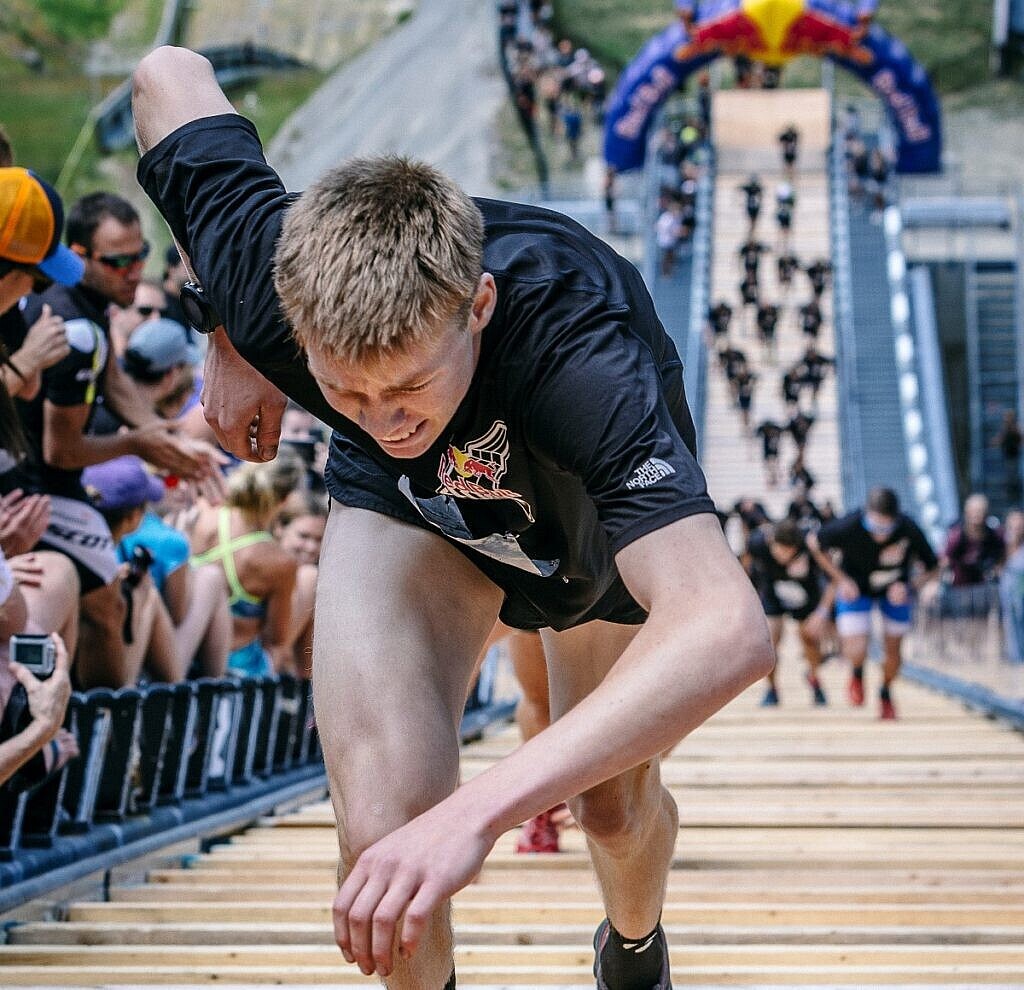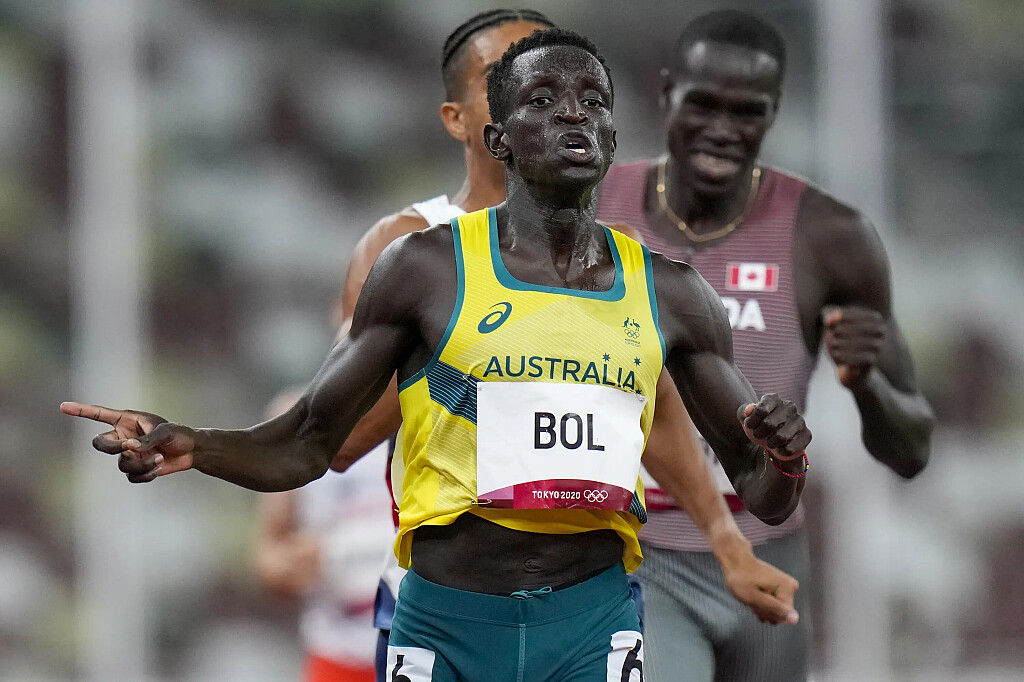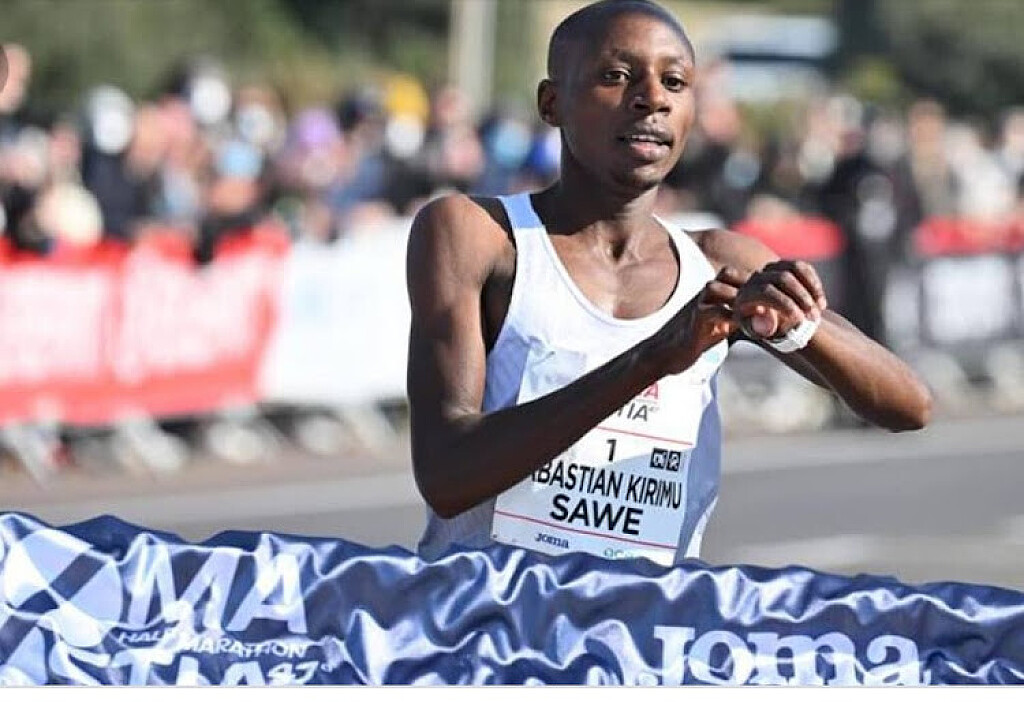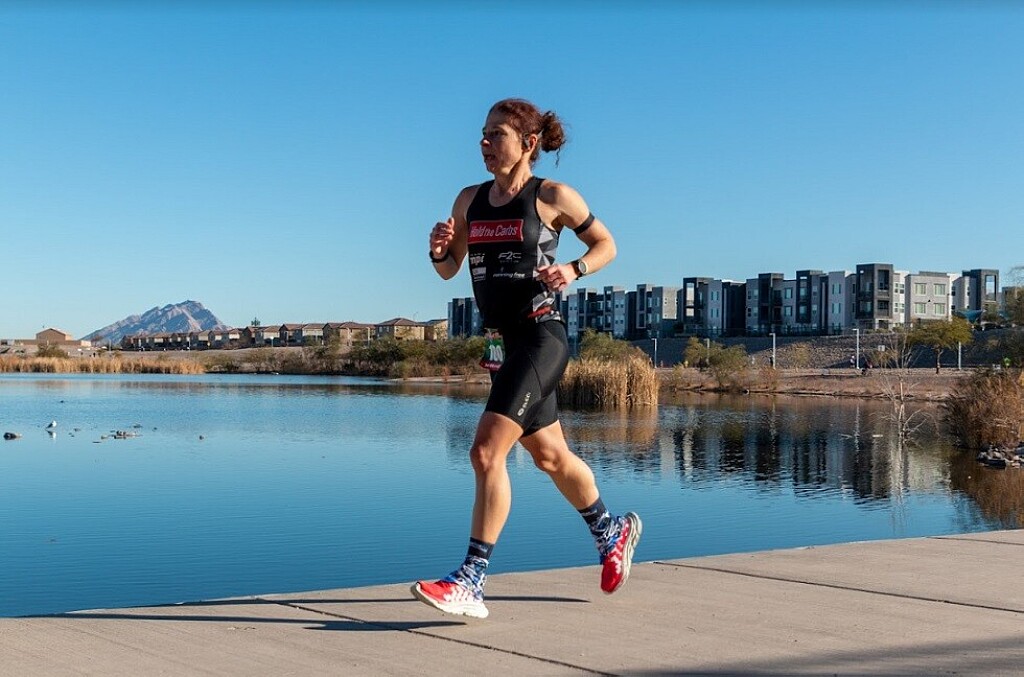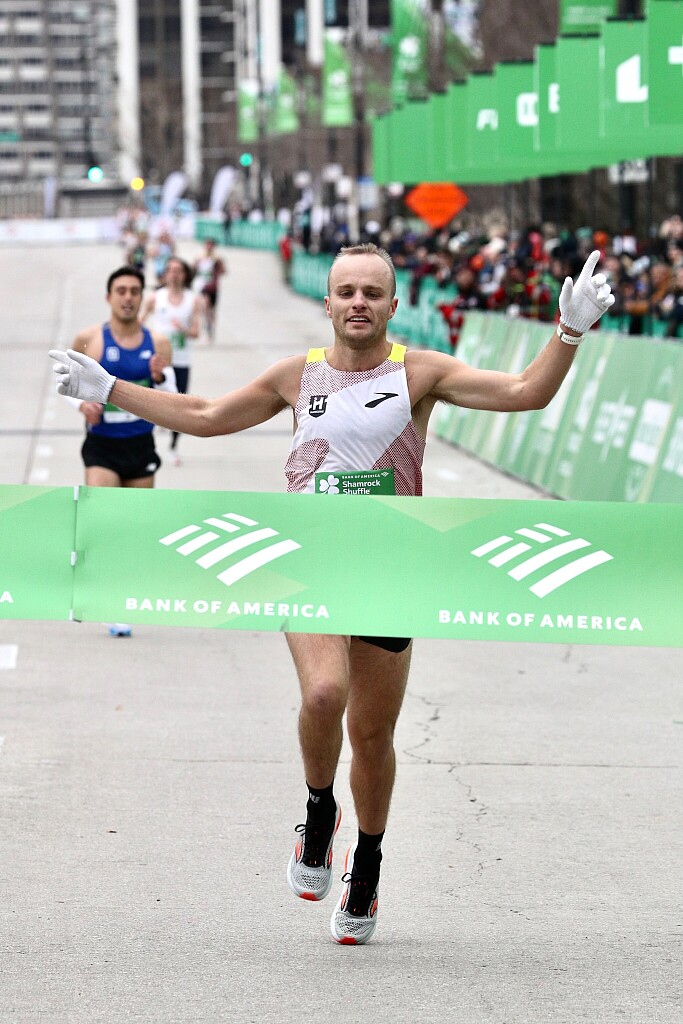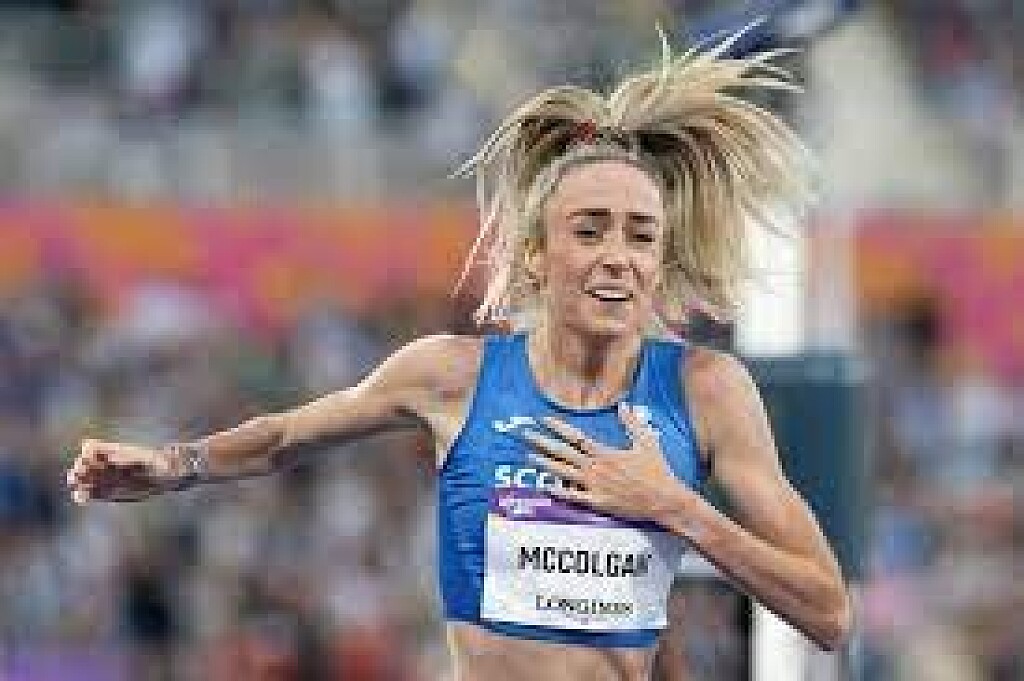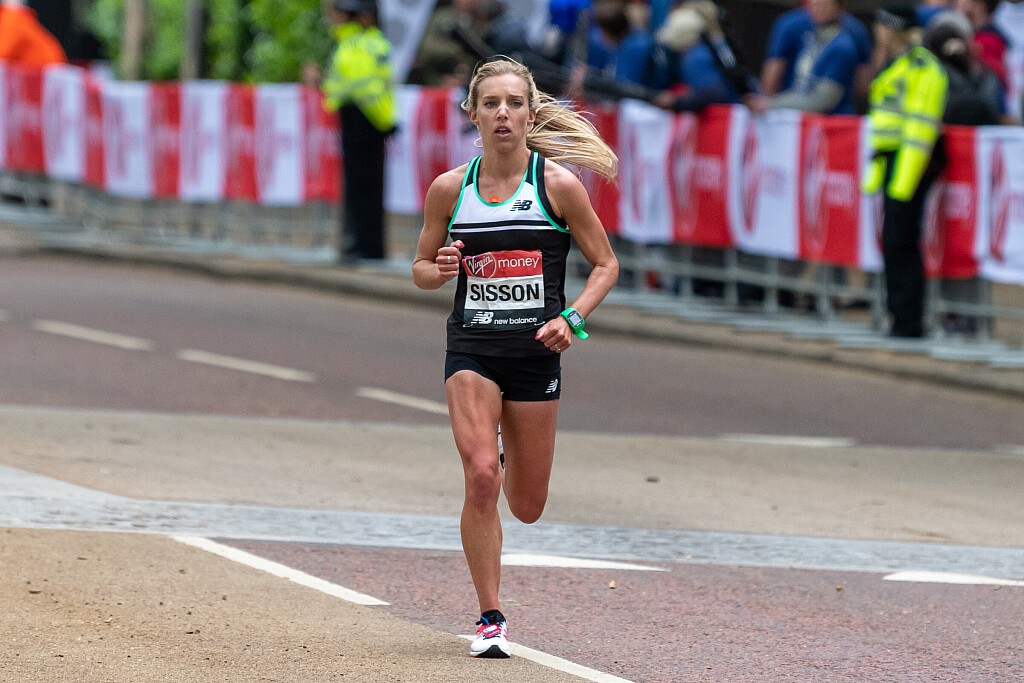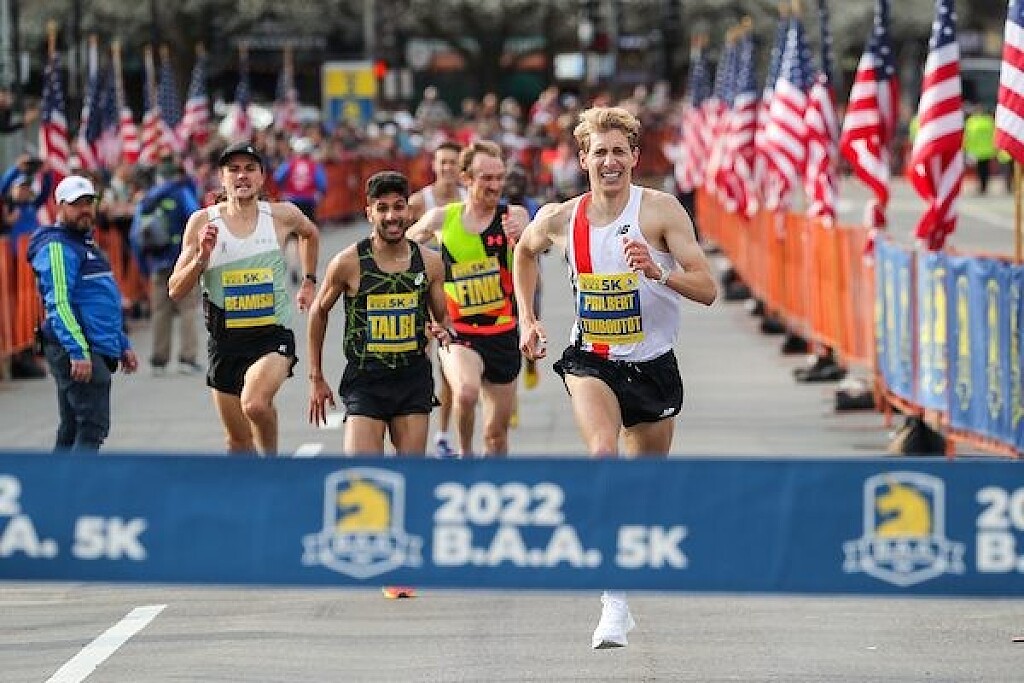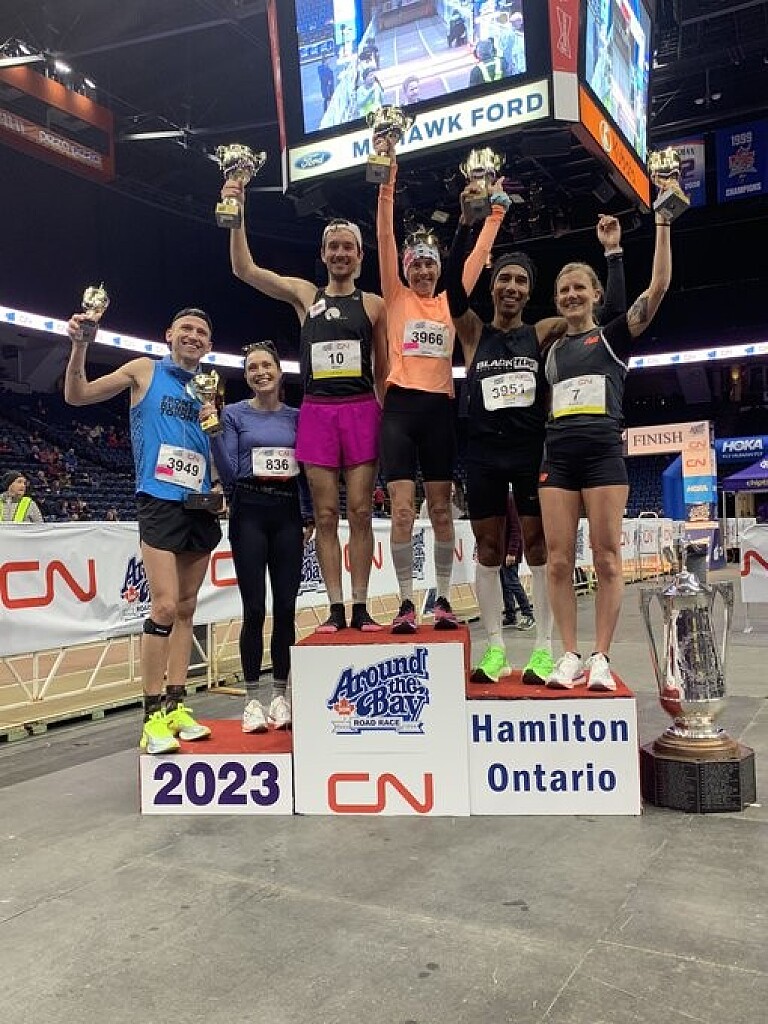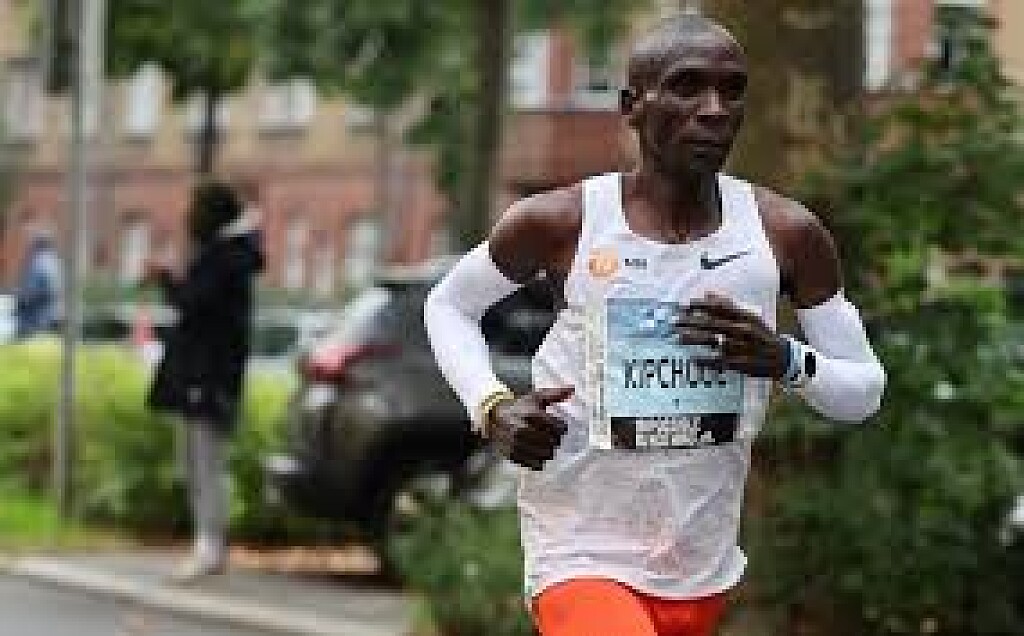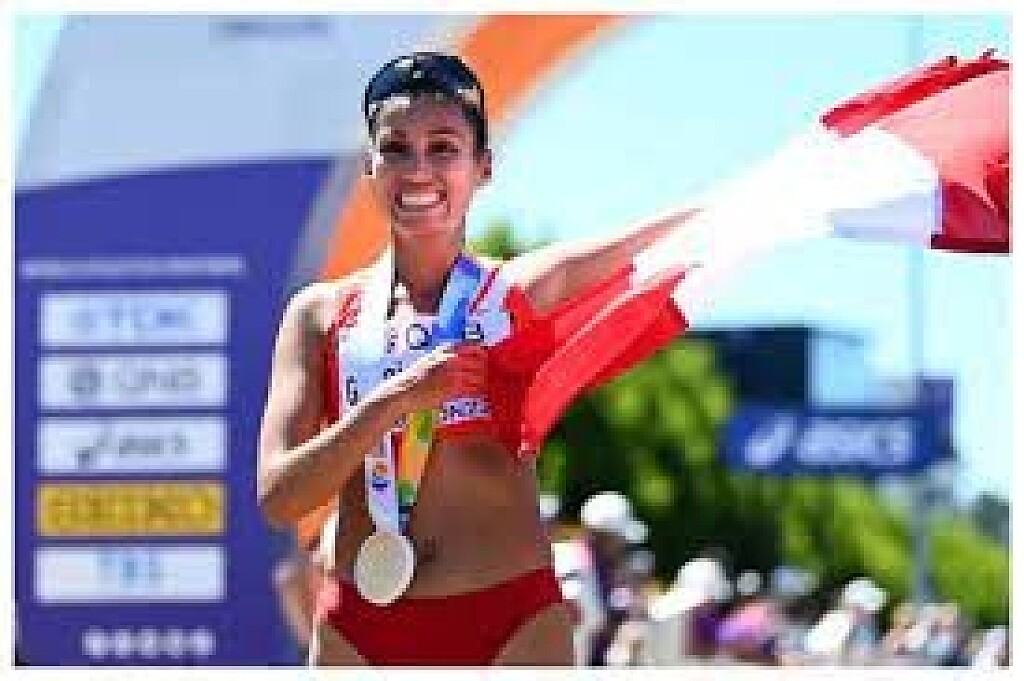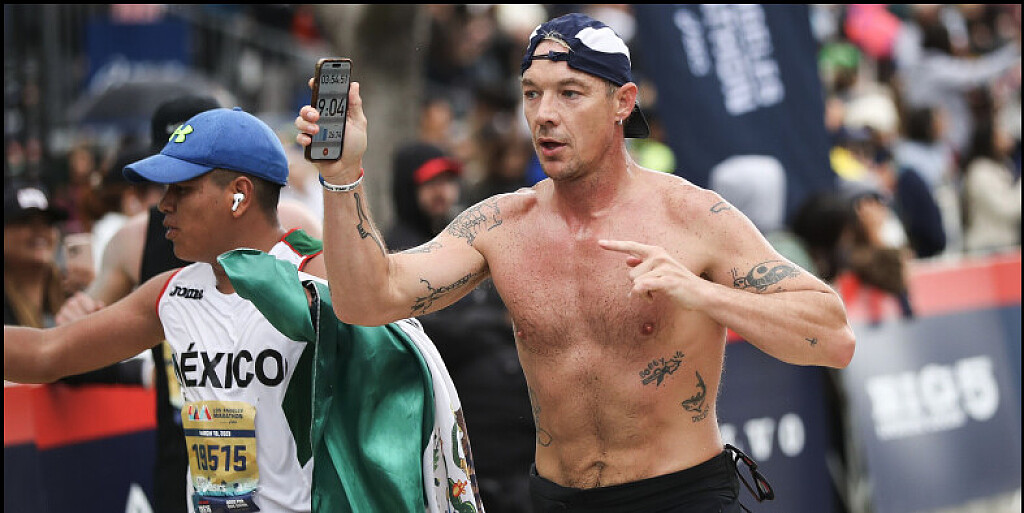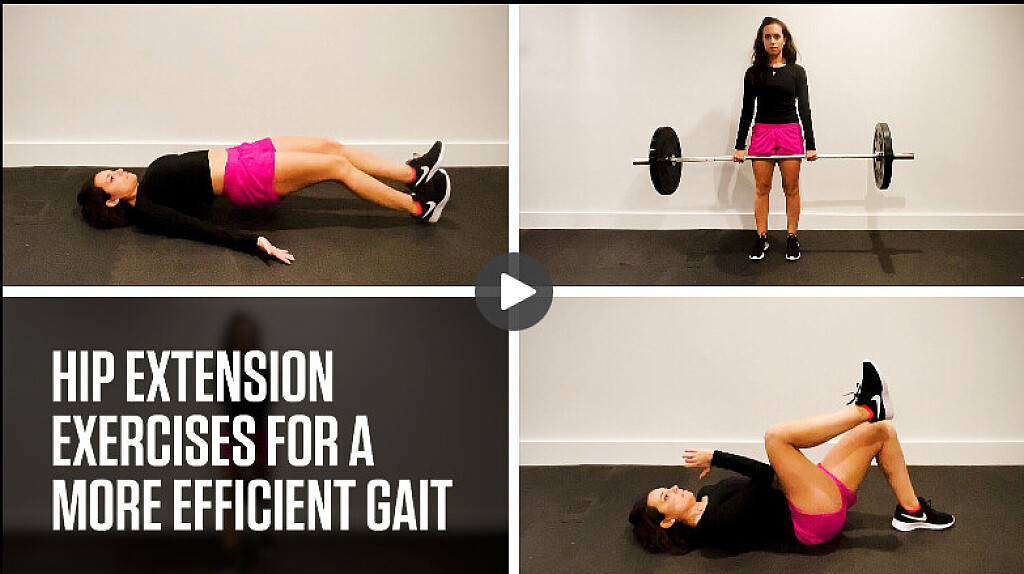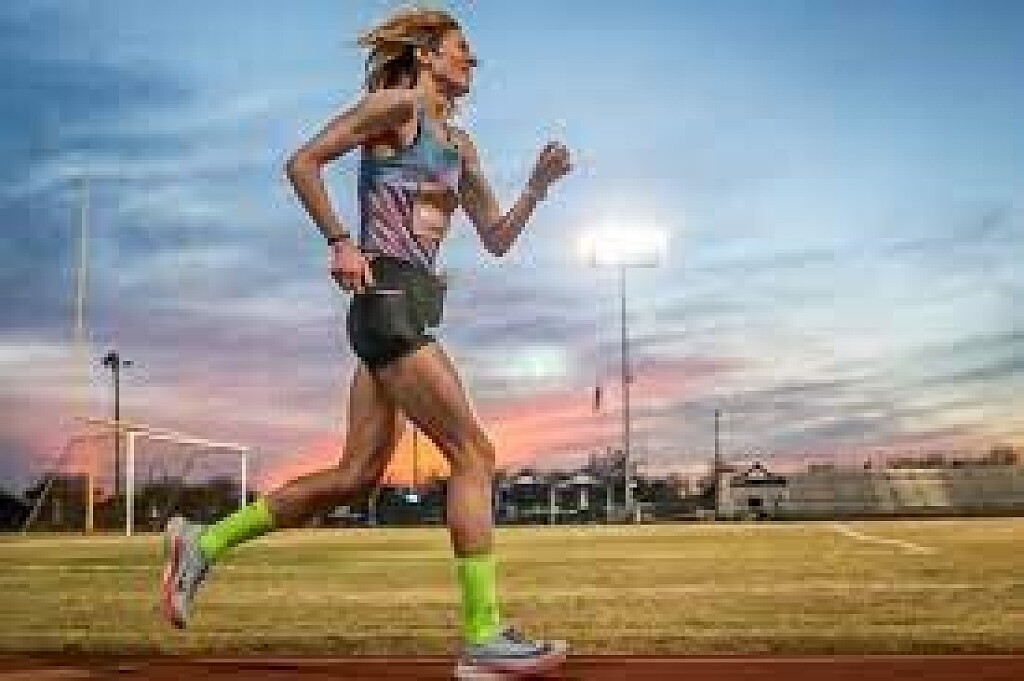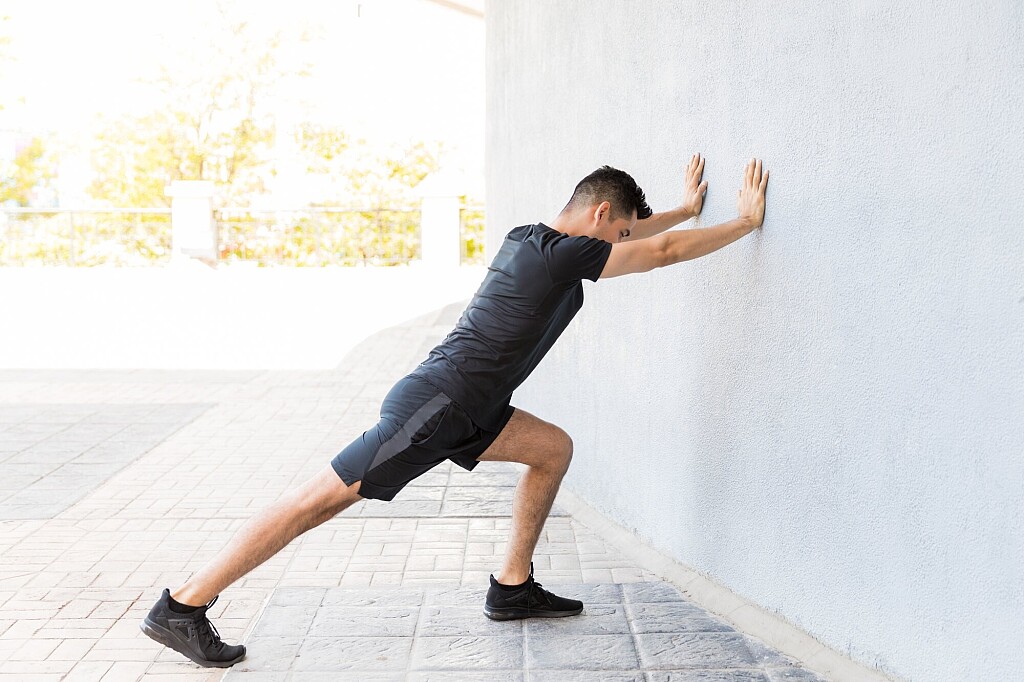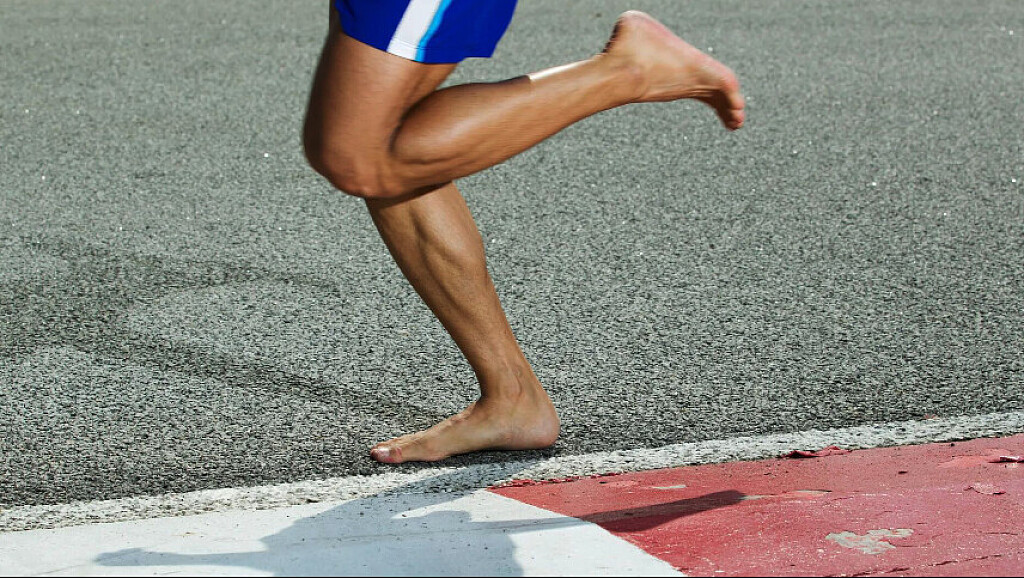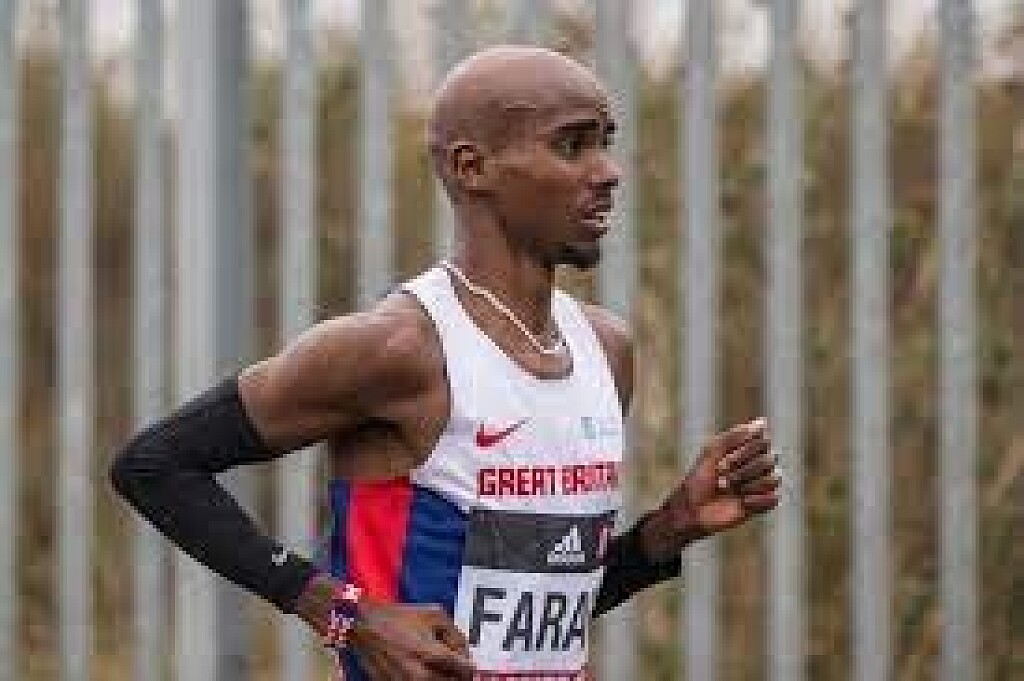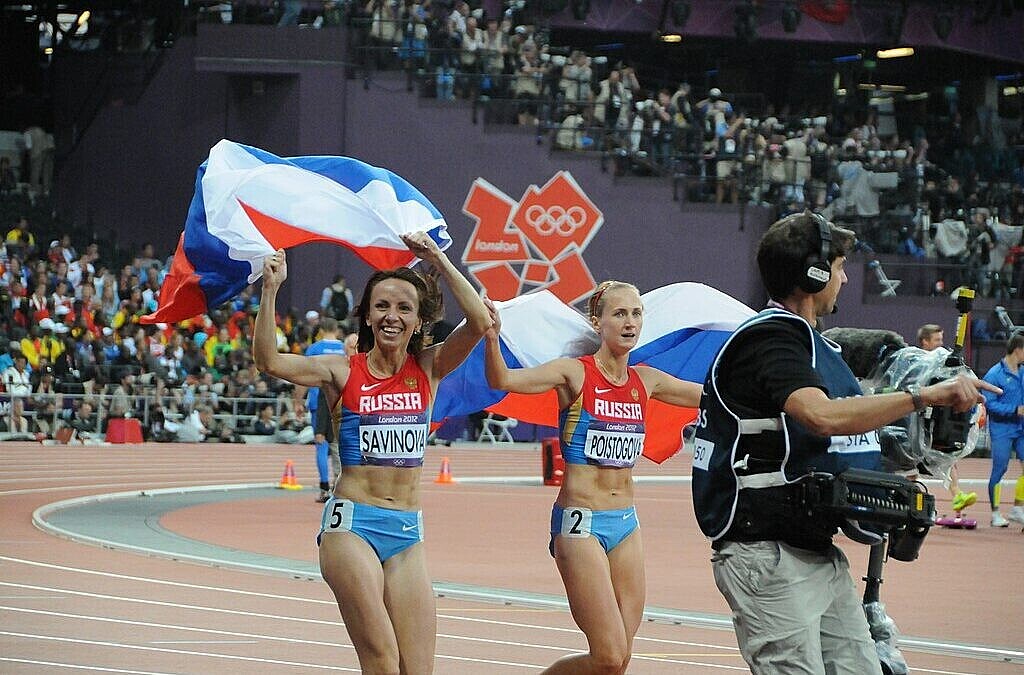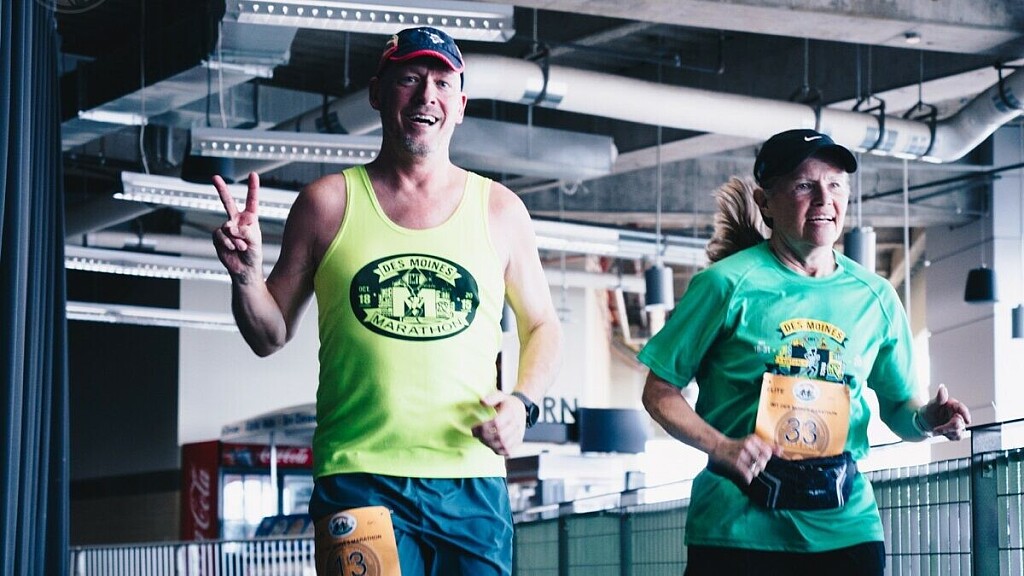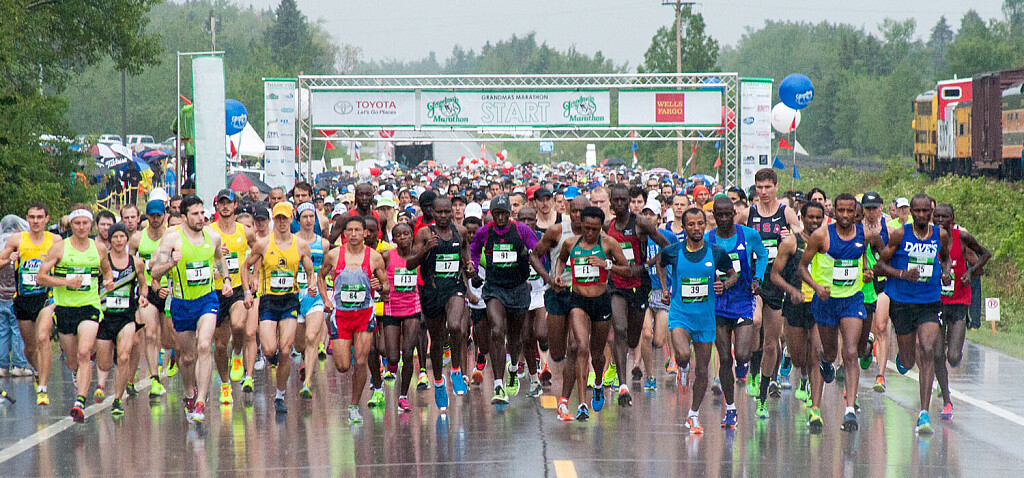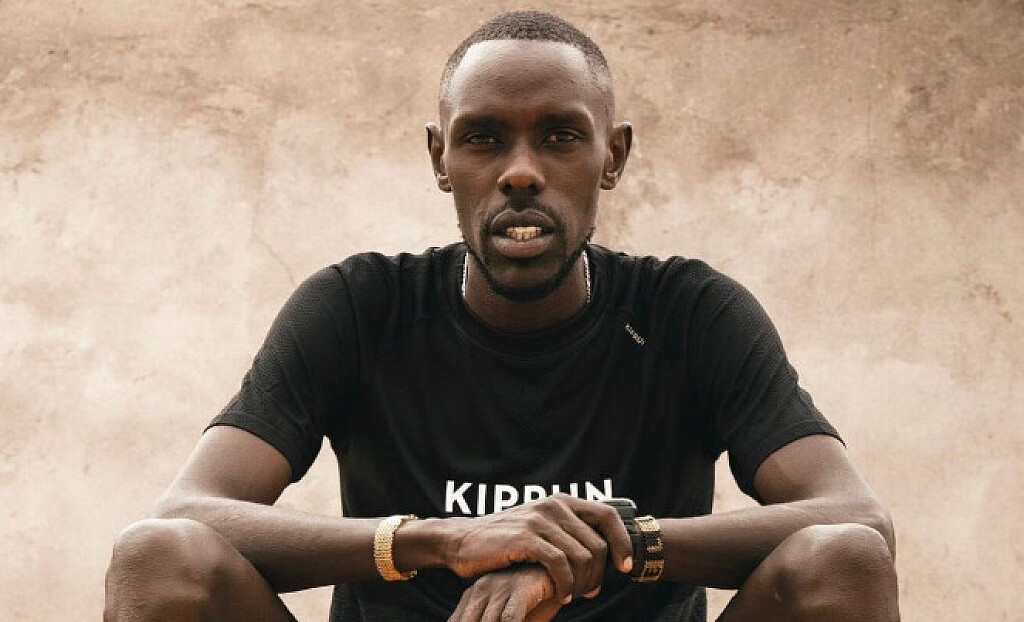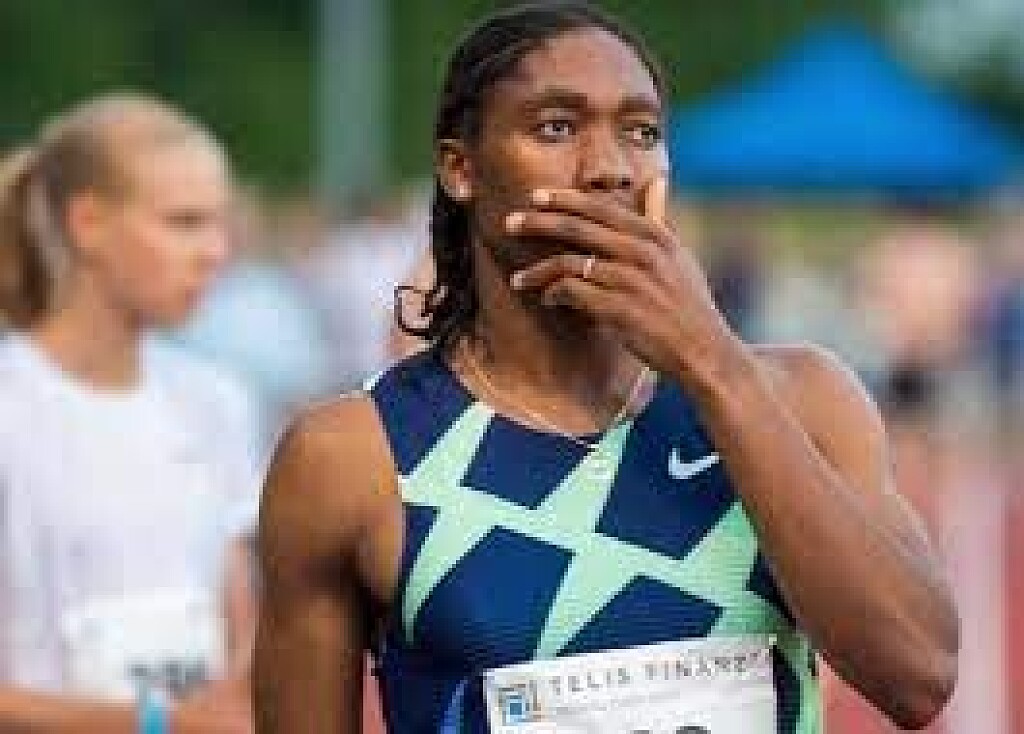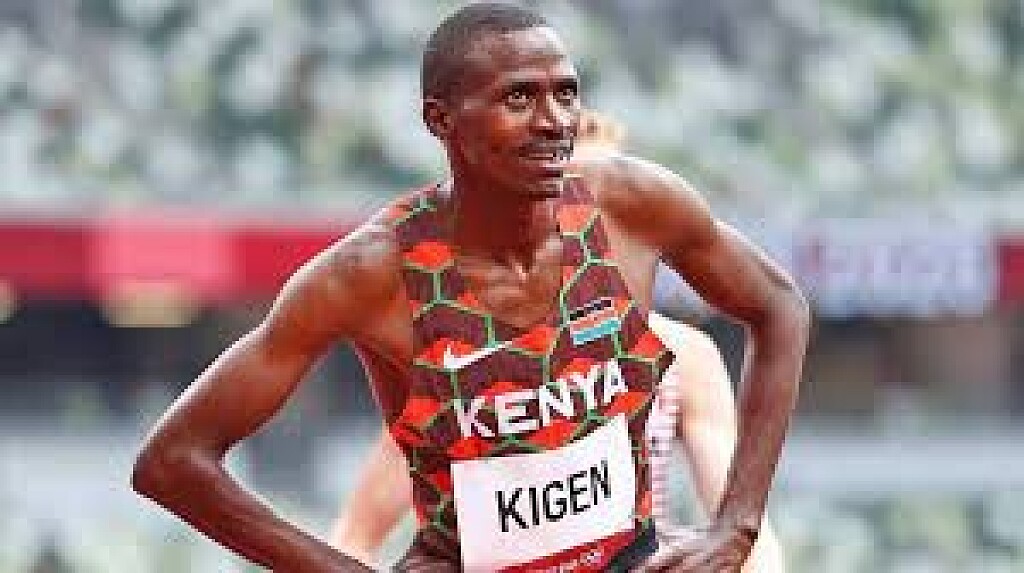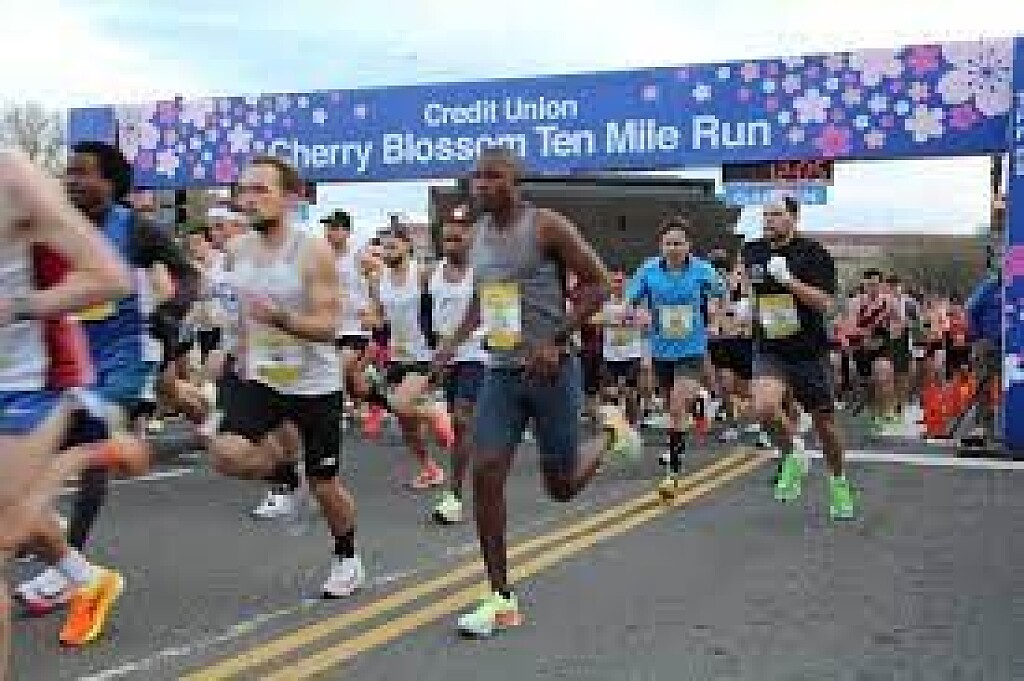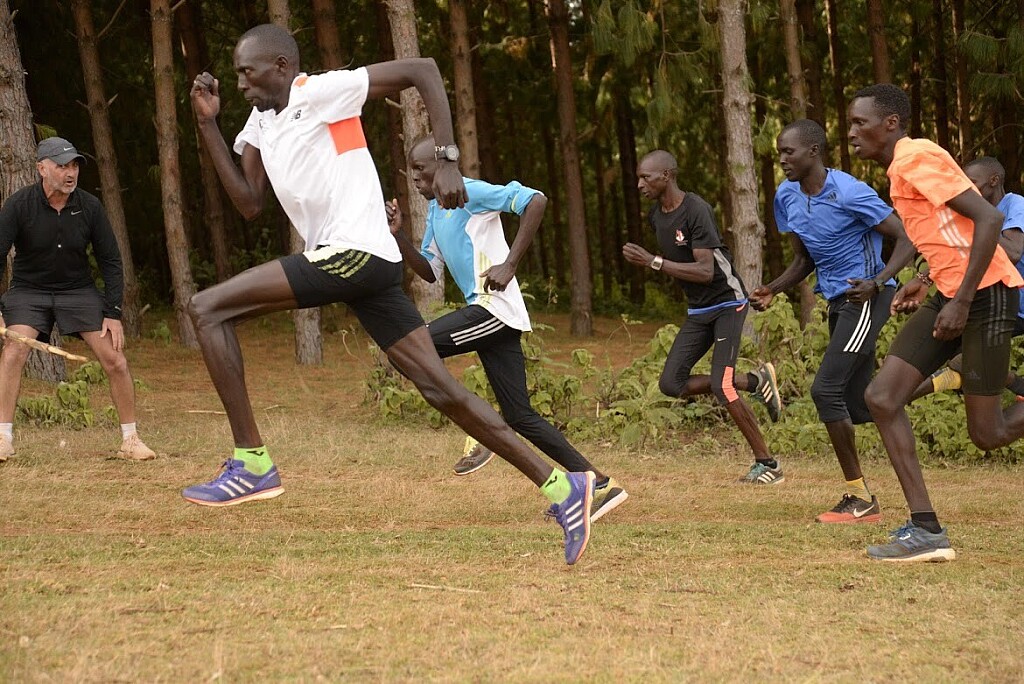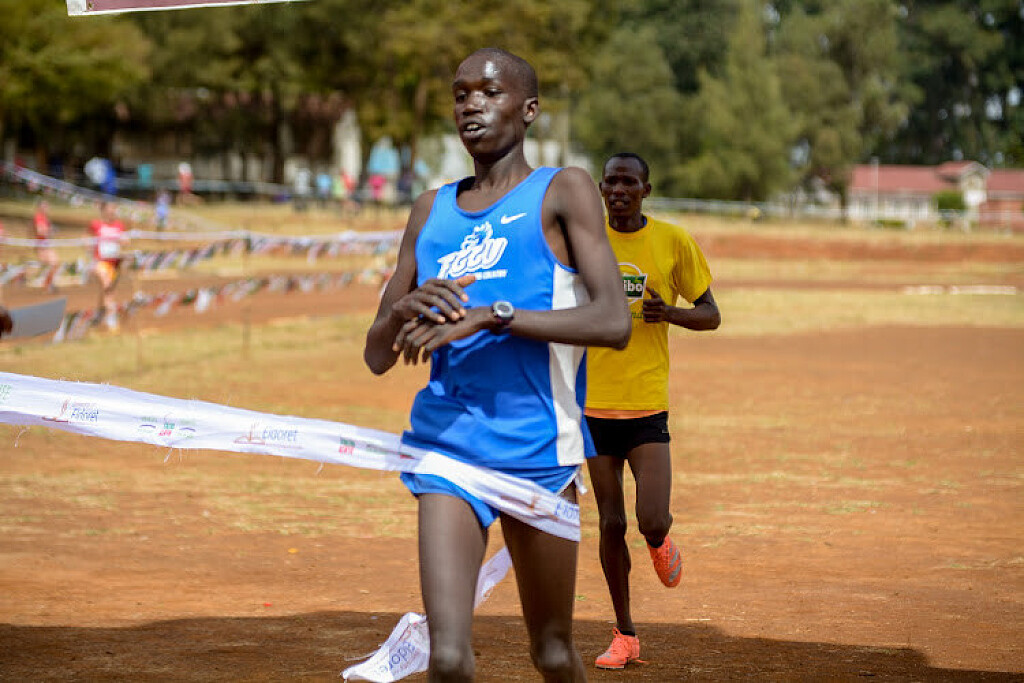Running News Daily
Running News Daily is edited by Bob Anderson in Mountain View, California USA and team in Thika Kenya, La Piedad Mexico, Bend Oregon, Chandler Arizona and Monforte da Beira Portugal. Send your news items to bob@mybestruns.com Advertising opportunities available. Over one million readers and growing. Train the Kenyan Way at KATA Running Retreat Kenya. (Kenyan Athletics Training Academy) in Thika Kenya. Opening in june 2024 KATA Running retreat Portugal. Learn more about Bob Anderson, MBR publisher and KATA director/owner, take a look at A Long Run the movie covering Bob's 50 race challenge.
Index to Daily Posts · Sign Up For Updates · Run The World Feed
Ethiopian Abeje Ayana wins the Schneider Electric Marathon de Paris
The young Ethiopian Abeje Ayana won the Paris marathon on Sunday, his first race over the distance, in 2h7'15''.
Ethiopian Abeje Ayana won the Schneider Electric Marathon de Paris on Sunday in 2h7'15''. He is ahead of his compatriot Guye Adola (2h7'35''), who was the favourite, and the Kenyan Josphat Boit (2h07'40''). It is the ninth time that an Ethiopian has won the men's race, and the third in the last four editions after Abrha Milaw in 2019 and Deso Gelmisa last year.

At 20, Ayana was competing in his very first race over the mythical distance, he made a masterstroke of it. The young man was however one of the candidates to follow, with a half-marathon record at 59'39'' in Poznan in 2021.
At 35 kilometers, they were still four men in the lead, with also a third Ethiopian, Adeledelew Mamo. Ayana then set off on his own and took a 20-second lead over Adola, his 12-year-old senior, which he maintained until the finish line.
first Frenchman, Amdouni 13th
Contested in the Parisian grayness and in conditions made difficult by the rain and the wind, the race could not allow the athletes to set new records.
The first Frenchman, Mehdi Frère, is 10th in 2h11'5''. Morhad Amdouni, 3rd last year, finished in 13th place in 2h12'45, far from the French record he had set a year ago (2h5'22''). This race did not allow them to achieve the minimum of 2h08'10'' required for the Paris Olympics.
Amdouni was, however, in the recovery phase. Held back by injuries, he was running his first marathon in a year and is aiming for the Budapest World Championships this summer (August 19-27).
(04/02/2023) Views: 751 ⚡AMPSchneider Electric Paris Marathon
The Schneider Electric Marathon de Paris offers a unique opportunity to make the city yours by participating in one of the most prestigious races over the legendary 42.195 km distance. The Schneider Electric Marathon de Paris is now one of the biggest marathons in the world, as much for the size of its field as the performances of its runners....
more...Eilish McColgan smashes UK half-marathon record in Berlin
Victory on the roads of Germany and yet another national mark for the 30-year-old as she continues her London Marathon preparations in style
Eilish McColgan sliced 43 seconds off her own UK half-marathon record of 66:26 as she won the Generali Berlin Half Marathon in 65:43 on Sunday (April 2).

The performance comes just one month after she broke Paula Radcliffe’s long-standing British 10,000m record with 30:00.86 and in Berlin she narrowly missed the fastest-ever half-marathon by a British woman of 65:40 which was set by Radcliffe at the Great North Run – a course that is ineligible for records – in 2003.
That same year Radcliffe ran 2:15:25 to win the London Marathon, so there are natural comparisons with McColgan as she heads toward her marathon debut on April 23 in the British capital.

“I’m really happy,” she told organisers at the finish. “It was a bit breezy and cold but I’m Scottish so I’m used to that weather.
“The pace was super quick at the start so I panicked going through 10km. I got a bit of cramp near the end but I’m glad to get to the finish and run a national record.”
Tsigie Gebreselama had led through 10km in 30:44 with McColgan chasing 12 seconds behind. The Ethiopian, who won silver behind Beatrice Chebet at the World Cross Country Championships in Australia last month, continued to lead by 16 seconds through 15km in 46:24, but soon afterwards McColgan caught and passed her.
Into the closing stages McColgan was away and clear but battling a little cramp in her leg. Slightly worryingly, she was still wearing the same black knee support that she wore during her 10,000m run in California last month. Powering home, she flung her arms up crossing the line as she smashed her best of 66:26 which was set at the Ras Al Khaimah Half Marathon 14 months ago.
McColgan had never run the Berlin Half before but her first European medal had come in the city in 2018 when she took 5000m silver behind Sifan Hassan. The Dutch runner coincidentally holds the European half-marathon record with 65:15 with McColgan now fourth in the European all-time rankings.
Behind McColgan on Sunday, Gebreselama held on for second place in 66:13 as Yalemget Yaregal of Ethiopia was third in 66:27.
Samantha Harrison clocked a 67:19 PB to move into equal fourth place with Jess Warner-Judd on the UK all-time rankings as another Bri, Calli Thackery, shaved a second off her PB with 69:01.
The streets of Berlin almost always see fast times and the men’s race was quick too as Sabastian Sawe broke away from fellow Kenyan Alex Kibet in the closing stages to win in 59:01.
(04/02/2023) Views: 769 ⚡AMPBerlin Half Marathon
The story of the Berlin Half Marathon reflects a major part of the history of the German capital. It all began during cold war times and continued during reunification. The events leading up to today's event could really only have happened in this city. Its predecessors came from East- and West Berlin. On 29th November 1981 the Lichtenberg Marathon was...
more...Milan Marathon EMAN CRIPPA DEBUT WITHOUT ITALIAN RECORD AND FINISHES FIFTH, KWEMOI AND CHEROP WON
The Milan Marathon was won by Ugandan Andrew Rotigh Kwemoi, born in 2000 making his debut in this specialty and capable of a deadly razor-blade in the final thanks to which he crossed the finish line with a time of 2h07:14. Yeman Crippa, on his debut, finished in fifth place. Among women victory for Sharon Jemutai Cherop.
Yeman Crippa made his Marathon debut. The European Champion's 10,000m debut over the distance took place in Milan, where the Trentino champion tried to beat the Italian record signed a couple of weeks ago by Iliass Aouani in Barcelona (2h07:16). The blue, who had defined a passage to the 'half' in 1h03:17, passed at 21.098 km in 1h03:49 and then paid a little effort in the final part of the race, however finishing in fifth position with the time of 2h08:56.

The 26-year-old remained in the group of the best until the last ten kilometres, then he blamed the peremptory change of pace implemented by the Africans (our standard-bearer was the first European to cross the finish line).
However, this is a comforting response for Yeman Crippa, who from this outing in the Milanese capital had to understand if the 42.195 km can really become a hunting ground in the near future: the only Italian to have dropped below the hour on the half distance ( last year in Naples) will be able to try to have his say, but of course physical fitness will need to be improved and the distribution of effort will also need to be optimised.
(04/02/2023) Views: 660 ⚡AMPMilano Marathon
Passion is what allows us to go beyond our limits. It’s what makes us run when our heath is bursting in our chest, it’s whats makes our legs move even if they’re worn out. It’s passion against sacrifice, and the winner will be declared though hard training, hearth and concentration. Milano Marathon has been presented in the futuristic Generali Tower,...
more...Abebayahu and Kipchumba win in Xiamen
Ethiopia’s Meseret Alemu Abebayahu and Kenya’s Philemon Kipchumba were the winners at the Xiamen Marathon on Sunday (2).
Abebayahu won by more than a minute in 2:24:42, coming within 12 seconds of the PB she set when winning in Riyadh in February. Kenya’s Gladys Chesir was a distant runner-up in 2:51:51, finishing just ahead of Ethiopia’s Guteni Shone (2:25:58).
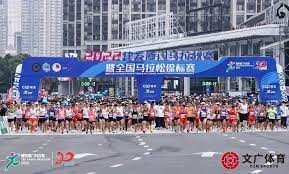
Kipchumba timed his race well to emerge as the leader in the second half, going on to win in 2:08:04. Ethiopia’s Lencho Tesfaye Anbesa was second (2:08:29), exactly half a minute ahead of Morocco’s Omar Ait Chitachen.
“I kept my pace in the early stages of the race, and started to speed up at the end,” said Kipchumba.
(04/02/2023) Views: 645 ⚡AMPCD XIAMEN INTERNATIONAL MARATHON
The C&D Xiamen International Marathon is an annual marathon race held in January in the coastal city of Xiamen in Fujian province, People’s Republic of China. Every January, the first medal of marathon race around the world is awarded here. The race has become a golden name card of Xiamen, showing its splendor to the whole world.It is one of...
more...Okpekpe International road race promises to deliver another pacesetting event in 2023
Organizers of the historic and world acclaimed Okpekpe International 10km Road Race have promised to organize another pacesetting event come Saturday, May 27, 2023.
The annual World Athletics Gold Label event returned last year after a two-year, covid-induced break and this year’s edition will be the ninth in the series after it started in 2013 as the first road running event in Nigeria, nay West Africa to have its course measured by a World Athletics/AIMS accredited course measurer and the first to be granted a (bronze) label status in 2015.
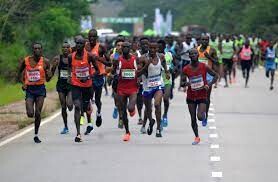
Zack Amodu, the Okpekpe Road Race director, says this year’s event will see a lot of improvement on the capacity building for Nigerians in and around Edo state it started last year.
“With the capacity we have displayed over the years in terms of the technical organisation of the race which in the first instance led to the label status we got in 2015, we decided to focus on developing more Nigerians outside those who actually do the running on the road,” said Amodu.
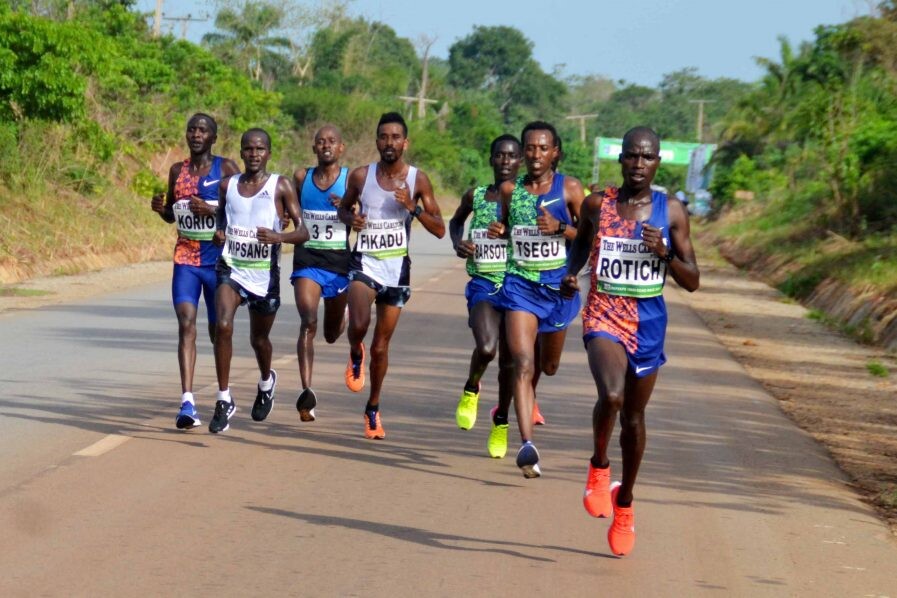
“Last year we organised a technical officiating course for technical officials in Benin for those in and around Edo state to enhance the pool of technical officiating officials we have in the country.
“We also used medical students of the Edo state University in Uzairue to serve as volunteers in the medical committee for the race. This has given them the practical experience needed to become better in their chosen fields.
“This year we are extending this to the students of mass communication and related courses who will serve as media volunteers while those in the physical and health department and related courses will also serve as volunteers in the technical department of the race.
“This is outside the economic benefits that are derivable from the organisation of the race,” said Amodu who revealed there will be seminars for all categories of volunteers that will be used for the race.
Amodu says organisers of the race are delighted to always set the pace for road running events in Nigeria.
“We are delighted to set the pace for road races in Nigeria and to become the first to have its course measured by a World Athletics certified measurer and the first to be granted a label status,” he said.
“We are happy to be the first road race in West Africa to be granted a label status in 2015. Our pioneering effort has had a positive impact on road running in Nigeria with as many 16 having their race courses measured by certified course measurers,” added Amodu.
(04/01/2023) Views: 645 ⚡AMPby Guardian Nigeria
Okpekpe Road Race 10km
The Okpekpe Road Race invites world-class runners from around the world in a tradition tointermix local recreational and up and coming runnerswith the best of the best. Invitation extended to all CAA Member Federations, all military and para-military have sent in entries. Okpekpe is more than just a collection of fertilefarmlands or a window into the past, it is a...
more...Kenyans Roncer Kipkorir and Irine Jepchumba Kimais dominate in Prague
Kenya’s Irine Jepchumba Kimais and Roncer Kipkorir Konga were comfortable winners at the Prague Half Marathon on Saturday (1), winning at the World Athletics Elite Label road race in 1:06:00 and 59:43 respectively.
Conditions were generally good, but the runners faced a strong headwind in the closing stages. Before then, though, the leaders in the women’s race were on for a swift time, having reached 10km in 31:04.
At that point, Kimais ran alongside fellow Kenyans Janeth Chepngetich and Nesphine Jepleting as well as Ethiopian duo Mebratu Tadesse and Zeray Bezabeh.
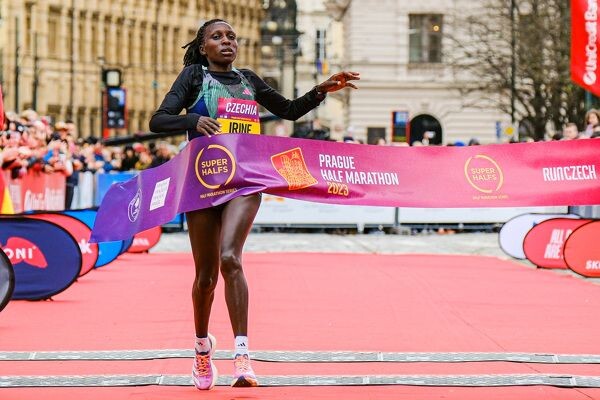
Kimais pushed the pace over the next five kilometres, covering that section in 15:19, which was enough to drop Chepngetich, the last of her opponents. Her pace slowed slightly in the final few kilometres as the strong winds took their toll, but Kimais held on to win in 1:06:00, the second-fastest time of her career after the 1:04:37 PB she set in Barcelona earlier this year.
“It was not a bad race and the course was good,” said the 24-year-old. “There were just some places I had to struggle with. Together with my pacemakers, we were fighting for the victory, and I am happy for this time.”
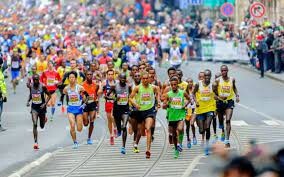
Chepngetich finished second in 1:06:42 and Bezabeh completed the podium in 1:07:15.
In the men’s race, six men ran alongside the pacemaker as they passed through 10km in 28:03 with Konga near the front of the pack.
Konga then upped the pace slightly and managed to open up a gap on what had now become the chase pack, reaching 15km in 41:51 with a nine-second lead. He extended that over the final few kilometres and, despite taking a wrong turn near the end, reached the finish a comfortable winner in 59:43.
Uganda’s Maxwell Rotich was second in 1:00:06, five seconds ahead of Kenya’s Geoffrey Koech.
"It's definitely a great result for me, I felt good on the course,” said Konga, who was just five seconds shy of his PB. “I'm very happy for a time under an hour. The wrong turn slowed me down, I could have run faster, maybe some five seconds. The wind was also a problem and slowed me down a little bit.”
Leading results
Women
1 Irine Jepchumba Kimais (KEN) 1:06:00
2 Janeth Chepngetich (KEN) 1:06:42
3 Zeray Bezabeh (ETH) 1:07:15
4 Mebratu Tadesse (ETH) 1:08:45
5 Nesphine Jepleting (KEN) 1:10:04
Men
1 Roncer Kipkorir Konga (KEN) 59:43
2 Maxwell Rotich (UGA) 1:00:06
3 Geoffrey Koech (KEN) 1:00:10
4 Laban Kiplimo (KEN) 1:00:13
5 Kelvin Kibiwott (KEN) 1:00:14.
(04/01/2023) Views: 696 ⚡AMPby World Athletics
Prague Half Marathon
Start the RunCzech season with one of the biggest running events in the Central Europe! Every year the Sportisimo Prague Half Marathon excites spectators with performances of elite athletes breaking records. Enjoy a course with incomparable scenery in the heart of historic Prague that follows along the Vltava river and crisscrosses five beautiful bridges. Take in majestic views of the...
more...Olympic silver medalist Christine Mboma to undergo hormone therapy
Last week, World Athletics, the global governing body of track and field, announced new regulations to their DSD athletes competition policy, which requires all female athletes with differences of sexual development to reduce their testosterone to not more than 2.5 nmol/L for a minimum of 24 months to be allowed to compete internationally in the female category in any event. According to The Namibian, one such athlete who has achieved prominence, Tokyo 200m Olympic medallist Christine Mboma of Namibia, intends to undergo hormone therapy to continue her career in athletics.
The new rule reduces the acceptable maximum testosterone limit to half of the previous limit, for twice the length of time.
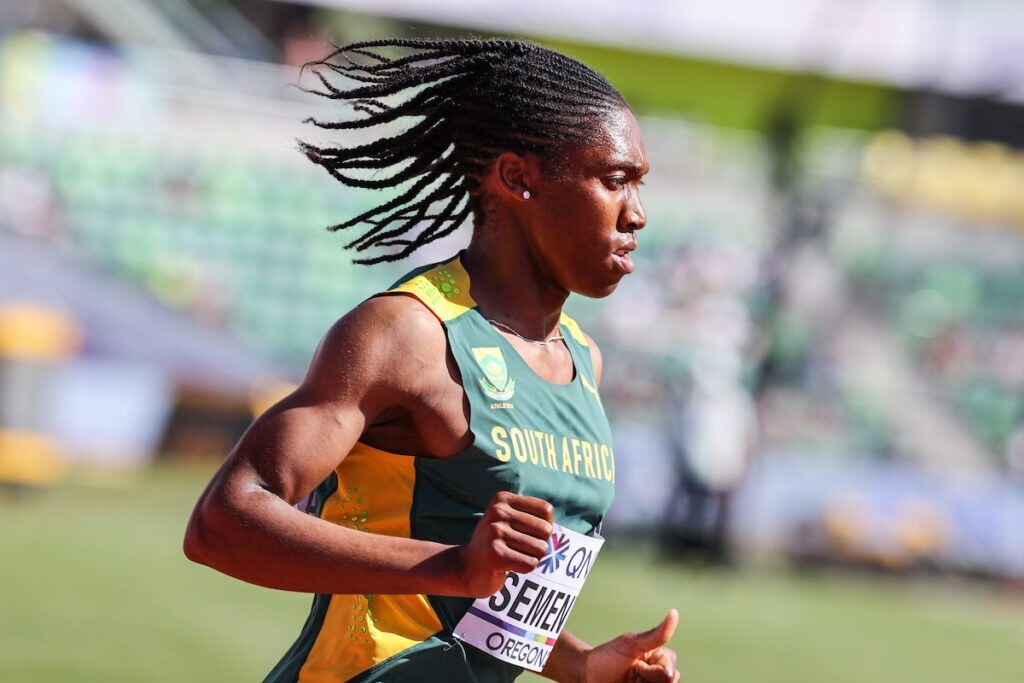
In an extensive interview with The Namibian, Mboma’s coach, Henk Botha said, “We’ve had disappointments and some obstacles in the past. There’s not a lot that we can do as Namibians, we’ll have to take this one on the chin and do our best to get Christine back on the track.”
“The one option is to stop with athletics, and the other is to go to court. Then, the third option is to reduce the levels,” said Botha. “The first two were never on our table, since we don’t have the money to go to court, and halting athletics is not something that Christine wants to do. She’s 19 and has a great career in front of her.”
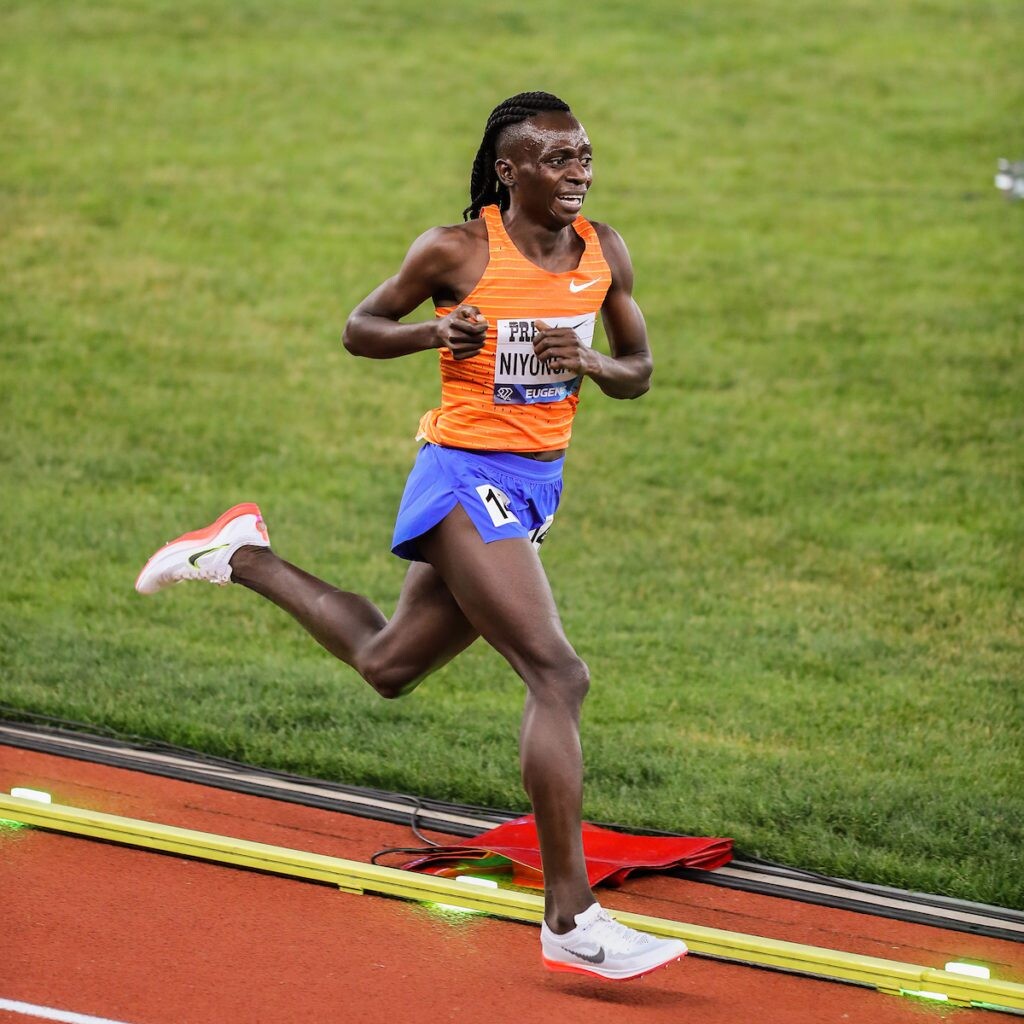
The harsh alternative DSD athletes are faced with is to quit the sport altogether.
Athletics Namibia said they fully support Mboma, describing WA’s new DSD athlete requirements as “discriminatory, unfair, stigmatizing and not safeguarding all women in sport.”
Mboma is one of five prominent DSD athletes who are or were at the top of their event in the last five years. Others are two-time Olympic 800m champion Caster Semenya, 2021 Diamond League champion and 2,000m world record holder Francine Niyonsaba, Nigeria’s Aminatou Seyni and Mboma’s Namibian compatriot, Beatrice Masilingi.
Mboma, who started her career as a 400m runner, has been forced to transition down to the 200m, due to WA limitations barring DSD athletes from racing events between the 400 and the mile.
The new rules will apply across all track events as of April 1, with all five athletes ineligible to compete under the new DSD regulations in major international competitions like the Diamond League and World Championships. All qualified athletes will be eligible for the 2024 Olympic Games provided they are able to maintain their hormone levels over the next 18 months.
Burundi’s Niyonsaba has been quiet on the World Athletics ruling, posting on her Instagram three days after the WA decision, “It’s time to build and achieve progress.” Niyonsaba took the silver medal in the women’s 800m at the Rio Olympics and has since moved up to the 5,000 and 10,000, running her first half-marathon earlier this month in Lisbon in a national record for Burundi of 68:45.
“Every athlete is built differently and has different advantages and disadvantages,” said Botha. “Instead of pointing out our differences, we should be proud that we are all different.”
(04/01/2023) Views: 722 ⚡AMPCan I Swap Bananas With Plantains? We Ask An Expert
Switching out my daily pre-run ritual for its distant relative
I’ll be honest: I spend far too much time in the produce section of the grocery store browsing the fruits and vegetables I’m unfamiliar with. It’s my version of window shopping. Sometimes I’m bold enough to purchase a star fruit or rambutan, but it wasn’t until this year that I picked up a plantain.
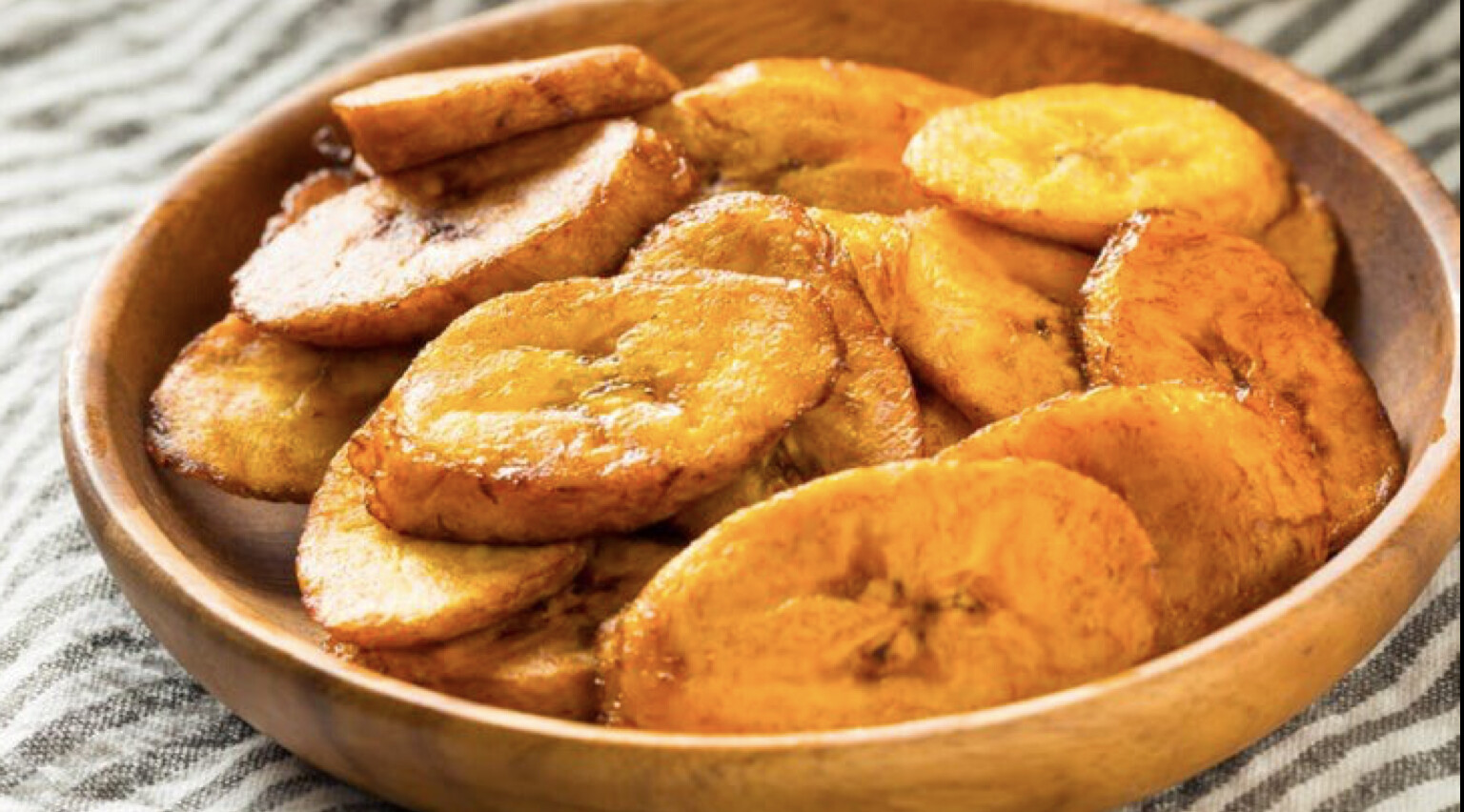
Why plantains? Because I religiously eat a banana before every run, whether it’s five miles or 16. They’re fantastic for simple, quick-digesting carbs and they give me the energy boost I need to kickstart my training. I wondered if this distant cousin of the banana would offer the same benefits.
The first question I asked Elizabeth Shaw, MS, RDN, CPT, nutrition expert and author was, “Well, what’s the difference?” They look similar enough, after all.
“While there are many similarities between plantains and bananas (like their shape, color, and nutrients), the main difference lies in their carbohydrate content and taste,” Shaw says.
Bananas are naturally sweet and are most commonly eaten raw, whereas plantains have a more starchy taste unless they’re cooked. As far as their nutritional value, the two fruits are fairly similar in all regards except carbohydrates. A 100 gram serving of banana yields 23 grams of carbs and 12 grams of sugar, whereas the same size serving of plantain yields 32 grams of carbohydrates and 18 grams of sugar.
Most people don’t eat plantains raw because of the less-than-sweet flavor profile, but you certainly can.
“The more ripe a plantain (meaning the less green it is), the sweeter it becomes (much like bananas.),” Shaw says. “While there is no problem with eating a plantain raw, you may not get the same enjoyment out of it as you would a banana.”
Grilling them, however, will create a naturally sugary candied taste.
Ingredients
– 2 tsp. butter, melted
– 1 bunch of plantains, yellow and brown
– 2 tsp. cinnamon
Instructions
1. In a bowl, whisk butter and cinnamon.
2. Slice plantains and brush each side with butter mixture.
3. Heat grill or skillet over medium and cook plantains for about 4 minutes per side. Cook until plantains are browned and caramelized.
I finally purchased two yellow, ripe plantains to test out before my runs. At least in my grocery store, there are no plantain bunches, just single plantains. It cost me $1.38 for two, whereas I can get four or five small bananas in a bunch for about $1.25.
Like clockwork, when it came time for my evening run, I reached for a banana. I had to pull back when I remembered this experiment and opted for a plantain instead. The first day, I ate it raw and was totally underwhelmed. The flavor was bland and the texture was that of an unripe banana – a little chewy. Plus, it was much larger than what I’m used to, so I was worried I’d have undigested plantain sloshing around in my stomach while I ran. But my run went without a hitch, so I repeated the process the next day.
This time, however, I cooked it. It was gooey, mapley sweet, and left me licking my sticky fingers. It felt more like a dessert than a pre-run snack. I bounced out the door and had a great, carb-filled six miles.
Long story short – you could realistically swap plantains for bananas if you wanted to. But as a runner who depends on her daily banana, will I be making the swap? No, not likely. Not because cooked plantains aren’t delicious, but because they aren’t nearly as convenient. I’m happy to have tried it though, and certainly plan on topping some dairy-free vanilla ice cream with grilled plantains as a late-night dessert.
(04/01/2023) Views: 856 ⚡AMPby Outside
What Happens When You Walk Every Day
Libby DeLana never misses a day outdoors. Here’s what she’s learned—and here are the shoes that keep her going.
Every single morning for the past 11 years, Libby DeLana has walked out her back door at 5:30 no matter the weather, how tired she may be, or even how sick. “It’s not about the miles or the number of steps,” says DeLana, author of the book Do Walk: Navigate earth, mind, and body. Step by step. and co-host of the podcast The Morning Walk. “This practice is about fidelity to myself and knowing what it is that creates a sense of well-being in my body, and that includes significant time in the outdoors and putting my eyes to the sun and feeling the breeze on my face.”
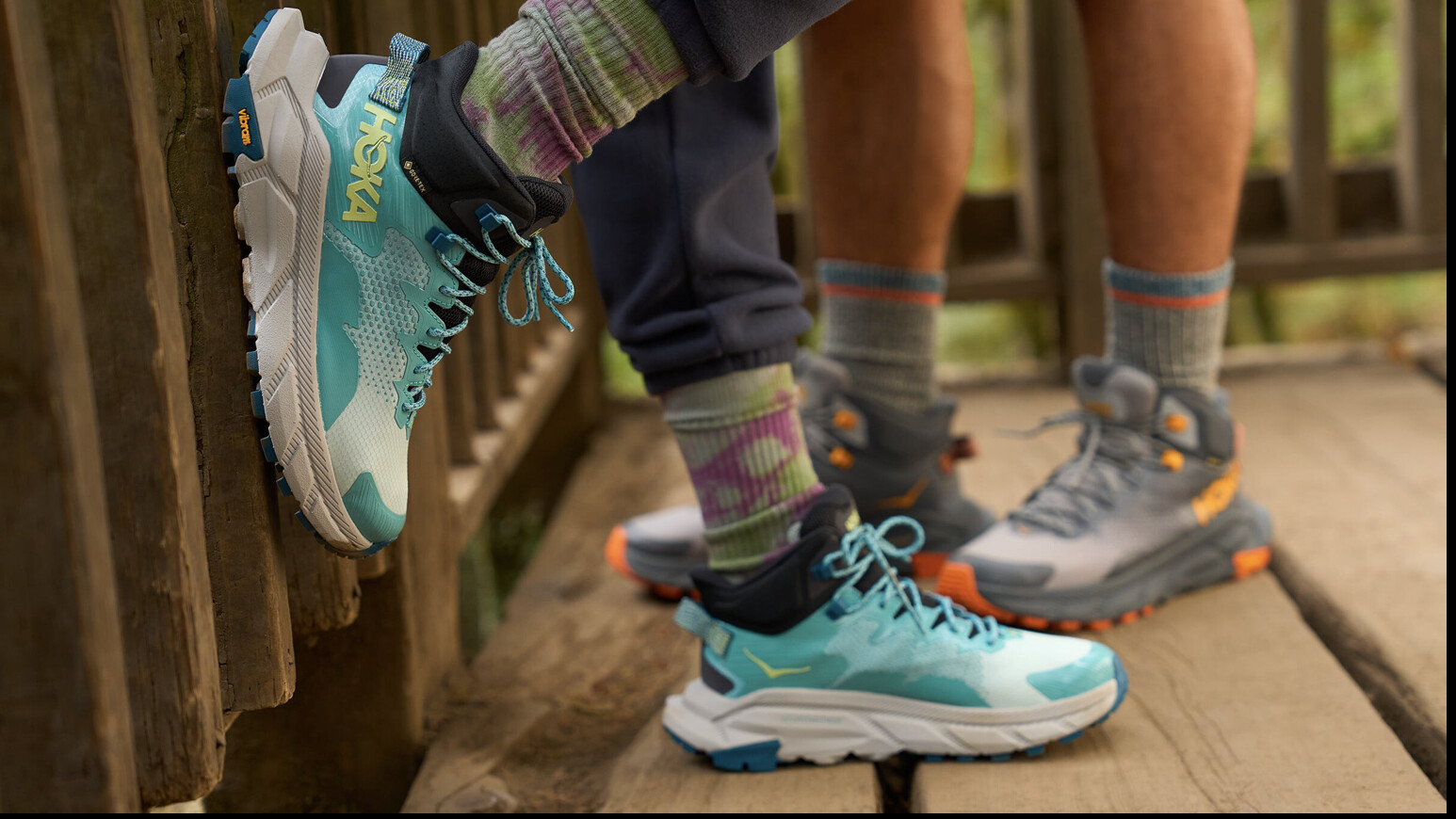
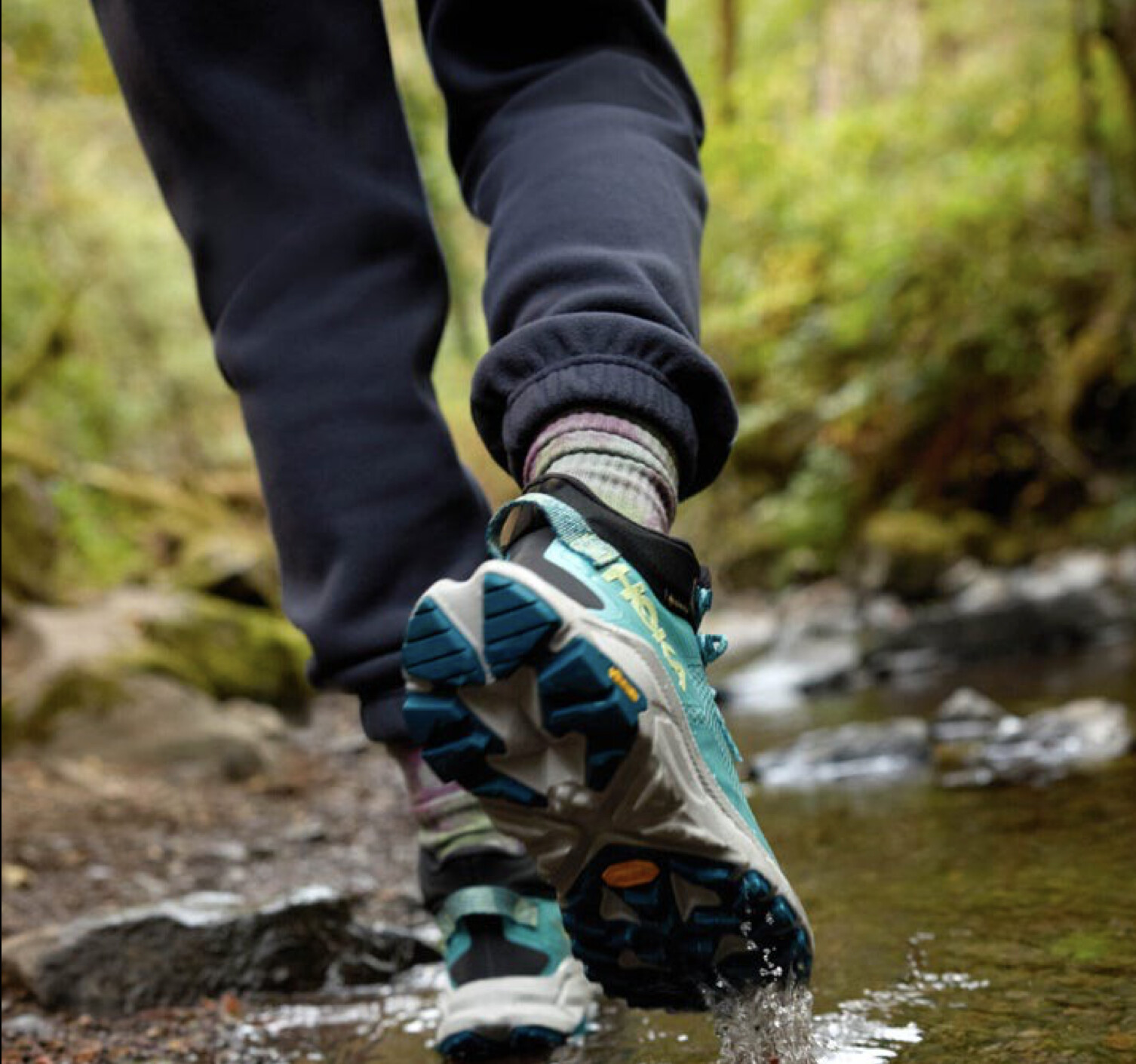
DeLana, who lives just north of Boston, Massachusetts, walks through all four seasons and regularly covers eight to ten miles per day. Even when she’s sick, she says, she’ll get out for a slow, gentle walk around the block just to move and put one foot in front of the other.
“For me, the walk is like a seated practice of meditation,” says DeLana. “The quiet is revealing. Obviously, there’s the sound of the natural world—the sound of the waves or the wind or the birds, but there are a lot of messages from the quiet.”
Daily movement has been part of human evolution for thousands of years, and DeLana has found that making movement a nonnegotiable part of her own daily routine is good for mind, body, and spirit. But keeping up that consistency, day after day, in all kinds of weather and trail conditions, requires good gear—especially shoes.
Lately, DeLana has been wearing the new HOKA Trail Code. “They felt supportive straight out of the box, sort of like a hug,” she says. While she also likes to walk in the HOKA Bondi and Clifton, DeLana explains how in the Trail Code, her feet feel particularly “cozy, safe, and just…stable.”
The Trail Code’s compression-molded EVA foam midsole features a Swallowtail extension that protrudes slightly off the back of the shoe. DeLana says this midsole shape contributes to her feeling more secure and confident, “especially on the icy and crusty winter ground.” Adding to the surefootedness, five-millimeter lugs made of Vibram Megagrip provide traction on surfaces from snow and ice to mud and loose dirt while also being able to grip rock and wet surfaces, like concrete sidewalks after a spring rain.
DeLana regularly walks a loop that switches back and forth from sidewalk to country road (where she likes to listen to the wild turkeys and coyotes and sense the changing morning light), and she marvels at the comfort of the Trail Code. She likes that the Gore-Tex-lined upper is watertight and that the shoe keeps her feet warm and dry without overheating. She’s considering taking them on trekking in Bhutan this spring.
The Trail Code’s upper is made from 100 percent recycled ripstop with a gusseted, padded tongue and a high heel collar that enhances stability. Recycled polyester laces wrap easily around metal top hooks to securely, comfortably support the ankles (likely contributing to the gentle “hug” DeLana loves so much). The upper is treated with a PVC-free water-repellent coating, and 3D screen-printed overlays add support and structure without adding bulk.
The Trail Code is a lightweight, cushioned, and nimble alternative to a traditional hiking boot and a more supportive, adventure-ready option than walking or running shoes. “When you have the right gear,” says DeLana, “you just feel more capable and comfortable. It’s almost like you get your brave on because you know the gear is going to support you.”
And when you have the right gear—the right footwear, in particular—you can walk or hike where your heart or mind leads you at any given moment. Walk down a trail, a meandering path, or simply a neighborhood sidewalk. Splash through a puddle. Climb a big rock to sit and marvel at the world. On a quiet walk at any time of day, you may be surprised to find the exploration is not only physical, but mental.
“The outdoors is medicine for me,” DeLana adds. “It’s healing and nurturing and inspiring and creative. My morning walk has become an absolutely nonnegotiable part of my day.”
HOKA empowers a world of athletes to fly over the Earth. With a problem-solving ethos, and a bold approach to footwear and apparel, HOKA empowers all folks to meet their running, walking, fitness and outdoor goals; to feel invited to and welcome in those spaces; and to engage in those activities more easily and more enjoyably than they thought possible.
(04/01/2023) Views: 658 ⚡AMPby Outside
Red Sox icon David Ortiz named 2023 Boston Marathon Grand Marshal
On Friday, the Boston Athletic Association (B.A.A.) announced that MLB Hall of Famer and Boston Red Sox legend David Ortiz will serve as Grand Marshal for the 127th Boston Marathon on Monday, April 17.
The three-time World Series champion will serve as the 2023 Grand Marshal, kicking off the race with a speech in Hopkinton, before the 30,000+ entrants from 122 countries make the 42.2km journey down to Boylston Street. Ortiz will ride in the lead vehicle, and will reach the finish shortly before race champions break the finish tape out front of the Boston Public Library.

This year’s race marks the 10th anniversary of the Boston Marathon bombing. In the wake of the 2013 bombing, Ortiz gave a memorable speech to Bostonians at Fenway Park before the Red Sox game. He took on the role of a leader on the Red Sox from 2003 to 2016, embodying the spirit of the city on and off the field.
Ortiz, 47, won’t be the only former Boston sporting legend taking part in this year’s race; former Boston Bruins captain Zdeno Chara, who led the Bruins to a 2011 Stanley Cup, will be running the marathon for The Hoyt Foundation. This will be Chara’s first marathon.

The 127th Boston Marathon has many storylines, but the most interesting one will be how the greatest marathoner in history, Eliud Kipchoge, fares in his Boston debut. The 38-year-old marathon world record holder is on a quest to win all six Abbott World Marathon Majors; he currently has four wins, missing only Boston and New York. (He is also a two-time Olympic gold medallist.)
(03/31/2023) Views: 466 ⚡AMPby Running Magazine
Caster Semenya’s career in danger due to new World Athletics regulation
Caster Semenya’s running career is in danger of being over after not competing at the South African championships on Thursday due to new World Athletics regulations.
Semenya had been entered in the 10 000m race that was scheduled to take place early on Thursday morning, but despite being present at the NWU McArthur Athletics Stadium in Potchefstroom, the former 800m Olympic champion watched from the sidelines as one of her training partners, Glenrose Xaba, won the gold medal in a time of 33 minutes and 2.13 seconds (33:02.13).
That was due to the change in the eligibility regulations regarding athletes who have differences of sexual development (DSD), like Semenya, which was taken by World Athletics last week.
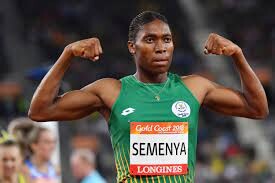
It is the same regulations that prevented the 32-year-old athlete from participating in distances from the 400m to the mile over the last few years unless her testosterone levels are suppressed to below 2.5nmol/L for a minimum of six months, via either medication or surgery.
But the regulations now cover all distances on the track and all field events too, and the time period to reach the required testosterone levels is now 24 months instead of six, which could have a devastating effect on DSD athletes around the world.
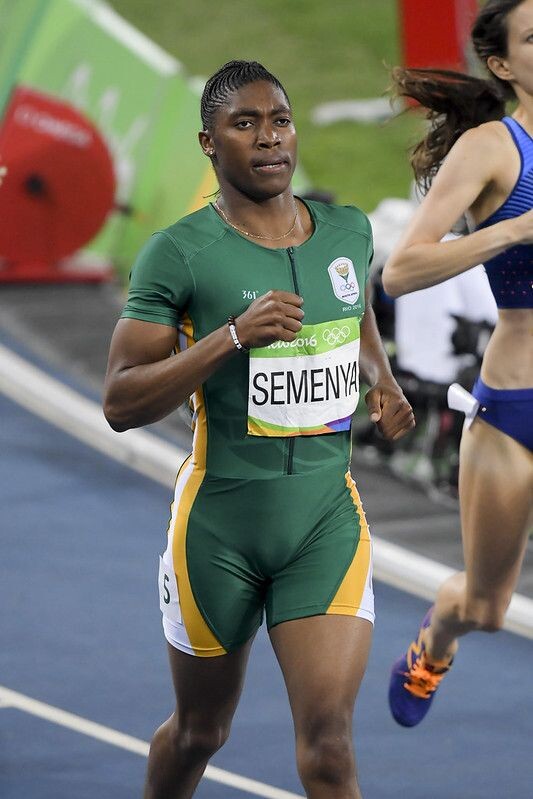
Semenya – who won 800m gold medals at the 2012 and 2016 Olympics, as well as the 2009, 2011 and 2017 world championships – has steadfastly refused to take any medical action to reach those levels, and first moved down from the 400m, 800m and 1 500m to the 200m sprint, before setting her sights on the 5 000m.
She was unable to qualify in the long-distance event for last year’s world championships in Eugene, Oregon, and appeared to be targeting the 10 000m this year after entering the national championships in that event in Potchefstroom.
The change in the regulations to include all events on the track and in the field came into effect on Friday, March 31, but while Athletics South Africa have said in a statement that they are taking legal advice on the change in the regulations, they are “duty-bound to adhere to and implement the new regulations”.
“Whilst ASA is considering the new regulations and taking legal advice thereon, in the interim, it is duty-bound to adhere to and implement the new regulations, and as such, cannot allow any of those affected athletes to participate in any world ranking competition or international events in contravention of the said regulations,” the local governing body stated.
“In this regard, ASA is still awaiting the outcome of the legal challenge lodged against the regulations, which is still to be heard and decided upon by the European Court of Human Rights.
“ASA also reaffirms its gratitude to the government of South Africa, UNHRC (UN Human Rights Commission), the WHO (World Health Organization), World Medical Association, different governments around the world, global icons and fellow national federations that have continued to rally behind this noble course of supporting the challenge against these highly discriminatory regulations.”
(03/31/2023) Views: 720 ⚡AMPby Ashfak Mohamed
Jamaican sprinter Bouwahjie Nkrumie, 19, runs 100m in 9.99, setting U20 national record
March 29 was quite a day for 19-year-old sprinter Bouwahjie Nkrumie of Kingston, Jamaica. Nkrumie stormed to a U20 national record time of 9.99 seconds (+0.3 m/s) at the Jamaica High School Boys and Girls Athletics Championships, becoming only the third runner in the world to break the 10-second barrier before turning 20.
Nkrumie, 19, nicknamed “Dr. Speed,” became the youngest Jamaican sprinter to break the barrier, which is an incredible feat considering the small Caribbean nation’s rich sprinting history (including Usain Bolt, Asafa Powell and Yohan Blake). The future of the 100m looks bright as Nkrumie joins American Trayvon Bromell and U20 world record holder, Botswana’s Letsile Tebogo, in the U20 sub-10 club.
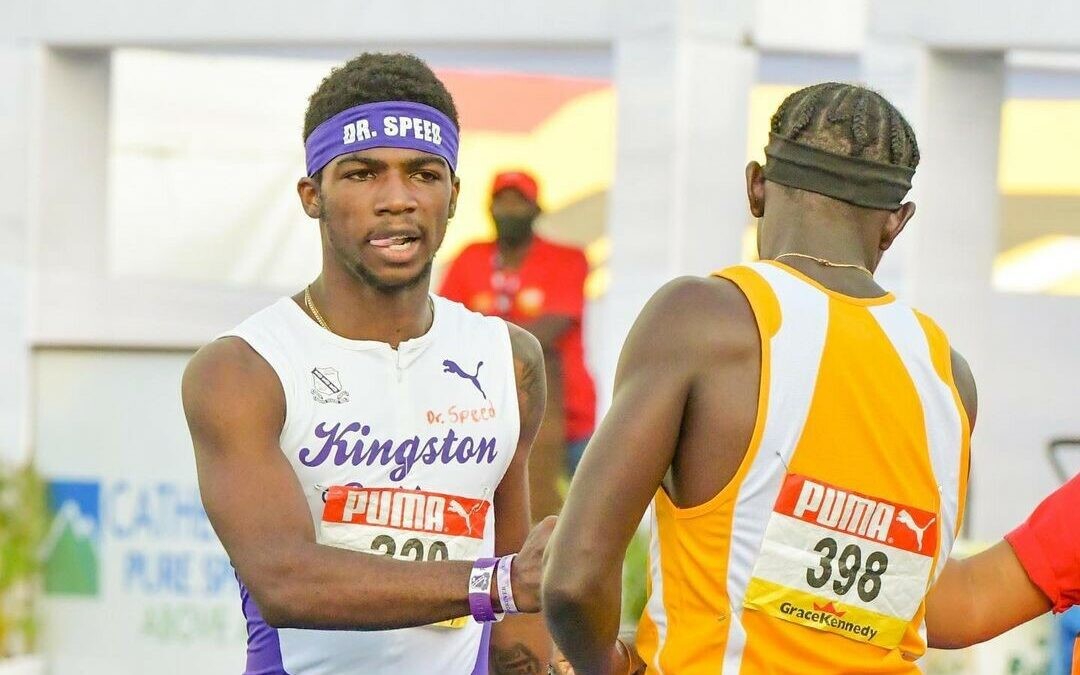
Last year, Tebogo beat Nkrumie in the 100m final at the U20 World Athletics Championships in Cali, Colombia. Nkrumie ran his previous best of 10.02 seconds in the final, but was second to Tebogo, who won in a U20 world record of 9.91 seconds.
Nkrumie’s time of 9.99 was also a 2023 world lead for 100m, but it only lasted a few hours until Akani Simbine of South Africa ran a time of 9.98 seconds (+1.0 m/s) in the men’s 100m heats at the South African Championships.
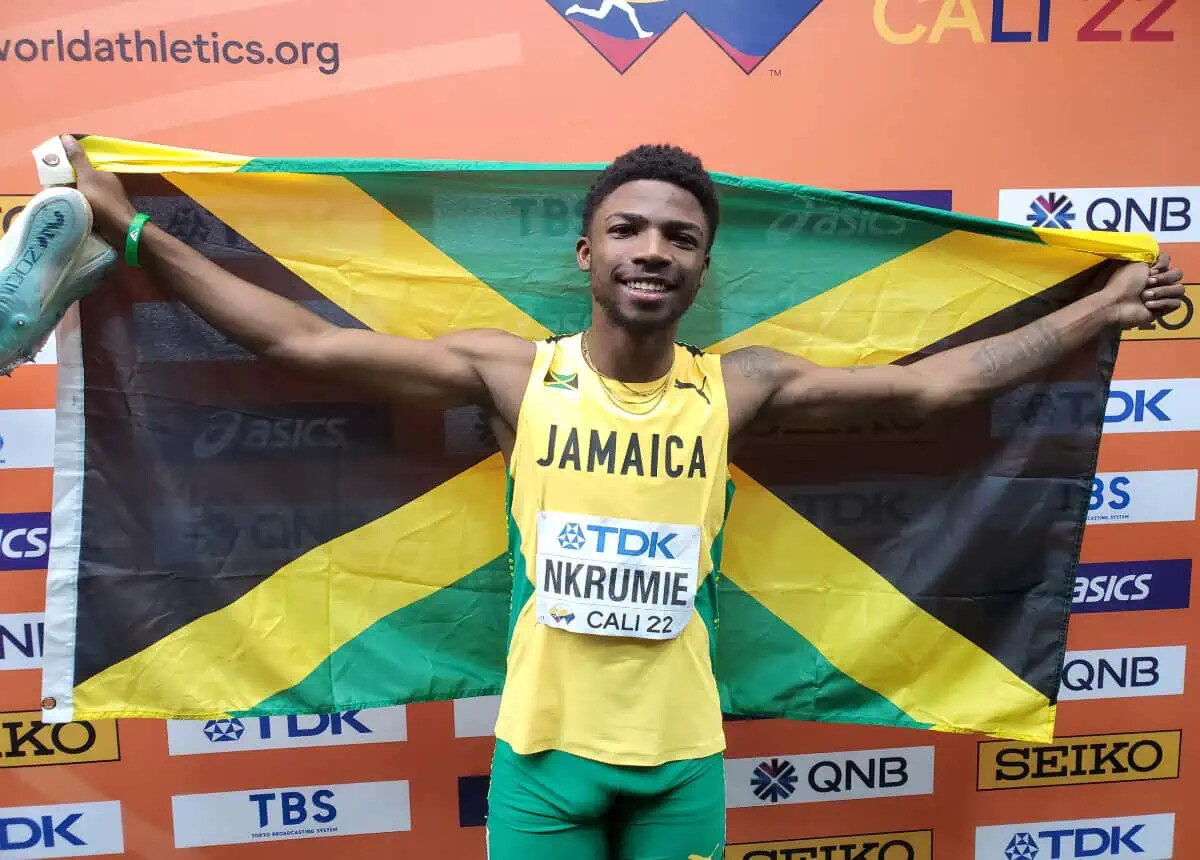
The new Jamaican record holder is in his final year of high school at Kingston College, an all-male sports and academic-focused secondary school in Kingston. We will likely see Nkrumie take on the world’s best later this year at the 2023 World Athletics Championships in Budapest in August.
(03/31/2023) Views: 665 ⚡AMPby Marley Dickinson
World Athletics Championships Budapest 23
From August 19-27, 2023, Budapest will host the world's third largest sporting event, the World Athletics Championships. It is the largest sporting event in the history of Hungary, attended by athletes from more than 200 countries, whose news will reach more than one billion people. Athletics is the foundation of all sports. It represents strength, speed, dexterity and endurance, the...
more...Eliud Kipchoge: Three down, three to go
“I want to not only compete in all six but to do so and win. These are two different targets. What’s more, I have added another challenge of getting course records for the other half of the races,” Kipchoge said in a recent interview with NN Running Team, setting out a new goal for an athlete who has achieved almost every target put in front of him.
Already a two-time Olympic champion, reigning world record holder and the only man to run a marathon in under two hours, it would be easy to forgive Kipchoge for wanting to rest on his considerable laurels after a career in which he has won 15 of the 17 marathons he has run.
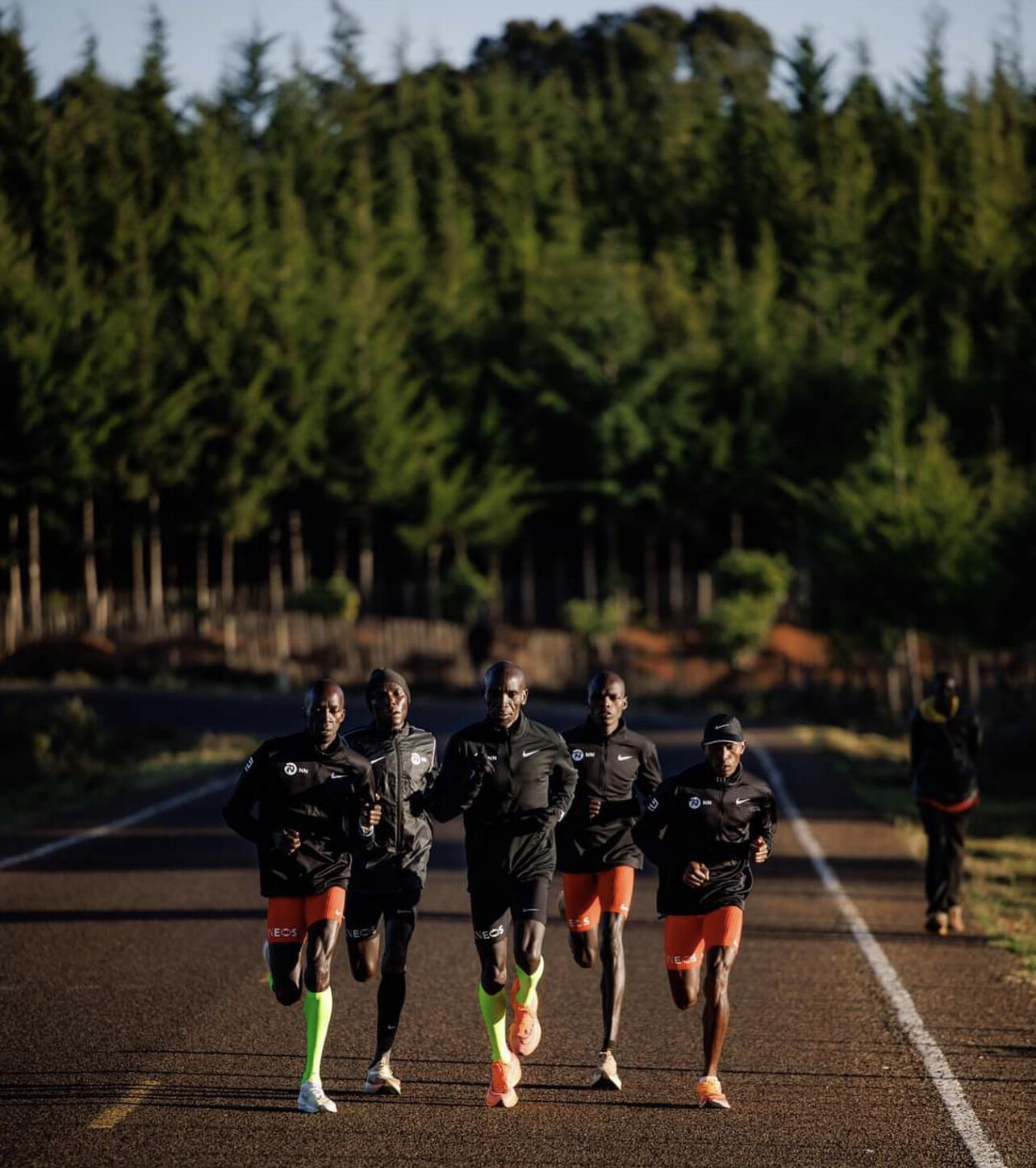
But the man who is a living personification of his catchphrase “No human is limited” is on a mission to change the face of history by winning the six most prestigious marathon races on the planet in record time.
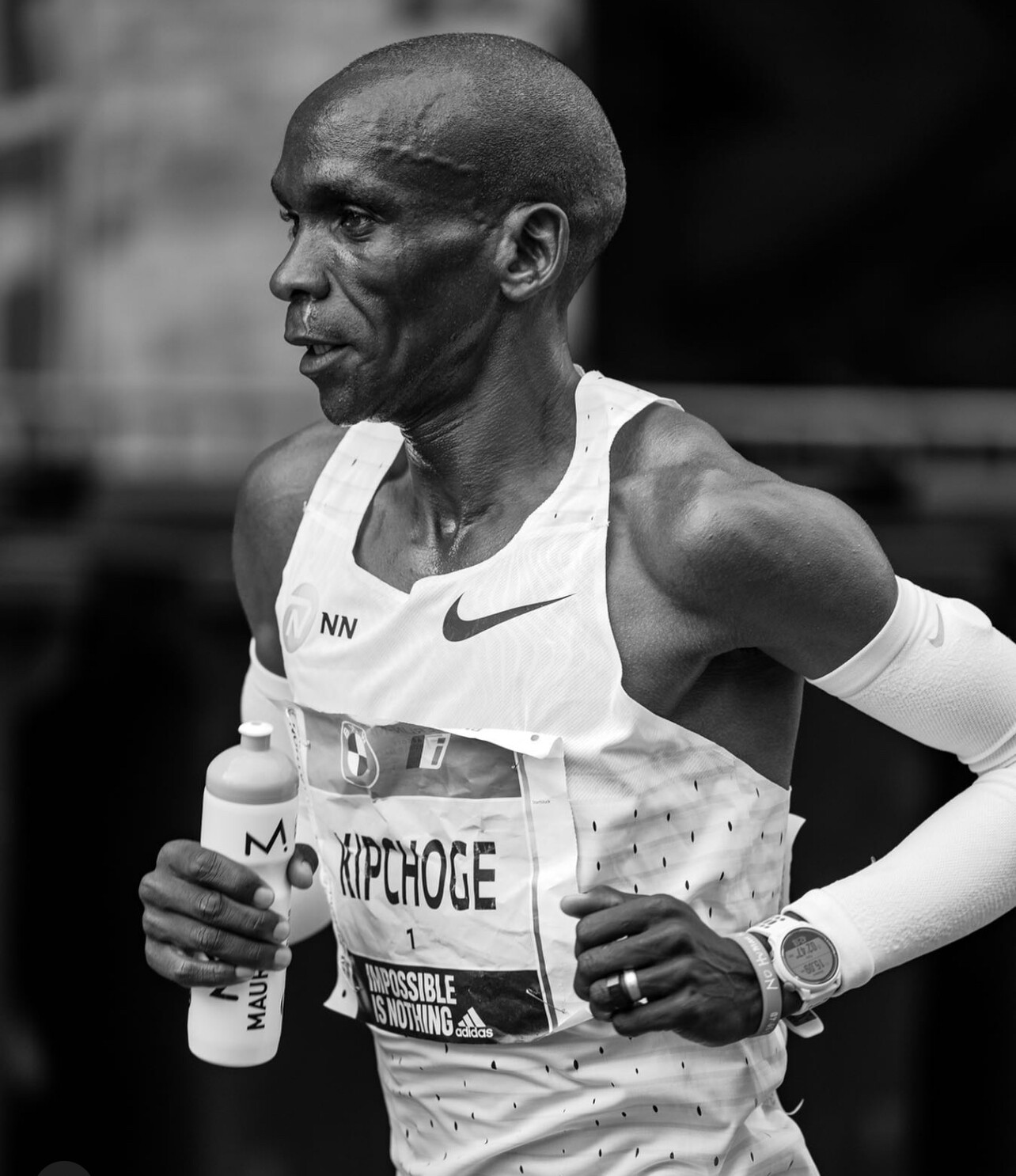
He currently owns the course record in three marathons, London (2:02:37) set in 2019, Tokyo (2:02:40) set in 2022 and Berlin, the current world record of 2:01:09 also set in 2022.
That leaves three left on his bucket list, starting with the Boston Marathon, which takes place on April 17 2023.
(03/30/2023) Views: 542 ⚡AMPBoston Marathon
Among the nation’s oldest athletic clubs, the B.A.A. was established in 1887, and, in 1896, more than half of the U.S. Olympic Team at the first modern games was composed of B.A.A. club members. The Olympic Games provided the inspiration for the first Boston Marathon, which culminated the B.A.A. Games on April 19, 1897. John J. McDermott emerged from a...
more...Two-time world marathon champion Abel Kirui is ready to dance again in Daegu on Sunday
Two-time world marathon champion Abel Kirui returns to Daegu on Sunday, the city where he danced 14 years ago after winning the marathon race at the 2011 World Athletics Championships.
Kirui, who also won the marathon race at the 2009 World Championships in Berlin, said he has been training for the Daegu Marathon for four months.
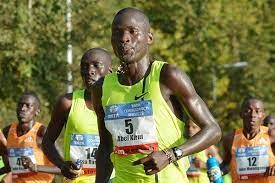
The 2016 Chicago marathon champion said: "I failed to perform well at the Fukuoka Marathon on December 4 due to my involvement in the 2022 general elections (as a police officer). However, I have prepared enough for Daegu especially after the organizers said I should return after 14 years."
The 2012 Olympic marathon silver medalist was scheduled to leave the country last evening. He said he is excited after having a chance to compete in another top marathon, even as his 20-year athletics career heads toward the horizon.
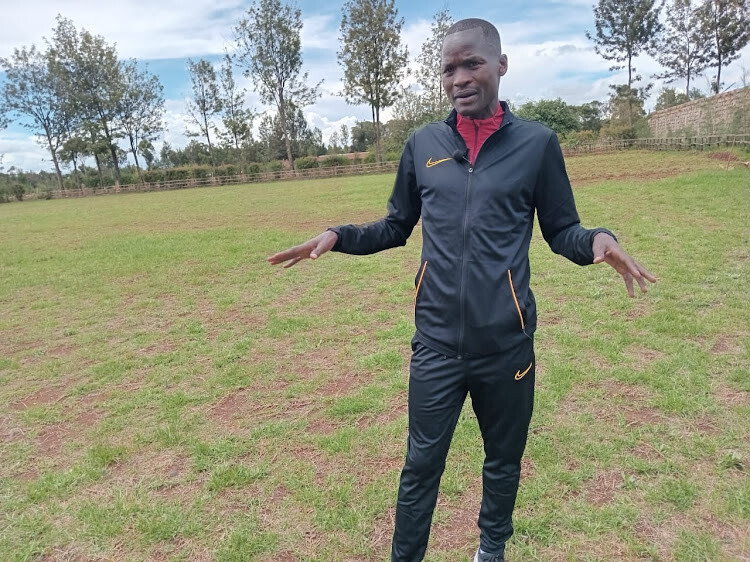
"After Daegu, I want to run in Chicago, go to Tokyo, then the Olympic Games next year in Paris, then go back to Berlin where I started and say bye-bye to sports. I began my marathon running in Berlin in 2006 when I paced for Haile Gebreslassie but decided to finish. It was so painful but I was happy to finish ninth," said Kirui.
"I am foreseeing another victory in Daegu, just like in 2009. It feels great that I am still running and I thank God for that. The majority of my running mates back then have since retired but I still have the energy to run and win. I have remained relevant in the game because of discipline and my love for the sport," he said.
Kirui recalled his rivalry against the likes of Robert 'Mwafrica' Cheruiyot, Martin Lel, Duncan 'Jamaica' Kibet, and Christopher Cheboibch among others.
Meanwhile, Kirui has called for the establishment of more local track events to stem the current situation where youngsters are heading for road races early in their careers.
"A motivating factor in this world is money, that is why many athletes are running in marathons. We want to see sponsors and race organizers pumping more money on track to avoid this mass movement into road running," he said.
(03/30/2023) Views: 716 ⚡AMPby Emmanuel Sabuni
Daegu International Marathon
Daegu International Marathon brings together varied groups of people with passion for running. With a sincere hope to host a meaningful event for everyone, Daegu International Marathon will amplify the love of running for all and promote a healthy life through running. On behalf of 2.6 million Daegu citizens, we welcome all of you and hope your race in Daegu...
more...Master your spring road race with this mile progression workout
Progression workouts help train your muscles to become familiar with race-like paces when they are already fatigued.
The first race of the year is usually a rust buster, plus it can be a mental and physical battle if you haven’t done the training. Doing race-oriented speed workouts once or twice a week in the six to eight weeks leading up to your goal can help you build confidence and feel prepared for your spring road race.
If you have never tried progression training before, it is an easy way to build aerobic endurance by slowly increasing intensity. You don’t go for a 5K run and sprint the first kilometre–the goal is to progress into it, to build your comfort level so your body can go farther and finish faster.
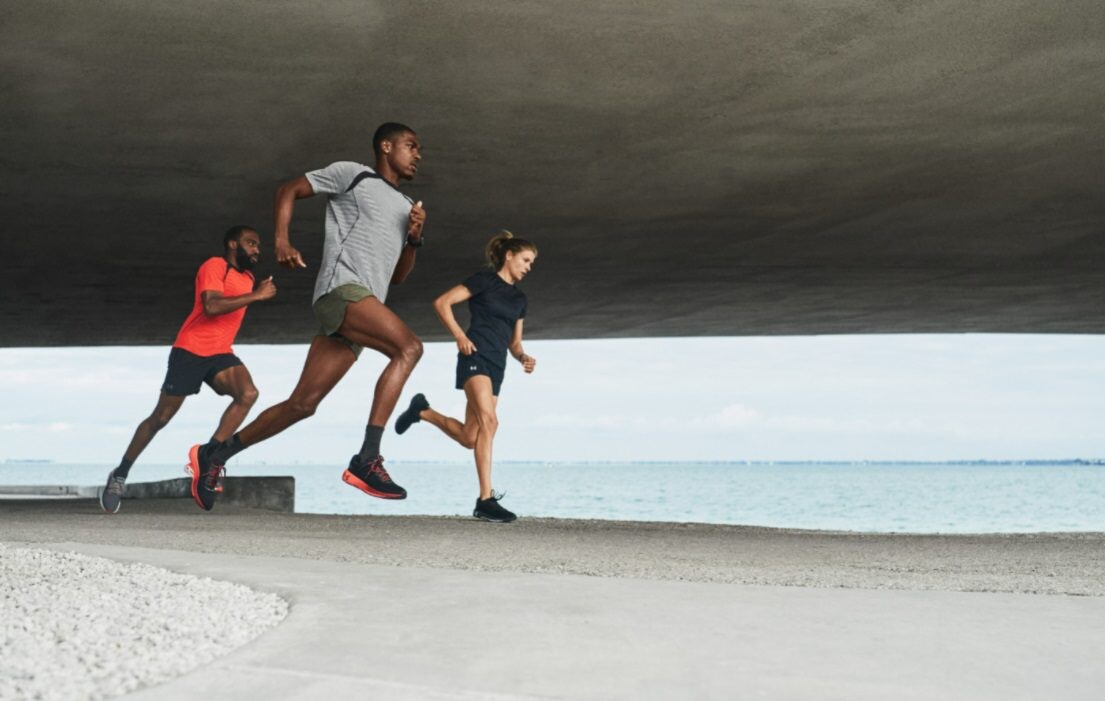
Progression workouts are instrumental in longer distances, like the 10K to the marathon. This is because it also trains your muscles to become familiar with race-like paces when they are already fatigued.
Workout
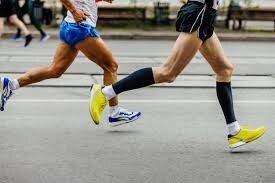
Three to five reps of one mile, with two minutes’ rest between reps
Start the workout with a 10- to 20-minute warm-up jog with dynamic stretching.
The purpose of this workout is to get your body comfortable with faster paces while experiencing fatigue. Control your pace early to ensure you hit the times on the first two reps. If you start too fast, it will compromise the rest of the workout.
If you are training for a marathon, aim for the first rep to be around your goal marathon pace, then increase your pace on each rep by 10 seconds per kilometre. If your marathon goal is a 3:30 finish, start the workout with eight-minute miles (5:00/km) and get down to 7:20/mile (4:33/km pace) by your last rep.
For those training for a half-marathon, start the workout at your goal half-marathon pace and progress down to your 10K pace by the fourth or fifth rep. If you are unsure of your 10K pace, it is generally around 10 seconds faster per kilometre than your half-marathon pace.
If you are training for a 10K, you will want to aim to do three or four reps. Start at 10 seconds per kilometre slower than your goal 10K pace and progress to your 5K pace by the final rep.
(03/30/2023) Views: 571 ⚡AMPby Marley Dickinson
Seven ways runners can beat the training blahs
Running can be a very solitary, monotonous and repetitive pursuit, and because of this, the fun of the sport can sometimes be lost in training. But running doesn’t have to be boring, and you can make it fun if you try. To do that, however, you may have to make some changes in your training, otherwise you’ll never break free of the monotony. If you feel the need to revamp your training and make running fun again, here are a few tips for doing so.
1.- Switch up your routes
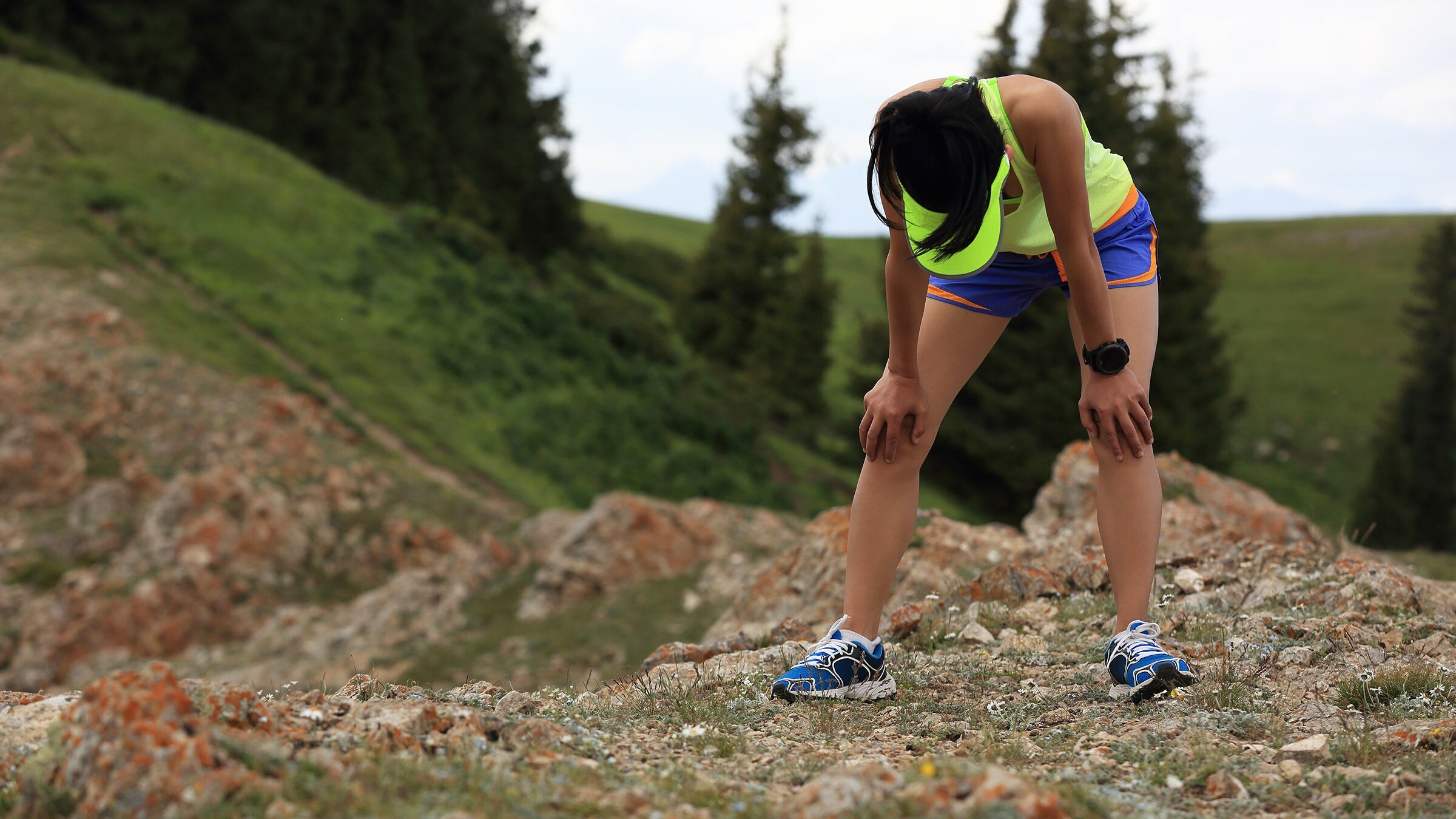
One way to rediscover the fun in running is to find new routes for your training sessions. If you’ve been running the same loops over and over again for months or even years on end, you’re bound to get tired of them (and of training in general). Head to Strava or Google Maps to search for new routes you can test out, or hop in your car and take a tour of your town while making notes of roads or trails you haven’t run yet. This may be the key to loving your next training run.
2.- Chase a personal challenge

You don’t have to race to fuel your competitive drive. But you could come up with a challenge that will keep you hungry for running. Maybe try a run streak (see how long you can go without missing a day of running), or if you live somewhere with a lot of hills, aim to hit a certain level of elevation gain in a week, a month or longer. Whatever you choose, make the goal achievable, but not easy. This way, you won’t easily become discouraged by an unbeatable challenge, but you also won’t conquer it too quickly, and achieving it will bring a sense of satisfaction and pride.
3.- Take it easy on yourself
One surefire way to lose the fun in running is to put too much pressure on yourself. We get it–you want to improve as an athlete and hit a PB at your next race (and at the one after that), but that’s not worth being super hard on yourself. Remind yourself that running is supposed to be fun, and stop beating yourself up over slow workouts, poor races and training slumps. If you take it easy on yourself, you may remember why you liked running in the first place.
4.- Race without expectations
Enter a race, but run it without any expectations. You can still have your big A race, but in the meantime, sign up for an event purely for the fun of it. Don’t set time goals for yourself, don’t tell yourself that you want to finish in a certain spot in the rankings, and consider leaving your watch at home and just run.
5.- Link up with other runners
If you don’t run with other people, you should try it. Running with a buddy or in a group can be a lot of fun, and makes the miles fly by. Instead of trudging through your training runs with only yourself to talk to, you’ll have someone else to keep you company, and soon enough, running will be more like a hangout than a workout or chore. Running clubs are also very popular, and many have free social runs that you can try without making a commitment.
6.- Try different terrain
Do you always run on the roads? Trying a different surface might give you a whole new outlook on the sport. If you’ve never tried running on a track, you might enjoy zoning out and running around in circles, just for something different. Similarly, if you don’t usually run on singletrack trails, you’ll find it puts you in quite a different headspace than road running. For one thing, you’ll have to concentrate to avoid tripping over tree roots and rocks–and this can be unexpectedly enjoyable, as can the immersion in the sights and sounds of nature.
7.- Take some time off
It may be worth stepping away from running a bit to give your mind and body time to relax. This break can be a week or two, or it can be longer. Play it by ear and take as long as you need until you feel like you truly want to get back to training. At that point, you’ll be ready to jump back into the sport, and we’re willing to bet it will be fun for you once again.
(03/30/2023) Views: 635 ⚡AMPby Running Magazine
Kenyan world cross-country medalist Alice Aprot handed 4-year doping ban
The Anti-Doping Agency of Kenya (ADAK) hit Olympian Alice Aprot, 29, with a four-year ban from competition on Monday after a positive drug test she recorded in May 2022. Aprot was provisionally suspended from competition as of July 2022, following the positive result, and after a lengthy investigation, ADAK took the next step and banned her until 2026 (her ban begins retroactively, from when her suspension started).
Aprot has continually claimed she is innocent and did not knowingly ingest any illegal substances, blaming the positive test on medication she received from a Kenyan pharmacist.
Aprot’s career
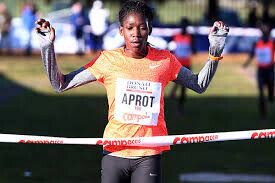
Aprot has had several big results in her career. In 2015, she won 10,000m gold at the African Games, and represented Kenya at the Rio Olympics a year later. In Rio, she finished just off the podium, in fourth place. Her compatriot, Vivian Cheruiyot, won silver that day, breaking the Kenyan 10,000m record of 29:32.53, a mark that still stands. Aprot also beat the previous Kenyan record in Rio, and her PB of 29:53.51 is still the second-fastest 10,000m result in national history.
A year after her near-miss at the Olympics, Aprot finished second at the 2017 world cross-country championships in Uganda. A few months later, at the track and field world championships, she finished just off the 10,000m podium again, once more crossing the line in fourth place. After a hiatus from competition in the 2020 and 2021 seasons, Aprot made a comeback in 2022, which eventually led to her positive drug test.
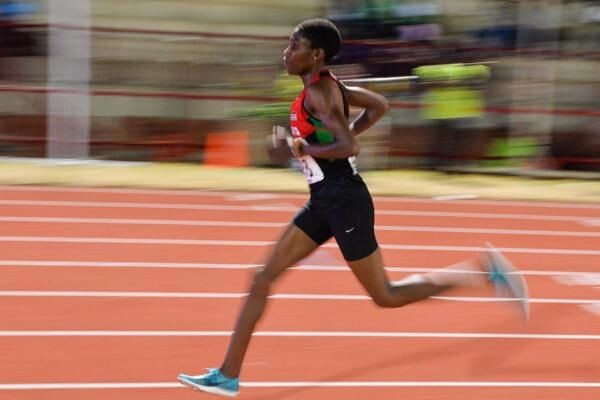
A four-year ban
As noted in the ADAK report on Aprot’s case, she submitted an explanation for her positive test result, stating that she had taken an unknown medication while at a training camp. She claimed that she had experienced “sharp breast pains” (she was breast feeding at the time) and subsequently “rushed to the nearest pharmacy.” In her explanation to ADAK, Aprot said she told the pharmacist on duty that she was a professional athlete and could not take certain substances. According to Aprot, the pharmacist “assured [her] that the prescribed medication did not contain any prohibited substance and she proceed to ingest the prescribed medication.”
When asked by ADAK if she had researched the medication before taking it, Aprot said she had not. She also said she had not even looked to see what the medication was called before taking it. “She claimed that she was in pain and did not bother to check,” the ADAK report reads.
After considering Aprot’s case for several months, ADAK officials officially banned her from competition. The report notes that “it is evident that [Aprot] … acted in good faith by taking the prescribed medicine in order to manage the lingering breast pains.” However, officials added that even if Aprot didn’t knowingly take a banned substance, it was her job to ensure that all medications she took were approved by anti-doping agencies. “Athletes or other persons shall be responsible for knowing what constitutes an anti-doping rule violation and the substances and methods which have been included on the prohibited list,” the report says.
The start of Aprot’s ban has been backdated to July 14, 2022, meaning she will not be eligible to compete again until July 13, 2026.
(03/30/2023) Views: 576 ⚡AMPby Ben Snider-McGrath
Steve Gilbert now 77 was diagnosis with Parkinson’s in 2004 but it did not stop him to go after a dream to qualify to run the Boston Marathon
My racing career began with a 2010 half marathon, six years after my Parkinson’s diagnosis at age 64 and after three years of training at Rock Steady Boxing I ran 2:45:00 for the half. I was not at my best that day, but I finished.
The next year I ran my first marathon with my brother Bruce (third photo). Five years later I connected with Matt Ebersole at Personal Best Training. With his help I had 18 podium finishes. I had gotten faster.
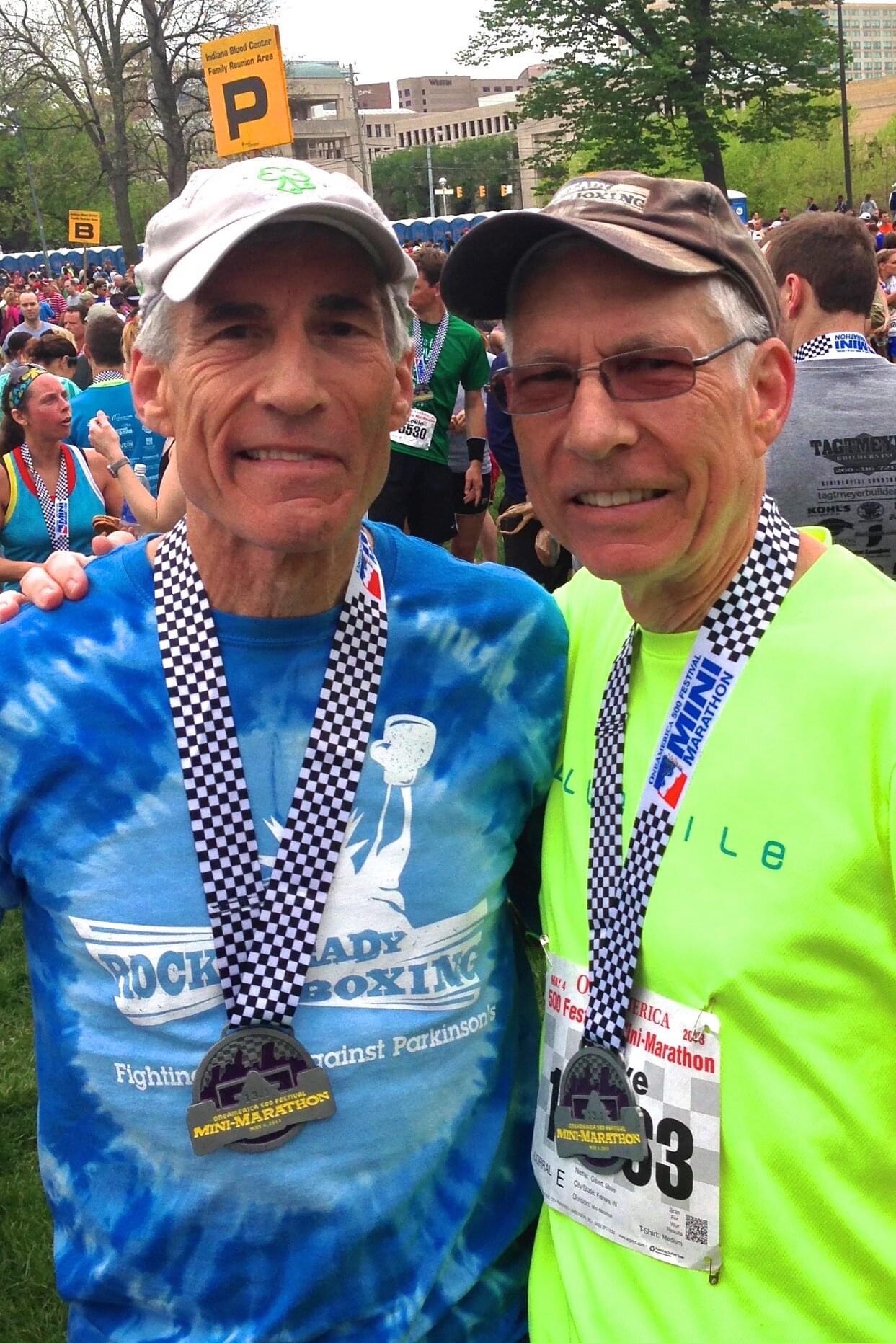
The year I turned 70 I was still gaining pace and my age-group had thinned dramatically. You must be present to win. It all depends on who shows up. I won my AG at my next 19 races, then at 72 I stumbled through a half marathon. A month later at a half I was back on the podium.
In November 2019, at age 74, my half fell apart again. My neurologist said I had 30% nerve function loss in my left leg and he said I should not run more than five miles. At that point I didn’t feel like running farther, but I chafed at the restriction. 2020 was the year of ‘remote’ races but I sneaked in a 10K near the end.
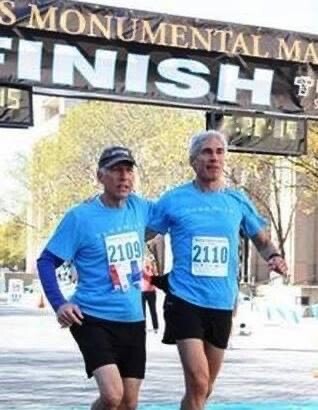
In 2021, I stood on the top step in very thin fields. Many races were still being cancelled, but when my club put on a quarter/half marathon in December I ran the half impromptu and finished first in my age-group.
The time made me think I could run Boston in 2023! I would need some slack to qualify and I knew Boston offered help to offset neurological impairment. The time adjustment offered to those with Parkinson’s made it possible. What a thrill it would be for someone with a movement disorder to be able to participate in this iconic marathon.
I’ll take it! I started training again. The April 2022 Carmel Marathon was my target Boston qualifier race. It began with a cold rain, then sleet at start time and snow later. I still was optimistic and was able to finish with a BQ time and an AG course record. All of the records and wins are great for the ego, but are relative. I know there are those who could easily eclipse my time.
Now I am training for Boston, having been interrupted by a serious fall in December and Covid in February. I started my first marathon on injured knees. I am looking forward to good knees April 17th.
If the outcome were certain, there would be no point in the doing. I plan to run strong and finish healthy. My wife and several family members and friends will be there to support me, along with many other well-wishers from afar. There will be previous Boston and New York winners competing in my age-group. I won’t be on the podium, but crossing the finish line will be my greatest win.
God did not ask me to run, but he allowed me the body and spirit to do so. He created the miracle that is each of us and the finish line will be my testament to His Glory.
(Steve credits Rock Steady Boxing for awakening the potential to run, his brother Bruce for the inspiration, and Forté Sports Medicine for keeping his body working. He trains regularly with Personal Best Training and the Fishers Running Club. Steve hopes to get under five hours with the help of his brother Bruce.)
(03/30/2023) Views: 754 ⚡AMPby Steve Gilbert
I hope Boston is going to be an amazing experience for you. You will feel like a rock star the whole way. I know I did when I ran it in 2013. 3/30 11:25 am |
Boston Marathon
Among the nation’s oldest athletic clubs, the B.A.A. was established in 1887, and, in 1896, more than half of the U.S. Olympic Team at the first modern games was composed of B.A.A. club members. The Olympic Games provided the inspiration for the first Boston Marathon, which culminated the B.A.A. Games on April 19, 1897. John J. McDermott emerged from a...
more...Two-time Olympic medalist Hellen Obiri joins Boston Marathon elite list
On Wednesday, Hellen Obiri, a two-time Olympic medalist from Kenya, was announced as a late addition to the women’s elite field at the 2023 Boston Marathon on April 17, joining an already star-studded field featuring world championship and Olympic medalists.
This will be the second marathon of Obiri’s 12-year professional career. Her debut came last fall in New York, where she finished sixth in 2:25:49.
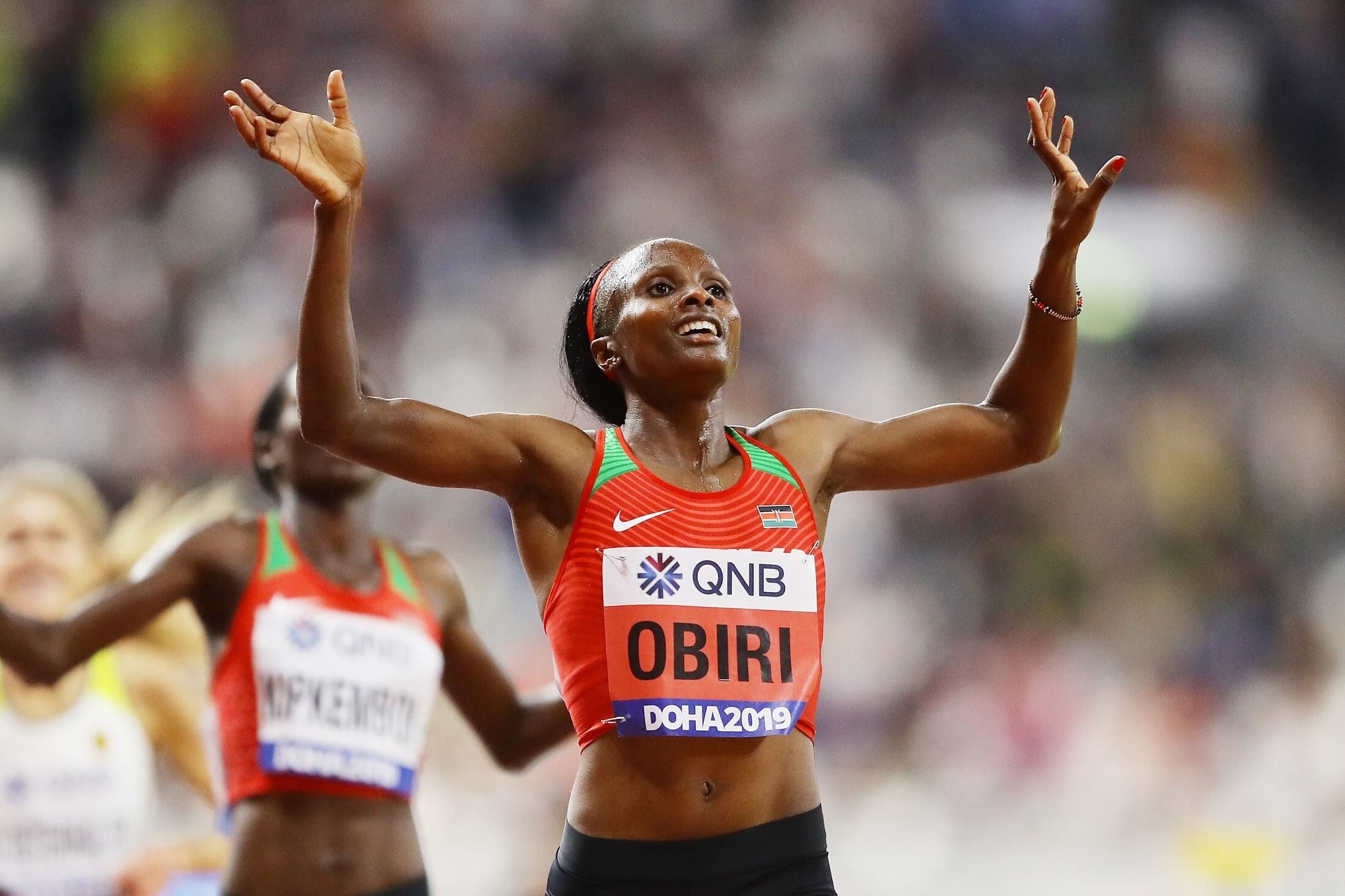
Last fall, Obiri moved from Kenya to Boulder, Colo., joining forces with coach Dathan Ritzenhein and On Athletics Club. She started her 2023 season with a bang, winning UAE’s RAK Half Marathon in February in 65:05 and setting a course record of 67:21 at the NYC Half two weeks ago. Obiri owns the fifth-fastest half-marathon result in history, with a personal best of 1:04:22 from February 2022.
This past week, Obiri made headlines on Strava as she did a 25-mile long run at 2:25 marathon pace with her OAC training partner Joe Klecker of the U.S. (who posted the run). According to Klecker’s Strava caption, Obiri hit 40K in 2:18 (even with a 7:14 first mile).
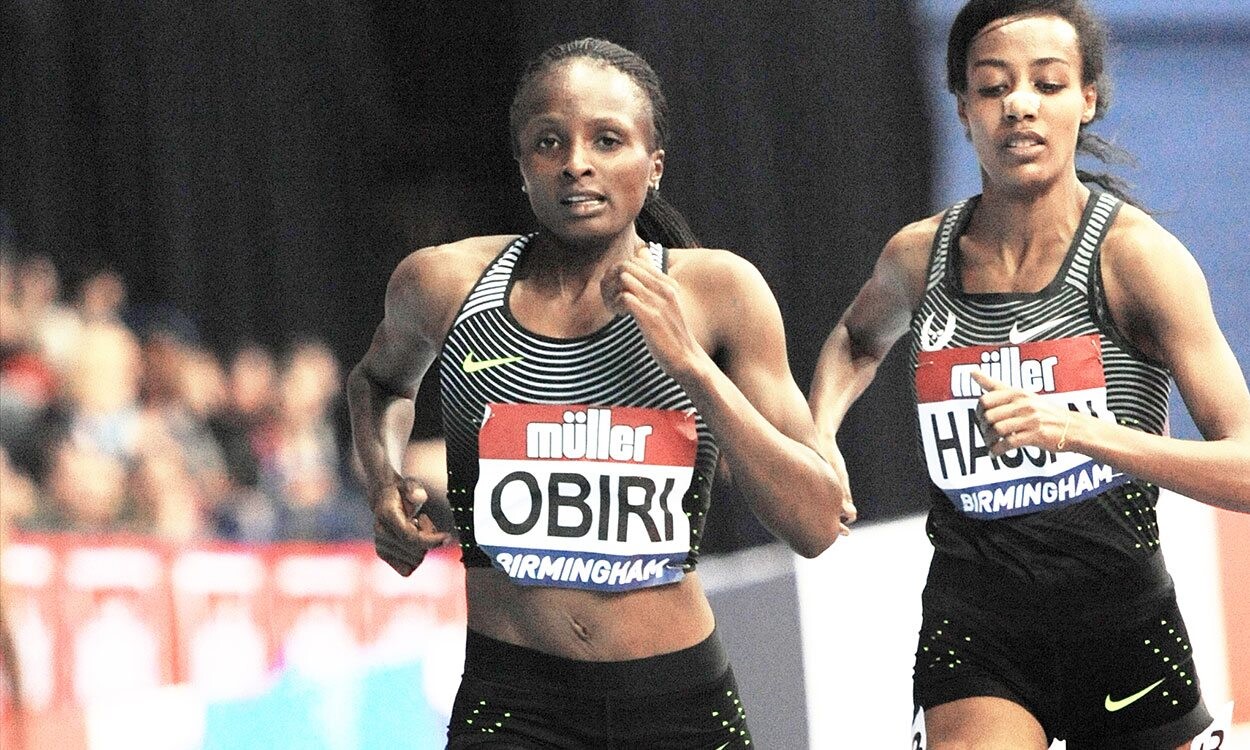
Obiri’s winning streak has indicated that she’s in great shape and now comes into Boston as one of the favourites in the women’s elite field. She will be challenged by 2022 world marathon champion Gotytom Gebreslase, 2020 Tokyo Marathon champion Lonah Salpeter and the woman who beat Obiri last fall in NYC, Sharon Lokedi.
We are less than three weeks away from the 127th Boston Marathon.
(03/29/2023) Views: 593 ⚡AMPby Running Magazine
Boston Marathon
Among the nation’s oldest athletic clubs, the B.A.A. was established in 1887, and, in 1896, more than half of the U.S. Olympic Team at the first modern games was composed of B.A.A. club members. The Olympic Games provided the inspiration for the first Boston Marathon, which culminated the B.A.A. Games on April 19, 1897. John J. McDermott emerged from a...
more...Five unusual races to add to your running bucket list
If you’ve run a lot of road races, you may feel that they’re all pretty similar. Whether you’re racing in Tokyo or Boston, South Africa or the U.K., you’ll probably be running a classic distance on a typical course. There’s nothing wrong with sticking to these kinds of runs, but if you’re looking for a new, think-outside-the-box race, here are a few you should check out.
1.- Défi Escaliers

The Défi Escaliers is a super cool (and extremely difficult) race in Quebec City that takes runners up and down the historic city’s many staircases and features three distance options—9K, 13K and 19K. If you enter the 9K race, you’ll face 1,250 steps between the start and finish. Despite being only 4 km longer, you run double that stair tally in the 13K, hitting 2,500 steps. Finally, in the 19K race, you’ll run up or down all 40 staircases connecting Quebec City’s Lower Town and Upper Town for a grand total of 2,828 steps. This is not a race for the faint of heart, but it is sure to be a fun time, and you couldn’t ask to run it in a cooler city.
2.- Red Bull 400
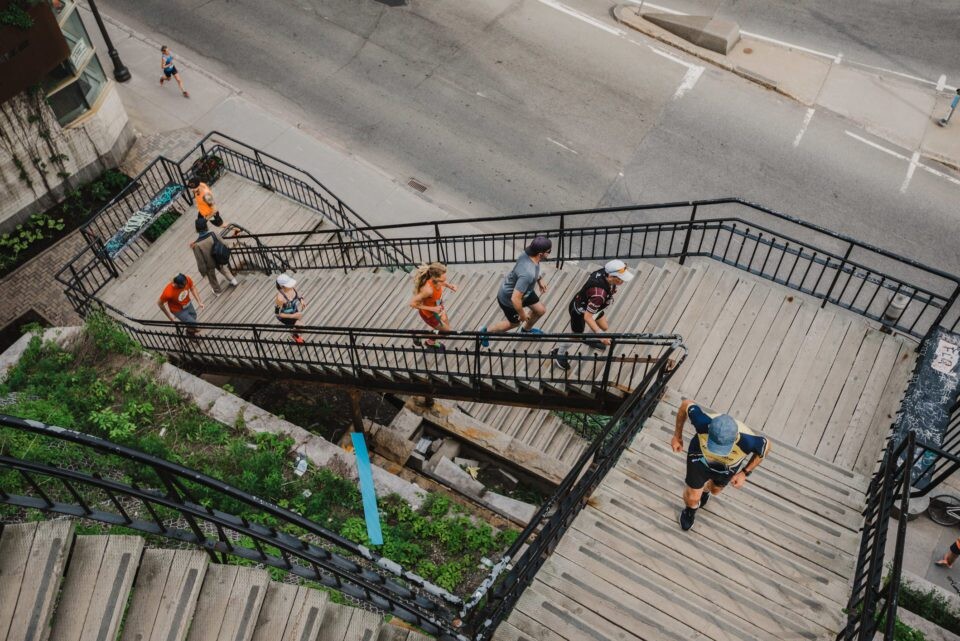
The Red Bull 400 is a race series with events held around the world. These races are 400m in length, which would be pretty easy if they didn’t go up Olympic ski jumps. Runners who are brave enough to take on this challenge will face a whopping 140 metres of elevation gain in the quarter-mile race.
Your legs and lungs will be screaming at you if you give this run a shot, but once you make it to the finish, you’ll be glad you went for it. OK, it might actually take a few hours before you stop hating yourself for putting your body through such a brutal race, but we promise that eventually, you’ll be proud of your accomplishment. (Until the pandemic, there was a Red Bull 400 event in Whistler, B.C., but it has yet to return since the pandemic cancellation. However, there are other Red Bull 400 events held around the world, e.g., Japan, Bosnia and Austria), so if you ever get the chance to run one, you should consider it.
3.- CN Tower Climb
We know, we know–there are way too many races on this list with a focus on running up, but runners love challenging themselves, and running uphill or up stairs will never not be tough. The CN Tower Climb for Nature is yet another brutal challenge that takes place in Toronto every year. Participants in this run will climb 1,776 steps, but unlike the Défi Escaliers, you won’t have flat sections of road between staircases for some mid-run recovery. Not that you need another reason to run the CN Tower Climb, but it’s also a fundraiser for the World Wildlife Fund Canada, and the proceeds will go toward restoring and protecting Canada’s ecosystems. This year’s race goes on April 15 and 16. (Note: there is also a CN Tower Climb sponsored by United Way; this year’s race is Oct. 21 and 22.)
4.- Great Wall Marathon
If you’re looking for an international destination race, the Great Wall Marathon in China is an amazing option. Once again, it involves climbing a lot of steps (more than 5,000), but the views, the atmosphere and the fact that you’re running on the Great Wall of China make it well worth the effort. The race has been around since 1999, and it is extremely popular, so if you’re interested, you should register well in advance.
5.- Wings for Life World Run
Finally, a race on this list that doesn’t necessarily involve stairs or steep inclines. The Wings for Life World Run is another Red Bull event, and anyone can do it, no matter where in the world you live. There are in-person Wings for Life runs, but the entire event is app-based, so there’s no need to travel to an actual course. What makes it unique is the fact that you run until you either want to stop or you get caught by the “Catcher Car,” a virtual car that starts behind all the runners and slowly catches up to every participating runner. This is another fundraising event, and Red Bull donates all proceeds to spinal cord research.
(03/29/2023) Views: 592 ⚡AMPGreat Wall Marathon
Since its inception in 1999, the Great Wall Marathon has become revered as one of the world's most challenging marathons. Run the most challenging marathon of your life along one of mankind's greatest monuments. Since the inaugural Great Wall Marathon in 1999, the field has grown steadily to a sellout event with...
more...Peter Bol’s positive doping test revealed as “blunder” by Sports Integrity Australia
After two long months, the Peter Bol EPO-doping saga has concluded. Two independent laboratories have cleared the Australian 800m runner of using the banned substance, noting a “catastrophic blunder” in testing from Sports Integrity Australia (SIA).
In January, the 29-year-old faced a four-year suspension after he returned a positive result for the banned substance erythropoietin (EPO) from a urine sample taken in October. Upon further investigation, according to Sports Integrity Australia, neither of Bol’s A nor B samples showed the presence of EPO in his urine: “Only naturally occurring, endogenous erythropoietin was present during both tests.”
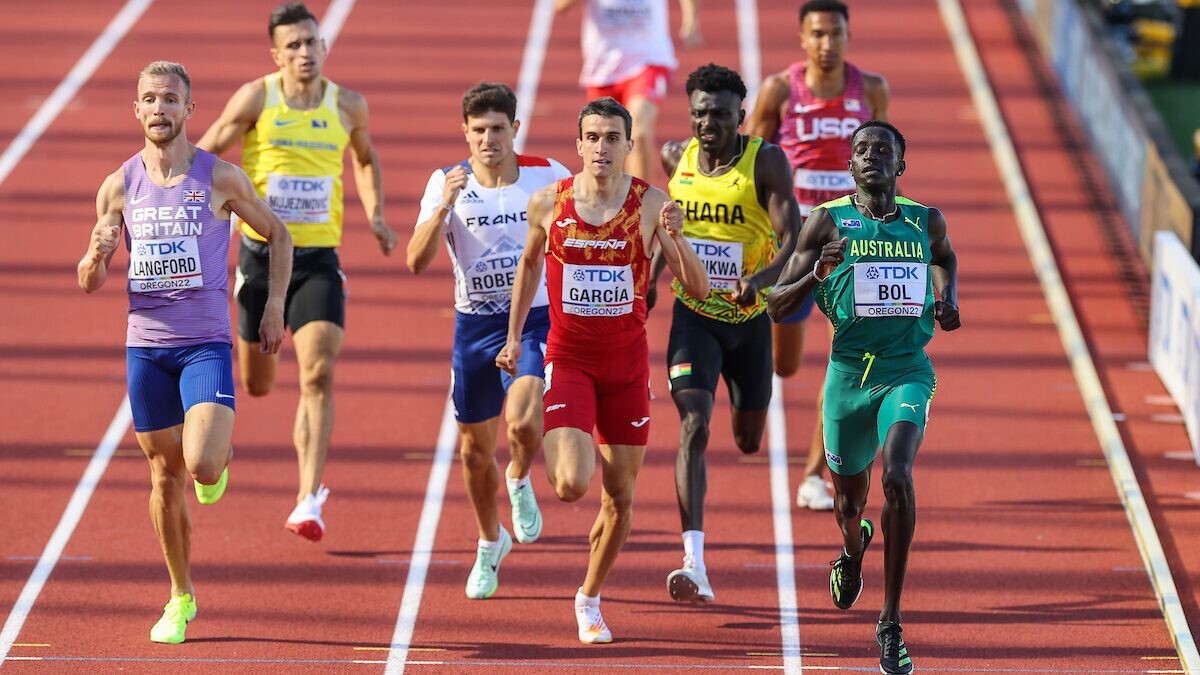
Bol said in an interview with Australia’s 9News that the entire process from the SIA was nothing but unfair to him. “To accuse me of doping without scientific proof… it’s tough, but deep down, I knew I was innocent,” said Bol.
He became a household name in Australia at the 2020 Tokyo Olympics after breaking two national records in qualifying to reach the men’s 800m final, where he finished fourth. At the 2022 Commonwealth Games in Birmingham, U.K., he won silver in the 800m behind Kenya’s Wyclife Kinyamal.
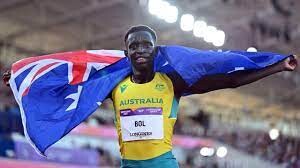
Pleading innocence
Bol hired a lawyer and throughout the process, stressed his innocence on social media, saying he would do whatever was necessary to clear his name. “I told everyone that I was innocent and asked everyone in Australia to believe me and let the process play out,” Bol wrote on Twitter.
Bol voluntarily handed over his laptop, iPad and phone to the SIA to help prove his innocence and paid $1,200 to have his B-sample tested.
Subjective testing
During the investigation process, a group of Norwegian scientists raised their doubts about Peter Bol’s positive A-sample, saying the testing for EPO by the World Anti-Doping Agency remains subjective, especially in cases such as Bol’s, which delivered a “borderline” positive result.
According to the Sydney Herald, his legal team sent a letter to SIA demanding an end to the investigation.
The letter includes two independent expert analyses of Bol’s sample from October last year “never showed the presence of any synthetic EPO” and that “inexperience and incompetence at the Australian Sports Drug Testing Laboratory (ASDTL) led to an incorrect determination” of his positive A-sample.
Last month, the SIA lifted Bol’s suspension, allowing him to return to training after the B-sample tested by the World Anti-Doping Authority (WADA) returned an atypical finding.
Bol said he does not intend to sue SIA for damages, although his legal costs are around $50,000.
“I want SIA to see this situation as an opportunity to improve,” he said to Sydney Herald. “Not me trying to fight them. We’ve been transparent the whole time. They should be the same. What my family has gone through should never happen, but it did happen, and we want people to be held accountable.”
(03/29/2023) Views: 673 ⚡AMPby Marley Dickinson
Bahrain Half Marathon course record holder Sebastien Kimaru Sawe keen to lower personal best at Berlin Half Marathon
Bahrain Half Marathon course record holder Sebastien Kimaru Sawe will be chasing his 4th half marathon title when he lines up at the Berlin 21km race on April 2.
Sawe is fresh from representing the country at the World Cross Country Championships in Bathurst, Australia where he finished seventh to help Team Kenya to the senior men's team title.
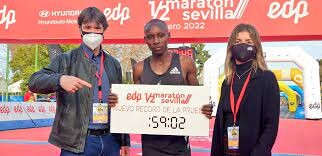
The Rome-Ostia Half Marathon champion said he is preparing for the race at his Kapsabet training base.
Sawe is the fastest on the startlist with a personal best time of 58:02 clocked while winning the Rome-Ostia race.
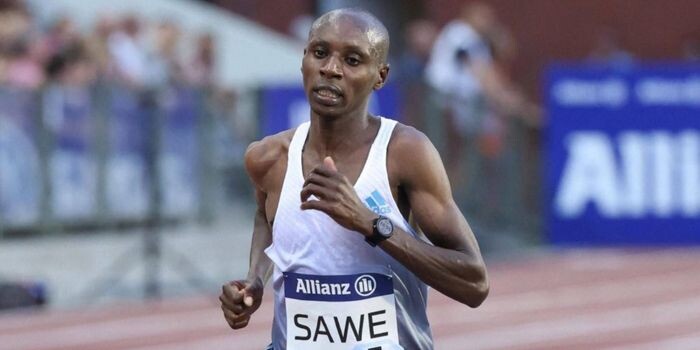
He will be in the company of compatriots Philemon Kiplimo (58:11), Alex Kibet (58:55) and Dominic Lobalu (59:12) while Ethiopian Gemechu Dida (59:21) will be spoiling for a fight against the Kenyan trio.
Other Kenyans in the men's race include Charles Wanjiku, Simon Ekidor and Patrick Kipngeno while Ludwina Chepngeno and Faith Kimutai will be the only Kenyans in the women's category.
"It will be my first time to compete at the Berlin Half Marathon and I am preparing well for the race. It's been a few days since running in a major race but I am hoping for good results on Sunday," said Sawe.
Sawe has won four of the five half marathons he has competed in. He is also the national cross country champion.
"I have had a good run in half marathons, winning Rome-Ostia and Bahrain with course records," said Sawe.
He regretted his seventh-place finish in Bathurst, saying the weather was unfavorable and the course hilly to his liking.
"The race was not that easy. It was a tough course and the weather did not favor us much but we tried our best to win the title for Team Kenya," added Sawe.
(03/29/2023) Views: 559 ⚡AMPby Emmanuel Sabuni
Berlin Half Marathon
The story of the Berlin Half Marathon reflects a major part of the history of the German capital. It all began during cold war times and continued during reunification. The events leading up to today's event could really only have happened in this city. Its predecessors came from East- and West Berlin. On 29th November 1981 the Lichtenberg Marathon was...
more...Viktoria Brown breaks 72-hour world record, 48-hour Canadian best in Italy
Earlier in March, Whitby, Ont., runner Viktoria Brown broke her own 48-hour Canadian record and 72-hour world record while competing at the GOMU (Global Organization of Multi-Day Ultramarathoners) six-day world championships in Policoro, Italy. Brown ran 364 km over 48 hours and 475 km after 72, beating her two previous records by 11 km and 8 km, respectively. She finished the six-day event with a grand total of 684 km to take home the women’s individual gold medal.
The event in Italy marked the first six-day world championship organized by GOMU, which was founded in 2021. Brown is a vice president, as is Greek ultrarunning legend Yiannis Kouros; Canadian ultrarunning pioneer Trishul Cherns is president. The organization held its first world championship event—a 48-hour competition—in New Jersey in September 2022, and Brown and the team are looking to add 72-hour and 10-day races into the mix in the near future.
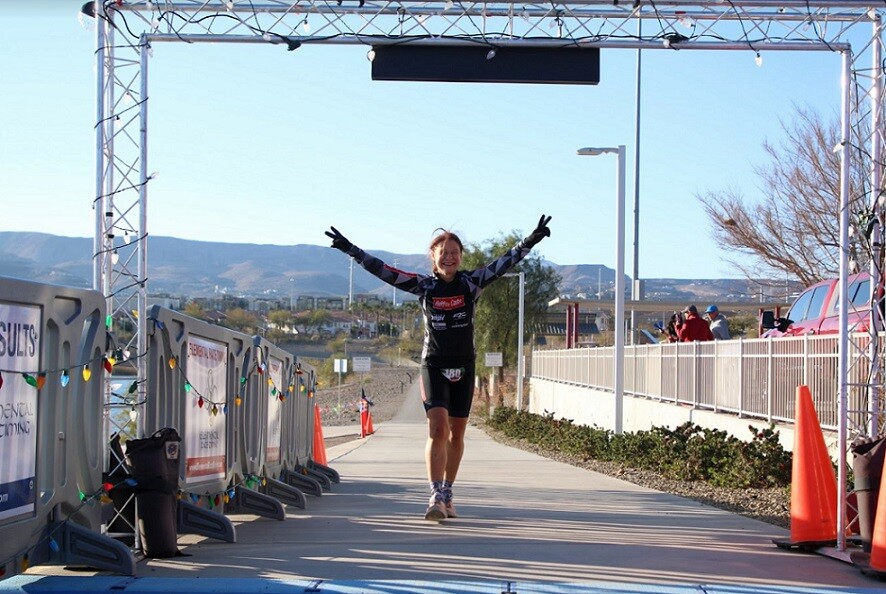
Canada didn’t send a team to the GOMU worlds, so Brown competed for Hungary, where she also holds citizenship. She helped lift the Hungarian women to the team world championship to pair with her individual gold medal. Going into the event, Brown’s Canadian 48-hour record stood at 353 km, which she ran in June 2022 at the Six Days in the Dome event in Wisconsin. After two days of running in Italy, she had eclipsed her PB to add another 11 km to her national record, which now stands at a whopping 364 km.
Up next was the 72-hour mark, and Brown had her eyes on her world record of 467 km. She ran that amazing result at the same race where she posted her 48-hour best last June. Just like she did in Wisconsin, Brown charged forward after securing her 48-hour record, and eventually toppled her 72-hour best, too, with a tally of 475 km.
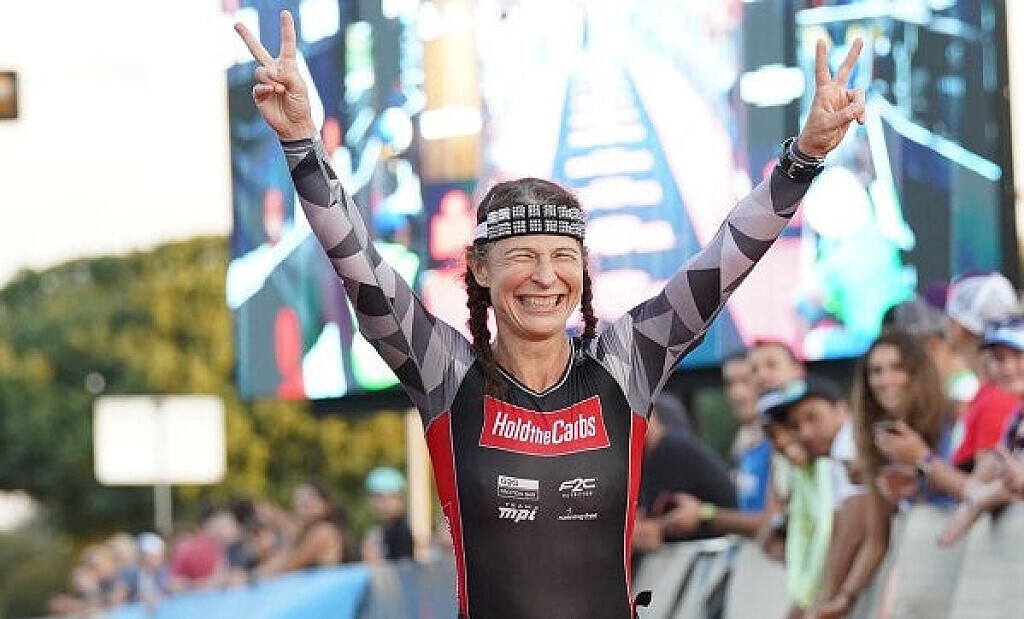
At that point, Brown already had two records in the books, but she was still only halfway through the six-day race. She carried on for another three days, eventually finishing with a phenomenal winning result of 684 km. That’s an amazing total, but even more incredible is the fact that it’s more than 50 km shy of Brown’s six-day PB (and, you guess it, another Canadian record) of 736 km. As with her 48- and 72-hour marks, Brown ran that result at the Six Days in the Dome last year.
Brown says the next race on her schedule is the Badwater 135 ultramarathon in California, but since that isn’t until July, she may take another shot at the 72-hour record with hopes of improving her world record once again.
(03/28/2023) Views: 802 ⚡AMPby Running Magazine
Zach Panning And Sarah Disanza Win Shamrock Shuffle 8k
The winners of the 2023 Bank of America Shamrock Shuffle 8K crossed the finish line Sunday, leading thousands of racers in the unofficial kickoff to outdoor running season in Chicago.
Zach Panning, of Rochester Hills, Michigan, won the race by finishing as the first runner with an unofficial time of 22:48, according to race results.
"It feels good. I was second last year to Tai Dinger, who was second this year, so it’s fun having a little fun rivalry," Panning told NBC 5 at the finish line. "I love Chicago. I ran the marathon last year, and really enjoy it. It’s a beautiful city."
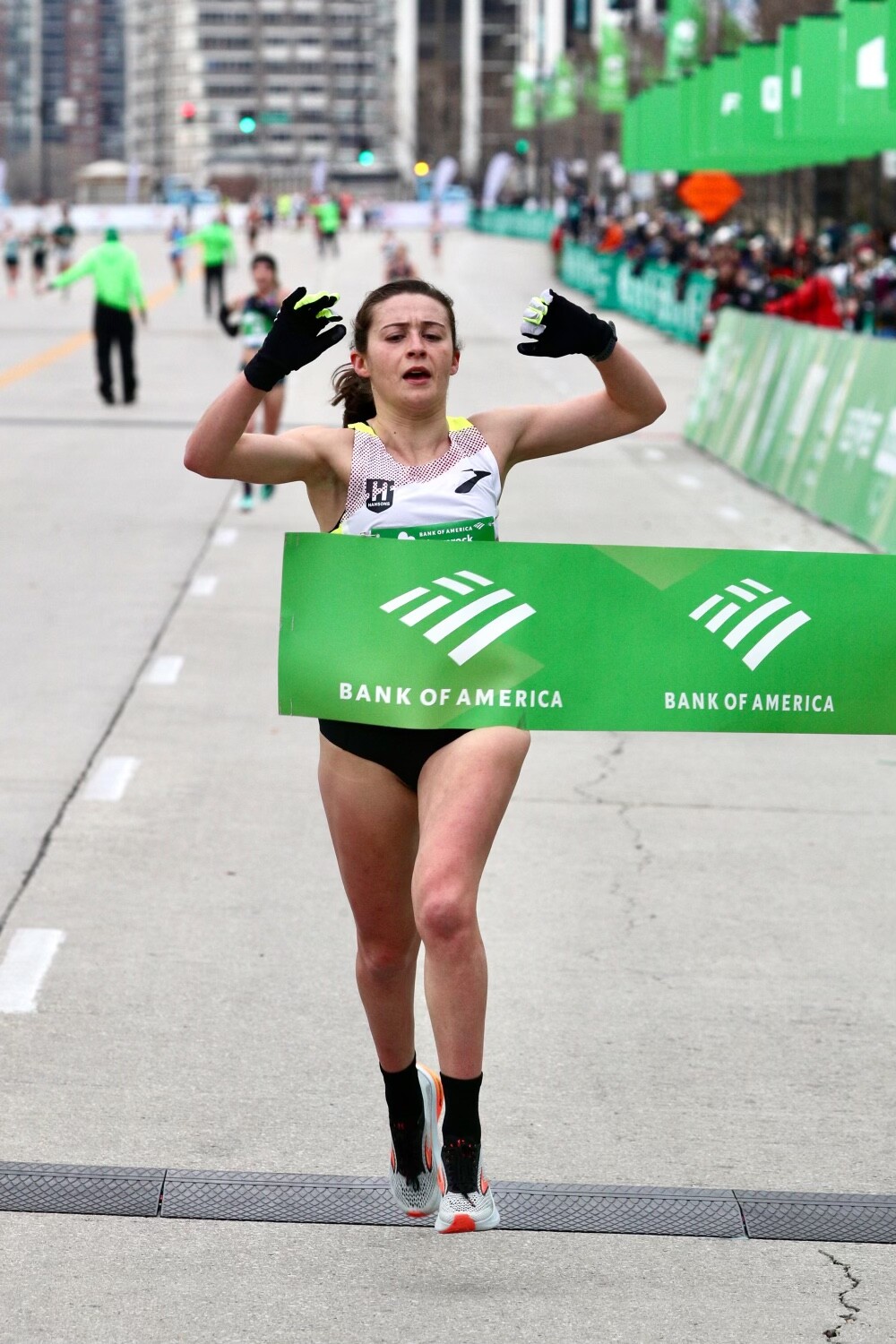
Panning said he plans to focus on the next Olympic trials marathon next year.
Sarah Disanza, who is also from Rochester Hills, Michigan, was the first female finisher in the 8K event, crossing the finish line with an unofficial time of 26:35.
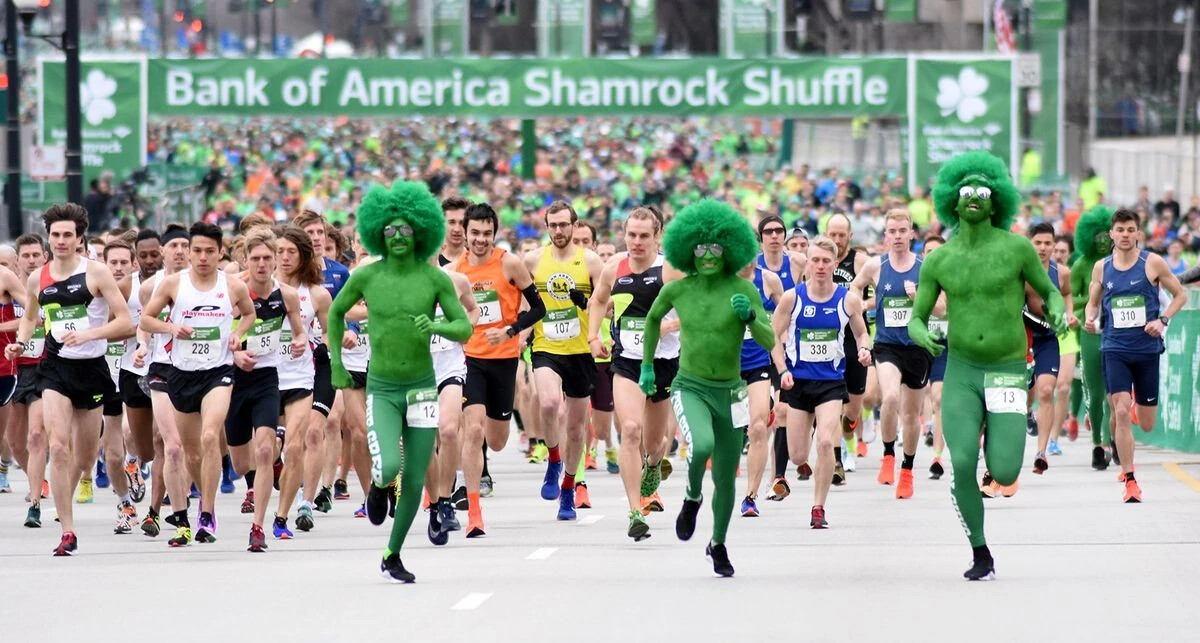
"It’s super exciting. I’ve been coming back from a tendon tear in my foot for a long time, so it was great to get out there and really rip it," she said. "You just have to ask yourself ‘how much do you love it?’ For me, every single day that I was out there cross-training, it was so worth it. It’s my favorite thing in the world, for moments like this and being here with my teammates."
The first to cross the finish line was wheelchair racer and defending champion Samantha Schroth, a Wisconsin native who lives in Chicago.
She finished first in the wheelchair race, with a time of 25:57, faster than her 2022 victory finish. The next wheelchair finisher was Angelo Perez, who crossed with an unofficial time of 40:38.
"Step outside your comfort zone. Everyone has things in their lives they’re nervous about, whether you’re disabled or able-bodied, and you just have to step outside your comfort zone and give it a chance," Schroth told NBC 5 at the finish line. "You never know what’s on the other side. I didn’t think I’d be racing post-injury, but I’m loving every second of it."
The top finishers paved the way as thousands of runners took over Chicago streets on a colder spring day.
(03/28/2023) Views: 653 ⚡AMPB of A Shamrock Shuffle 8K
The Shamrock 8k is a huge celebration of the beginning of running season. It is the world's largest timed 8k, starting and finishing in Chicago's Grant Park. Runners feel the energy of over 30,000 runners and a big cheering crowd (present during the entire course.)The excitement lasts throughout the after-party, where participants find beer, food and live music. The flat...
more...Eilish McColgan set for Berlin Half Marathon test
British record-holder faces key race in Germany this weekend ahead of marathon debut in London on April 23.
Three weeks before making her marathon debut in London, Eilish McColgan will tackle the Berlin Half Marathon on Sunday (April 2) looking for a confidence-boosting performance.

The 32-year-old has dealt with a number of injury niggles so far this year such as bursitis on her knee and Achilles and calf issues. Despite this she broke Paula Radcliffe’s long-standing British 10,000m record with 30:00.86 in California at the start of March although she subsequently withdrew from last weekend’s NYC Half.
After training in altitude in Colorado, she is now set to travel to Europe this week to run the Generali-sponsored Berlin Half Marathon where her rivals include Tsigie Gebreselama of Ethiopia and Ludwina Chepngetich of Kenya, whereas fellow Brits Samantha Harrison and Calli Thackery are also set to compete.

Gebreselama has run 65:46 – which she ran in Valencia last October behind Konstanze Klosterhalfen – whereas Chepngetich has run 67:30 and McColgan’s UK record is 66:26.
Gebreselama, 22, also won silver behind Beatrice Chebet in the women’s race at the recent World Cross Country Championships in Australia.
You can expect fast times because very much like the city’s annual marathon in the autumn, the half-marathon has seen quick times over the years. Sifan Hassan of the Netherlands ran 65:45 here in 2019 with the current course record held by Kenya’s Sheila Kiprotich Chepkirui with 65:02 from 12 months ago.
The men’s line-up meanwhile is led by Sabastian Sawe, whose PB of 58:02, plus fellow Kenyans Philemon Kiplimo and Alex Kibet, the latter being the 2022 winner in Berlin. Up against the Kenyans are Dominic Lobalu of South Sudan and Gemechu Dida of Ethiopia, whose PBs are 59:12 and 59:21 respectively.
(03/28/2023) Views: 609 ⚡AMPby Jason Henderson
Berlin Half Marathon
The story of the Berlin Half Marathon reflects a major part of the history of the German capital. It all began during cold war times and continued during reunification. The events leading up to today's event could really only have happened in this city. Its predecessors came from East- and West Berlin. On 29th November 1981 the Lichtenberg Marathon was...
more...90-year-old Italian man breaks marathon age-group world record
If you need a little inspiration today, meet 90-year-old marathoner Antonio Rao, from Rome. At the 2023 Rome Marathon on March 19, Rao became the fastest 90+ man in history, finishing the marathon in six hours and 14 minutes to break the M90 world record by a staggering 30 minutes.
Living to age 90 is amazing on its own, but Rao is pushing the limits of human performance. He averaged eight minutes and 53 seconds per kilometre over 42.195 of them–and he even went out hot, splitting 2:49:40 at the half-marathon mark. Rao seems to be getting faster with age on the Rome Marathon course. In 2022, at 89, he ran six hours and 20 minutes to win his age category outright.
Rao, born in 1933, told the Italian newspaper La Repubblica that he began running as a teenager to keep up with a friend and hasn’t stopped since. “If I can do it at this age, anyone can,” said Rao. “I’d like to be an example of that.”
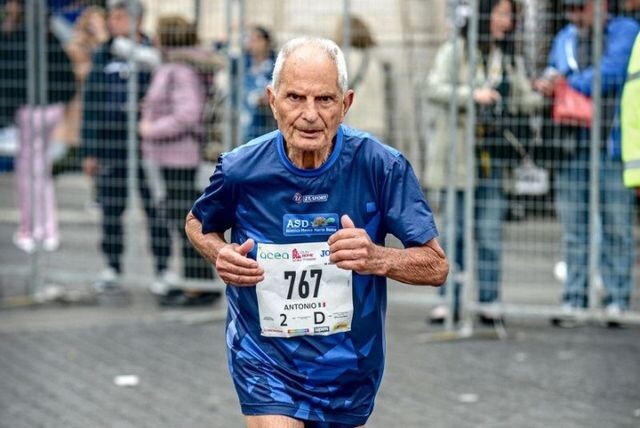
According to La Repubblica, Rao had no idea he set a world record when he finished. His family was there to celebrate his accomplishment at the finish line near the Colosseum.
He took the M90+ record from U.S. marathoner Ernest Van Leeuwen (born. 1912), who recorded a time of 6:46:34 at the 2005 Los Angeles Marathon. Van Leeuwen held the record for 18 years and ran the L.A. Marathon every year until his death in March 2007 at age 94.
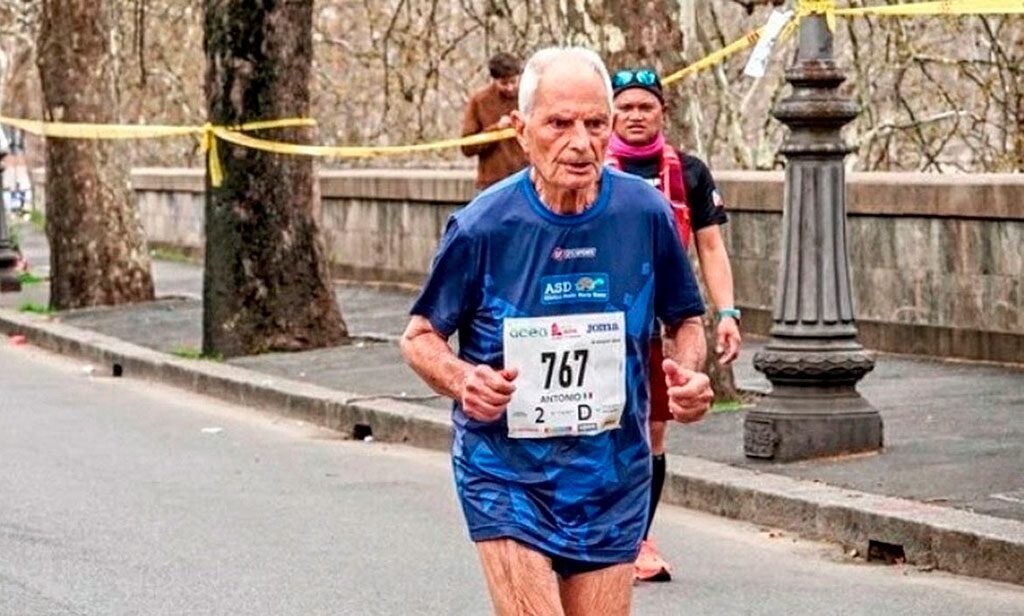
Rao has run the Rome Marathon every year since 2015 (except during the pandemic), and in 2007 he ran a sub-two-hour half marathon at age 75. In an interview, Rao said he still trains 20 to 30 kilometres each week.
Running is a great way to keep your body active and mind young, and Rao is proving just that. Rao has run the Rome Marathon every year since 2015 (except during the pandemic), and in 2007 he ran a sub-two-hour half marathon at age 75. In an interview, Rao said he still trains 20 to 30 kilometres each week.
Running is a great way to keep your body active and mind young, and Rao is proving just that.
(03/28/2023) Views: 631 ⚡AMPby Marley Dickinson
Run Rome The Marathon
When you run our race you will have the feeling of going back to the past for two thousand years. Back in the history of Rome Caput Mundi, its empire and greatness. Run Rome The Marathon is a journey in the eternal city that will make you fall in love with running and the marathon, forever. The rhythm of your...
more...Starting in 2024 the Boston Marathon will have a new primary sponsor for the first time since 1985
Following a months-long search, the Boston Athletic Association announced Monday that Bank of America will become the new presenting sponsor of the historic annual race. The announcement launches a decade-long agreement between the B.A.A. and the major bank.
"We are super excited for the city of Boston, for our sport of running to be partnering with Bank of America beginning in 2024, for not only the Boston Marathon, but everything that the Boston Athletic Association does," said Jack Fleming, President and CEO of the B.A.A.
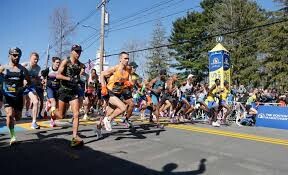
Bank of America will replace John Hancock, which is sponsoring the Boston Marathon for the last time on April 17.
"When we saw that John Hancock was going to move on -- and they've been an incredible partner for the B.A.A. -- we jumped at the opportunity," said Miceal Chamberlain, Bank of America's president for Massachusetts and national regional executive for global commercial banking. "From our CEO, Brian Moynihan, on down, we said this is one of those once-in-a-lifetime (opportunities) to partner and align with an organization that has similar values and purposes and wants to do well in the community."
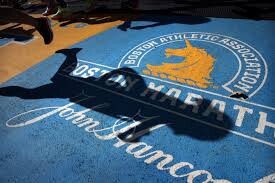
The bank is also the title sponsor of the Bank of America Chicago Marathon but unlike that arrangement, the bank and B.A.A. agreed to put the sponsorship after the name of the race. Accordingly, starting in 2024, the full title of the event will be "The Boston Marathon presented by Bank of America."
"We want to be there to help shine a brighter light on it. Give it more attention. Our branding, our marketing, we think, can help amplify the message that they've been delivering for over 100 years now," said Chamberlain.
In addition to the sponsorship of the marathon, Bank of America and the B.A.A. said they will work together to grow the Boston Marathon's non-profit, engagement and philanthropic initiatives.
"Bank of America saw the Boston Marathon as something special, something different. And Bank of America saw that we can achieve what we are seeking to do together with the way we are positioned," said Fleming.
As the new and exclusive local broadcast partner of the Boston Marathon, WCVB Channel 5 will broadcast the race live on Monday, April 17, with the national simulcast airing on ESPN.
(03/27/2023) Views: 538 ⚡AMPBoston Marathon
Among the nation’s oldest athletic clubs, the B.A.A. was established in 1887, and, in 1896, more than half of the U.S. Olympic Team at the first modern games was composed of B.A.A. club members. The Olympic Games provided the inspiration for the first Boston Marathon, which culminated the B.A.A. Games on April 19, 1897. John J. McDermott emerged from a...
more...Emily Sisson withdraws from 2023 London Marathon due to hip injury
The stacked women’s field at 2023 TCS London Marathon will not include American record holder Emily Sisson. At 7:00 am ET today, the race announced Sisson had withdrawn from the race and then a few hours later Sisson explained why in an Instagram post.
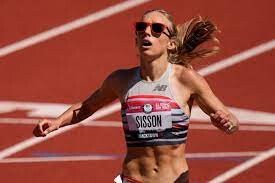
“I tweaked something in my hip during a workout a few weeks ago, and it just didn’t quite heal fast enough! I have taken a few days off since then & have been slowly increasing my runs—and things are feeling a lot better!” wrote Sisson. “Initially I was pretty bummed, but I’m going to pivot to some shorter races this summer instead now! And I will do a marathon later this year. I will keep my race schedule posted.”
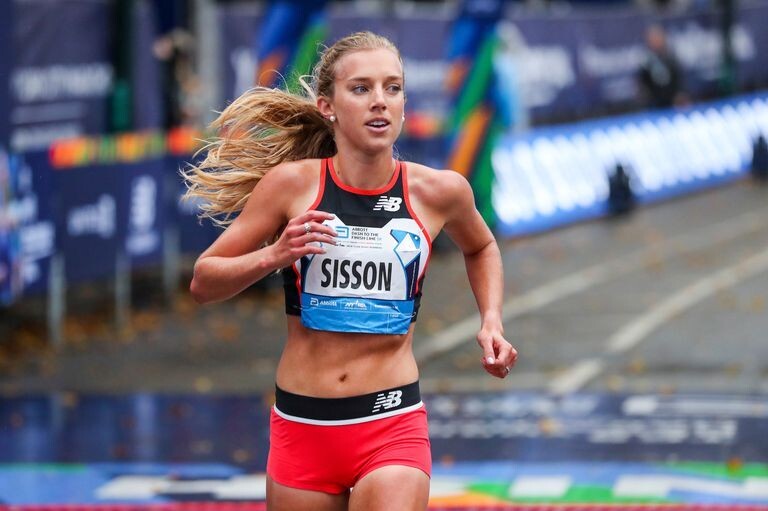
Sisson’s withdrawal comes just 13 days after the former American record holder Keira D’Amato told Runner’s World she also wouldn’t be competing in London due to a tweaked knee.
The race also announced today that the fourth fastest Brit in history, Jess Piasecki (2:22:27 pb) , would not be competing as well due to injury. Since the race announced its record-breaking lineup in February, a number of people have withdrawn besides the two Americans and Piasecki. Also withdrawing have been the 5th fastest woman in history Tigist Assefa (2:15:37 pb) of Ethiopia, Australian record holder Sinead Diver (2:21:34), as well as Brits Charlotte Purdue (2:23:16 pb) and Stephanie Davis (2:27:16 pb).
(03/27/2023) Views: 543 ⚡AMPby Robert Johnson
TCS London Marathon
The London Marathon was first run on March 29, 1981 and has been held in the spring of every year since 2010. It is sponsored by Virgin Money and was founded by the former Olympic champion and journalist Chris Brasher and Welsh athlete John Disley. It is organized by Hugh Brasher (son of Chris) as Race Director and Nick Bitel...
more...Reigning champions returning for B.A.A. 5K
Global medalists, returning champions and exciting challengers from Massachusetts will headline the Boston Athletic Association's 5K and Invitational Mile, the races which kick off the Boston Marathon weekend.
Both of the races will be held on Saturday, April 15.
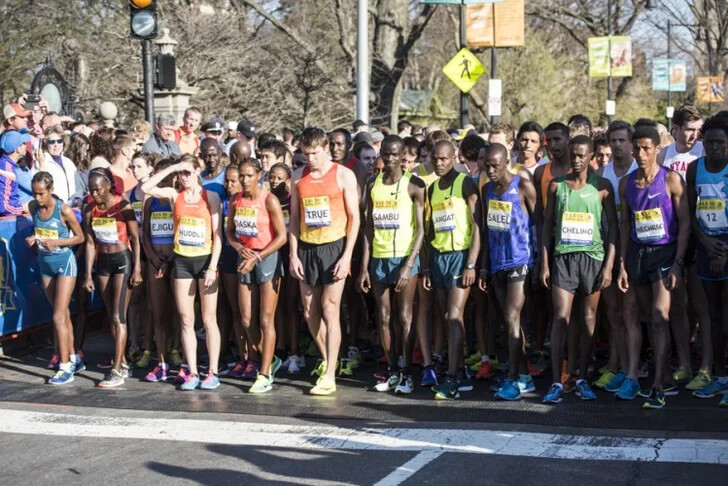
Among the professional athletes entered in the B.A.A. 5K are reigning champions Charles Philibert-Thiboutot of Canada, Marcel Hug of Switzerland and Jenna Fesemyer of the USA. Recently crowned world cross-country champion Beatrice Chebet of Kenya will make her Boston road racing debut in the competition.
The B.A.A. 5K starts and finishes in Boston Common at 8 a.m., featuring 10,000 athletes from 87 countries and all 50 U.S. states.
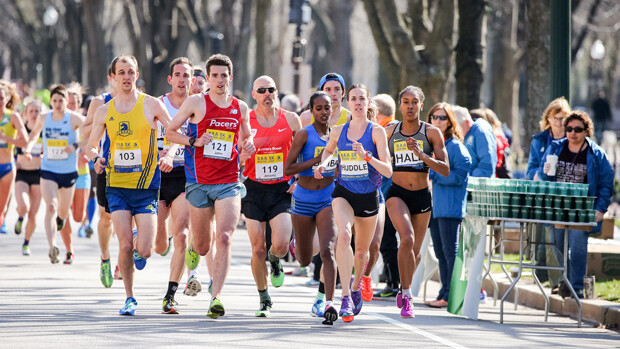
After the 5k, the Invitational Miles will be featured at the historic Boylston Street finish line.
Local Bay State stars Johnny Gregorek of Seekonk, the defending men's champion, and Ellie Shea of Belmont will compete in the three-lap race starting and finishing on Boylston Street.
Also in the field are 2022 B.A.A. Invitational Mile women’s runner-up Taryn Rawlings, 2021 NCAA Cross Country champion Whittni Morgan, and high school sub-four-minute miler Hobbs Kessler, who now runs professionally for Adidas.
“This year’s professional fields blend together experience with up-and-coming stars for the B.A.A. 5K and B.A.A. Invitational Mile,” Mary Kate Shea, B.A.A. Director of Professional Athletes, said. “Participants, spectators, and running enthusiasts will get to witness world-class competition at shorter distances two days before the 127th Boston Marathon.”
(03/27/2023) Views: 598 ⚡AMPB.A.A. 5K
The B.A.A. 5K began in 2009, and became an instant hit among runners from far and wide. Viewed by many as the “calm before the storm,” the Sunday of Marathon weekend traditionally was for shopping, loading up on carbohydrates at the pasta dinner, and most importantly- resting. But now, runners of shorter distances, and even a few marathoners looking for...
more...Blair Morgan and Sasha Gollish take wins at Around the Bay Road Race
The 2023 edition of the Around the Bay Road Race (ATB) was held on Sunday, and thousands of runners took to the streets of Hamilton to race the 5K, 30K and relays. Ottawa runner Blair Morgan and Toronto’s Sasha Gollish were the top men’s and women’s finishers in the 30K, both grabbing the first ATB wins of their careers. Morgan finished in a winning time of 1:37:46, and Gollish crossed the line in 1:48:03 for the women’s win and eighth overall.
ATB 30K
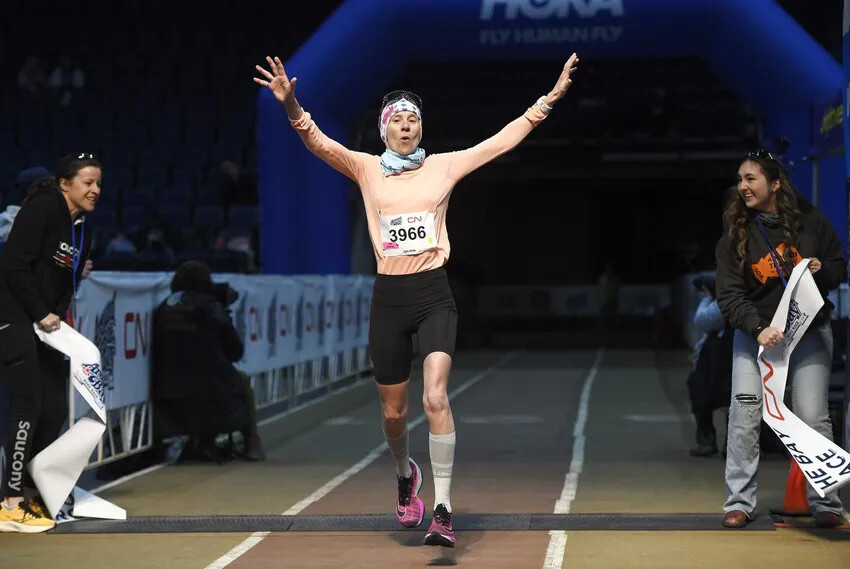
Morgan took control of the race early on in the run, and by the time he recorded his opening 10K split of 31:40, he had already built a lead of one minute over the next-closest runner. By 15K, the gap had grown even bigger, and Toronto’s Romain Carette sat in second place more than two minutes back.
Morgan passed through the 20K checkpoint in 1:04:07. Two and a half minutes behind him were Carette and fellow Torontonian Eric Bang, who were separated by just a few seconds. Morgan’s lead got up to three minutes before the finish, and he stopped the clock in 1:37:46. Bang put a lot of time into Carette in the closing 10K, finishing a minute ahead of him in 1:40:40 to secure second place. Carette held on for third in 1:41:42.

The women’s race was much tighter than the men’s, with Gollish battling alongside Rachel Hannah of Port Elgin, Ont., for more than half of the run. The two women covered the first 10K in identical splits of 35:39, and they passed through 15K a couple of seconds apart, both hovering just under 54 minutes. Over the following 5K, however, Gollish managed to pull away from Hannah, and by 20K she had a lead of about 40 seconds.
Gollish’s lead only continued to grow in the final 10K, and by the time she made it to the finish, she was close to three minutes ahead of Hannah. She won the race in 1:48:03, followed by Hannah in second in 1:50:41. Third place went to Kingston, Ont., runner Teagan Robertson in 1:58:11.
The 5K
Aaron De Jong of Mississauga, Ont., won the 5K race in 15:56. He was followed closely by Sam Richter of Port Sydney, Ont., who finished in second in 15:59. A few seconds back in third place was Caleb Beland of Sudbury, Ont., who crossed the line in 16:02.
In the women’s 5K, Etobicoke, Ont., athlete Brittany Moran won in 17:33, close to a minute ahead of second-place Carley Somerset of Guelph, Ont., who stopped the clock in 18:26. Not far behind Somerset was Mississauga’s Jessica Kellar, who rounded out the podum in 18:49.
(03/27/2023) Views: 849 ⚡AMPby Ben Snider-McGrath
Around the Bay 30k
Hamilton's Around the Bay Road Race is the oldest on the continent, first run in 1894, three years before the Boston Marathon. Rich in tradition, it has been won by the best from around the world, including Boston Marathon winners and Olympic gold medallists. Become part of the continuing tradition by running this challenging course around Hamilton's natural harbour! ...
more...Kipchoge steps up preps with eyes on Boston Marathon title
Eliud Kipchoge is targeting a course record at next month's Boston Marathon even as he steps up preparations for the April 17 race.
Speaking to NN Running Team, Kipchoge who is regarded as one of the greatest marathoners of all time, said: "I just don't want to participate at the sixth Abbott World Marathon Major. I want to win it with a course record. It will be another milestone since I already have course records from the Tokyo, London and Berlin marathons.
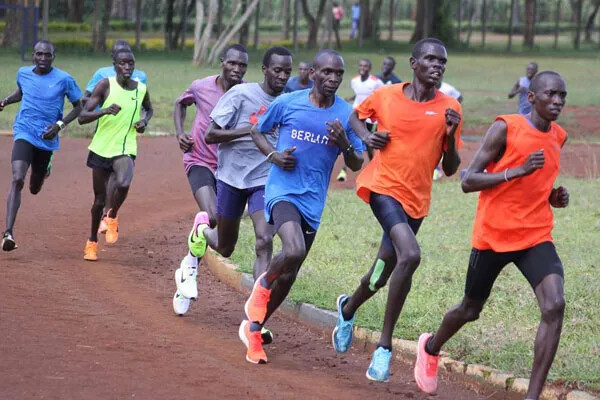
The Boston Marathon course record stands at 2:03:01, set by Kenya's Geoffrey Mutai in 2011.
The two-time Olympic Marathon champion who lives and trains in Kaptagat added: "All is well as far as training is concerned. I think I am in the right direction heading towards April."
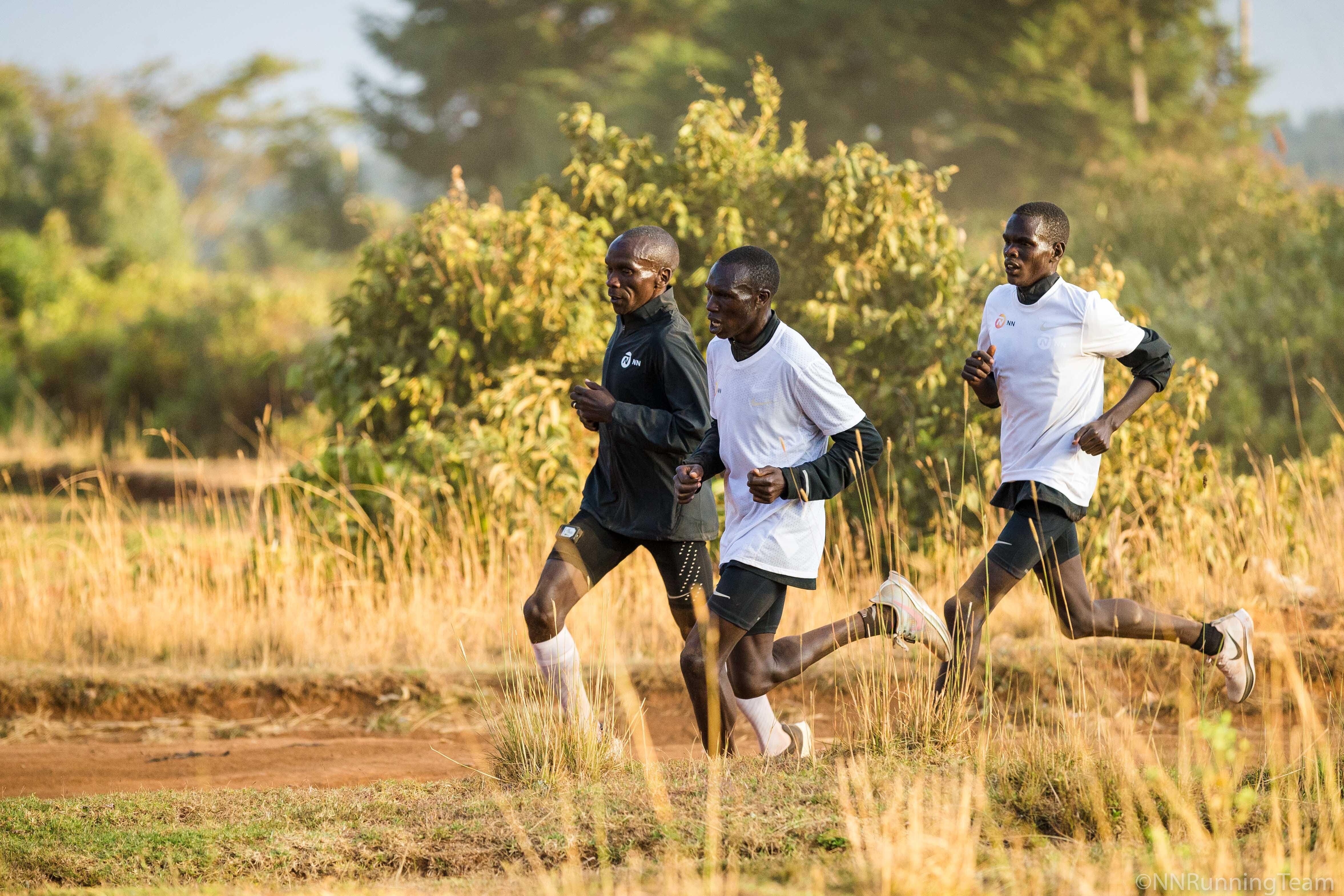
"It is the right time now to train on the 'Boston route' here in Kenya. It is an uphill and tough course of about 40km. Training at high altitude is good since it can help one breathe well and run fast."
Kipchoge is also keen on defending his Berlin Marathon title on September 23.
"Berlin and Boston are two different races on different continents. Berlin is a flat course. Boston on the other hand, is uphill and needs a lot of patience and hard work to go through," said Kipchoge.
"Boston is unpredictable and sometimes the weather is challenging but I am trying to be all-rounded."
(03/27/2023) Views: 604 ⚡AMPby Evans Ousuru
Boston Marathon
Among the nation’s oldest athletic clubs, the B.A.A. was established in 1887, and, in 1896, more than half of the U.S. Olympic Team at the first modern games was composed of B.A.A. club members. The Olympic Games provided the inspiration for the first Boston Marathon, which culminated the B.A.A. Games on April 19, 1897. John J. McDermott emerged from a...
more...Garcia breaks 35km race walk world record in Dudince
Double world champion Kimberly Garcia got her 2023 campaign off to a superb start on Saturday (25), breaking the 35km race walk world record with 2:37:44* at the Dudinska 50, the first World Athletics Race Walking Tour Gold meeting of the year.
The Peruvian race walker produced a solo effort from the early stages, passing through the first kilometre as part of a small lead group and then breaking away just a couple of minutes later. By the time she reached 5km in 22:41, she had a 16-second lead over Chinese duo Liu Hong and Ma Li.
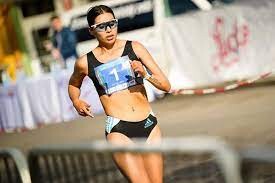
Garcia’s lead grew to more than a minute by 15km, which she passed in 1:07:29 with four-time world champion Liu still level with compatriot Ma. World silver medallist Katarzyna Zdzieblo was a further minute behind in fourth.
Ma started to lose contact with Liu at about 18km, but Garcia continued churning out her metronomic splits, reaching 20km in 1:29:58. With 10km to go, Garcia’s lead
over Liu had grown to 84 seconds. Wu Quanming, meanwhile, was starting to close on Chinese teammate Ma.
Garcia reached 30km in 2:15:10, almost two minutes clear of Liu, who was safe in second place. Wu had moved into third by this stage, but Ecuador’s Magaly Bonilla was closing fast.
There was no catching Garcia, though, who maintained her relentless pace to charge through the finish line in 2:37:44, taking two seconds off the previous fastest mark for the distance.
Liu, who was making her debut at the distance, followed more than two minutes later in 2:40:06 but was rewarded with an Asian record. Bonilla was third in an Ecuadorian record of 2:46:32 and a fading Wu held on for fourth (2:47:34).
"I knew I was in good shape and that I could challenge the world record," said Garcia. "The first 20km was ok and at a good pace, then I started to tire and the wind got stronger. Thankfully I found some extra energy for the final five kilometres.
"It's a big thing for me to achieve this record," added Garcia, who also confirmed she will defend both of her titles at this year's World Championships. "I still think I can go faster, maybe at the World Championships. I'm not planning any more 35km races before Budapest."
Doctor remedies last year’s runner-up finish
One year after finishing second over 35km in Dudince, Mexico’s Jose Doctor triumphed in a national and meeting record of 2:26:37.
He trailed Olympic bronze medallist Evan Dunfee and Ecuador’s Brian Pintado during the early stages, as Dunfee led through 10km (41:25). They moved together as a trio up until 17km, reached in 1:10:14, but Dunfee then started to slip behind. By 20km, which Pintado and Doctor reached in 1:22:31, an 11-second gap had emerged to Dunfee.
Pintado tried to make a break after 22km, but Doctor reeled him back in just over a kilometre later. Brazil’s Caio Bonfim, meanwhile, was also moving through the pack. Doctor reached 25km in 1:43:21 with an 18-second lead over Bonfim, who was now in second, 24 seconds clear of Pintado.
Pintado continued to slip behind and eventually withdrew after 27km. Doctor, however, remained a safe distance ahead of Bonfim, while China’s Cui Lihong was making up ground on Dunfee.
Doctor extended his lead in the final kilometres and crossed the line a confortable winner in 2:26:37. Bonfim was second in 2:27:30. Lihong moved into third place with just over a kilometre left, finishing 15 seconds ahead of the Canadian in 2:29:00.
In the closest finish of the day, 2017 world champion Eider Arevalo of Colombia won the men’s 20km in 1:19:23 with double world bronze medallist Perseus Karlstrom finishing 21 seconds behind.
India’s Sandeep Kumar led during the early stages, going through 5km in 19:38 with a five-second lead over Karlstrom. The Swede drew level with Kumar a few kilometres later and the duo went through 10km in 39:33, 17 seconds ahead of Arevalo and Mexico’s Noel Chama.
Kumar was given a third red card and had to sit out a one-minute penalty, essentially taking him out of contention. It left Karlstrom alone in the lead between 12km and 17km when Arevalo finally caught up with him.
They rallied for the best part of a lap before Arevalo finally broke free thanks to a 3:50 final kilometre, winning in 1:19:23. Karlstrom was second in 1:19:44 and Chama was third in 1:20:46.
Elsewhere, Mexico’s Alegna Gonzalez won the women’s 20km race in 1:28:09, winning by more than two minutes from Puerto Rico’s Rachelle de Orbeta.
(03/26/2023) Views: 674 ⚡AMPby World Athletics
So It Turns Out Diplo Says He Ran the LA Marathon on LSD
Never try anything new on race day, unless you’re Diplo, I guess.
When Diplo ran the Los Angeles Marathon last weekend, breaking the four-hour mark with Olympian Alexi Pappas by his side, that was impressive enough. The 44-year-old DJ said he hadn’t done a proper marathon build in preparation; he was under-trained and pulled off a fantastic finishing time of 3:55:16 anyway. Now he claims the entire 26.2-mile footrace was one big acid trip.
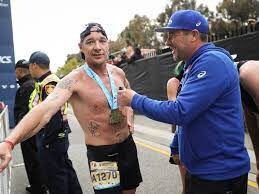
On Wednesday, he revealed in an Instagram post that, because the longest he’d ever run previously was 11 miles (technically untrue according to his previous half marathon results), “I did what any normal person would do and took LSD” (the psychedelic drug, not “long slow distance”). Before the marathon, he’d also shared his oddly specific goal—which he met—of beating Oprah’s 1994 PR, when she ran the Marine Corps Marathon in 4:29. Some folks call it “the Oprah effect.” Diplo brought some bravado to Instagram on that front as well, saying, “I ate that. Sorry Oprah.”
He went on to thank Pappas for pacing him, and said, “Shout out my knees which will never be the same, and my kids for waiting for me at the finish line. If anyone needs me I’ll be sitting down.”
It’s not unheard of to run under the influence of psychedelics. At the Burning Man Ultramarathon, a 31-mile run looping around Black Rock City four times, at least one runner has done the whole thing on LSD. Sarah Rose Siskind, told nonprofit media outlet Psymposia, “I did one training run where I ran 20 miles on LSD, and I found that the main problem was that I ran extraordinarily slowly — I was so distracted by everything. So, I figured it wasn’t a performance-enhancing drug, exactly. But, it certainly wasn’t increasing my risk profile.”
Another runner, Michael Versteeg, has spoken about incorporating psilocybin mushrooms into his experience running the Cocodona 250, a 250+ mile ultramarathon from Black Canyon City to Flagstaff, Arizona. Versteeg microdoses for his long runs and says while it’s not the same as full on tripping, “you’re experiencing colors, you’re experiencing the landscape in a much more vivid way.”
The trusted advice many runners abide by is “nothing new on race day,” but Diplo doesn’t exactly play by the rules.
(03/26/2023) Views: 825 ⚡AMPby Runner’s World
These 5 Hip Extension Exercises Will Make Your Stride More Efficient
Try these power moves to strengthen your posterior chain and add force behind your steps.
Your hips—and the muscles around them—take on more responsibility than you may realize. They hold you steady while sitting and serve as the mediator between a stable torso and fast-moving legs on a run. So, to perform at your best, you need healthy and strong hips.

While hip flexors often get a lot of our attention (because, hello, tightness and aches!), the hip extensors can always use more love—which is why you should add these hip extension exercises to your routine. “Hip extension exercises are integrally important for both runners and cyclists,” says Samantha Rothberg, C.S.C.S., certified strength coach and triathlete. “This movement pattern strengthens the muscles—the glutes and hamstrings—we need strong to ensure a safe and efficient gait on the run.”
More specifically, the gluteus maximus (the biggest muscle of the backside), drives the push-off phase of the running gait. “It also stabilizes the hips on the run to keep the low back, knees, and ankles safe,” Rothberg explains. Meanwhile, the hamstrings extend the leg in your midstance and also add force behind your push-off.
The Benefits of These Hip Extension Exercises for Runners
As Rothberg mentioned, the big power players that drive hip extension include your glute muscles (of the butt) and your hamstrings (on the back of the upper thighs). “These large posterior chain muscles are often under trained in favor of anterior muscles, such as the quadriceps and hip flexors, upon which we are over reliant because of poor posture and a sedentary lifestyle,” Rothberg explains. “Utilizing these large muscles [on the back of the body] is more efficient, will produce more power, and could help to prevent an overuse injury.”
Balancing out your lower body with hip extension exercises creates that efficiency in your stride by allowing all muscle groups to work at their best and add force to your steps. This also means you work better rather than harder to reach faster speeds, Rothberg adds.
How to use this list: Do each exercise below for 4 sets of 8-10 reps. If it is a single-sided exercise, go for 8-10 reps per side.
You will need a kettlebell or a heavy dumbbell for this workout. You’ll also need a barbell, but you can use a kettlebell or dumbbell in place of that, as well. An exercise mat is optional.
Rothberg demonstrates the exercises in the video above so you can learn proper form.
1. Single-Leg Glute Bridge
Why it works: Running is a single-leg sport and strengthening the legs one at a time prevents imbalances and helps you sidestep injury, Rothberg says. “Driving the elbow into the quad also ensures that the core is engaged and that you are driving through the down heel, and not kicking up to the sky with the elevated leg,” she adds.
How to do it: Lie faceup, knees bent and feet planted. Place left arm down by side. Lift right knee and bend right elbow. Touch right knee to right elbow, driving them into each other. This is your starting position. Drive through left heel to lift hips up. Engage glutes to lift hips; avoid lifting with low back. Slowly lower back down to starting position. Repeat. Then switch sides.
2. Deadlift
Why it works: “This exercise targets the entire posterior chain, teaches you to push off the ground effectively, which is important for running, and can be loaded and scaled as appropriate for your lifting level,” Rothberg says.
How to do it: Stand with feet hip-width apart, holding a kettlebell or dumbbell with both hands in front of hips. Hinge at hips by sending butt straight back, keeping back flat and core engaged. Keep weight close to body, reaching toward feet. Drive through feet and engage glutes to stand back up, extending hips. Repeat.
3. Kickstand Deadlift
Why it works: This deadlift variation also brings in a unilateral element, helping you strengthen one leg at a time. This helps keep your muscles symmetrical, Rothberg says, while providing the same benefits as a regular deadlift.
How to do it: Stand with feet hip-width apart, holding a kettlebell or dumbbell with both hands in front of hips. Step right foot back, so toe is in line with left heel, and keep right heel lifted. All weight should be on left leg. Hinge at hips by sending butt straight back, keeping back flat and core engaged. Keep weight close to body. Drive through left foot and engage glutes to stand back up, extending hips. Repeat.
4. Glute Bridge Walkout
Why it works: Adding a walkout to the glute bridge strengthens the hamstrings eccentrically, the lengthening (or lowering) phase, Rothberg explains. It also makes your glutes work isometrically, meaning they have to maintain contraction as you extend the legs. This helps to stabilize the hips, which can keep them from dipping on the run, too. “Many people get injured from not training the eccentric load—that’s often when they pull something,” she adds, which is why eccentric movements are so important.
How to do it: Lie faceup, arms down by sides, with knees bent and feet planted hip-width apart. Drive through heels to lift hips, engaging glutes and core. Avoid lifting with low back. Hold here. Then, step left foot forward. Then right. Continue alternating until legs are straight. Then pause and walk them back in, underneath knees. Lower hips. Repeat.
5. Barbell Romanian Deadlift
Why it works: Focus on the eccentric action of this exercise—that means slowing down the lowering phase, aiming for a five count as you go—to gain the most benefit. This helps you strengthen the posterior muscles in the lengthening phase, which increases your strength gains, Rothberg says.
How to do it: Stand with feet hip-width apart, holding a barbell (or two heavy dumbbells) with both hands in front of you. Hinge at hips by sending butt straight back, keeping back flat and core engaged. Move slowly, on a count of 5. Keep weight close to body. Drive through feet and engage glutes to stand back up, extending hips. Repeat.
(03/26/2023) Views: 686 ⚡AMPby Runner’s World
Unbelievable! Camille Herron Shatters 48-Hour World Record
She covered 270.5 miles in two days of running.
She averaged 10:39 per mile pace, which included at least one 40-minute nap, according to her Instagram, so her actual moving pace was faster.
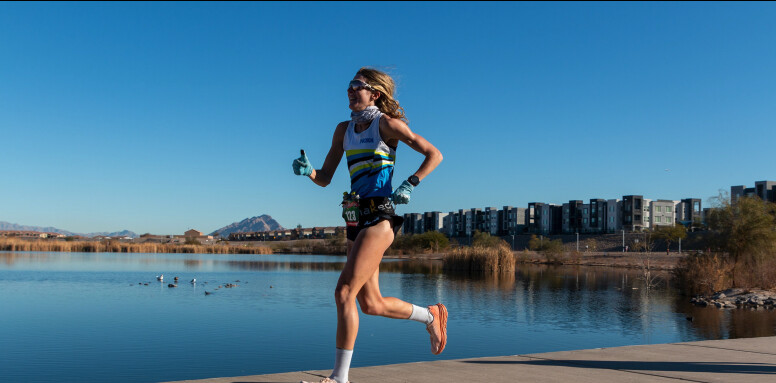
She hit 148 miles for the first 24 hours, and 122.5 miles in the second day, as rain poured down on the runners. Only two men have ever run farther over 48 hours. She covered 1,088 laps of the track.
Herron, 41, ran marathons in the early part of her career, recording a personal best of 2:37:14 in 2012 in Houston. She began running ultra distances in 2015 and found immediate success. She won the 2017 Comrades Marathon in South Africa, and she’s also the world record holder for 100 miles, 12 hours, and 24 hours.
In a phone call with Runner’s World before she left for Australia, Herron said she planned to take 6- to 8-minute power naps a couple of times in the first 24 hours. “A lot of 24-hour runners don’t sleep at all for 24 hours, but I found when I did that little bit of lying down and closing my eyes and meditating, it really helped me,” she said. “I was able to extend my 24-hour record by 5 miles.
“You hear about hallucinations with ultra runners,” she continued. “When I start to feel that happening with my brain is when I lie down.”
Earlier in her career she was sponsored by Nike and Hoka, but at the end of 2022 she left Hoka and signed a new deal with Lululemon.
Other elite runners weighed in on the snippets of video posted to Herron’s instagram during the event. Colleen Quigley, Keira D’Amato, and Zach Bitter were among those expressing their admiration for Herron’s feat.
Camille Herron destroyed the world record for 48 hours of running, covering 435.336 kilometers (270.5 miles) around a 400-meter track in Bruce, Australia.
The previous record, 411.5 kilometers (255 miles), was set by Jo Zakrzewski of Great Britain in February. Herron exceeded that by 15.5 miles. She bested the previous record about 45 hours into the event—and kept running for almost another 3 hours after that.
(03/26/2023) Views: 746 ⚡AMPby Runner’s World
Strength Exercises to Run Faster
Once you fall in love with running and embark on your journey of training for races, it is natural to aim to run faster. When you are a beginner, the improvement in speed is a consequence of the quantum rise in endurance. This is because the gains are initially faster and taper off as you become a seasoned runner. Subsequent gains require you to add a variety of workouts to your training.
The two methods to become a faster runner are speed workouts and strength training workouts for runners. The former is an essential component of speed training and focuses on developing your cardiovascular system to deliver oxygen and clear metabolic waste. Speed workouts include intervals, tempo runs, and repetitions. However, we are not going to focus on them because they are a staple of speed training in any case.
The latter aspect pertaining to strength is often neglected. However, it is this factor that activates muscles to develop power for speed. If we analyze the biomechanics of running, two facets stand out. These include the forward drive with the knee and the push-off with the ball of the foot. Do note that these actions need to be powerful.

The forward drive requires the hip flexor to be strong. The push-off is a combination of the entire chain, which includes the calves, hamstrings, and glutes, providing propulsive power. You need to build some specific body parts to increase your running speed.
Here are a few types of bodyweight strength, gym strength, and high-speed running exercises to help you run faster over a period.
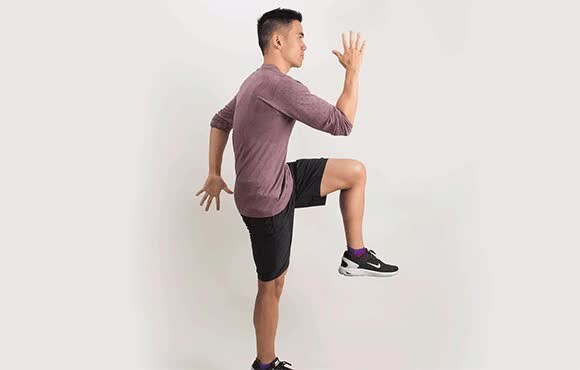
Forms of bodyweight strength exercises: Step-by-step guide
Listed below are some bodyweight strength exercises for runners that you may consider taking up:
1. Single-leg squat
The single-leg squat works the calves, thighs, glutes, and abdominals. This exercise is important for developing leg strength and helps in a larger ground reaction force at push-off. So, this leg workout for runners aids in increasing your overall stride length.
Start by standing on your right leg. Now, lift the other leg off the ground and either extend it at 45 degrees in front or bend it at the knee. Keep your arms in front of you to stabilize your body.
Engage your core and move your butt back to slowly lower yourself until you are either at a half squat position or deeper if your leg strength is in a good enough posture
Squeeze your abdominal muscles and glutes, as you push off the ground to come back to your starting position. Keep the left leg off the ground through the sequence.
Start with five repetitions (reps) and build up to 10. Do three sets for each leg.
2. Box jump
This workout targets the calves, glutes, and thighs. It helps develop explosive power in these muscles. Choose a box that is about 14-inch to 20-inch high. Use a height that works for you when performing this workout. It helps in an explosive push-off, which allows you to run faster when a speed workout demands it.
Keep the box about one short step away
Stand with feet shoulder-width apart
Sink down into a squat with your arms swinging back at the same time
Explode upward by pushing off the ground with your feet. While doing this, your Achilles tendon and calves will generate force. Use your arms to now swing forward and upward to add momentum to your movement.
Ensure you land on the box with your knees bent and have a soft landing
Step off the box
Perform about five to eight reps and two to three sets. Make sure to recover well between each jump.
3. Walking lunges
The walking lunge is one of the best core exercises for runners. It closely mimics the functional muscles used in running. It strengthens the quads, hips, and core. This exercise will help stabilize the body during the stance and push- off phase of running, allowing you to maintain posture at faster speeds.
Stand tall with your hands on your hips and step forward with your right leg; place the foot firmly on the ground
Sink your hips while keeping your torso upright and bending your right knee. The left knee will come close to the ground in a lunge.
Pause and feel the quads of the right leg contract to hold you in position isometrically
Ensure that your right foot is planted firmly in place. Now, rise and make a smooth transition by stepping forward with the left leg.
Sink your hips and bend the left knee
Repeat by alternating legs, as if you were walking forward with each lunge
Do 10 to 12 reps on each leg. Perform two to three sets.
4. Split jumps
This workout plays a pivotal role in core strength training for distance runners. It takes the standard lunge to the next level by helping you develop explosive power. It builds the hips, glutes, and core, helping you develop stability and balance. This aspect is imperative when running fast because balance and stability will help you maintain biomechanics.
Stand tall with the right foot placed about 2ft–3ft in front of the left foot. This is called a staggered stance. Keep your arms by the side.
Engage your core and keep your torso upright. Lower into a lunge with the right thigh reaching parallel to the floor and bend your knees. The left knee will come close to the floor.
Swing your arms up to gather upward momentum while jumping up explosively
Switch your legs while you are in the air so that your left leg comes forward and the right leg swings back
Land softly into a lunge with your left foot bent at right angles and your right knee coming close to the ground
Continue alternating legs in an explosive manner
Perform a total of eight to 10 reps. Do two to three sets.
Types of gym strength exercises
Here are a few forms of gym workouts that can be beneficial in strength training for marathon runners:
1. Deadlift
It is a compound exercise, which targets the major body muscles, such as hamstrings, quads, glutes, core, shoulders, lower back, and upper back. You may perform this workout with a barbell or use dumbbells as an alternative. You will develop propulsive force at the hips and glutes, which will translate into a harder push-off from the ground.
Choose an appropriate weight for the barbell and place the equipment on the ground such that the forefoot is under the bar. Keep your feet shoulder-width apart.
Bend forward with a straight back and grip the bar with an overhand grip (the palm should be facing toward your body), a little more than shoulder-width apart. To do this, squat down a little bit and bend your knees. Your head should be in line with your spine.
Think of the hip as a hinge and lift the bar off the ground by straightening up. The knees and hips will extend smoothly and the shoulders will push back as the bar reaches the thighs. Remember that if the transition from bending over to straightening up is done in proper form, the bar will graze the shins and knees on its way up.
Lower the bar slowly, ensuring you keep a straight back again
Perform six to eight repetitions. Do two to three sets.
2. Seated calf raises
The calves are constantly being worked when running. They are a major muscle group that comes into play for the push-off. This muscle group has two muscles. These include the outer calf (gastrocnemius) and the inner calf (soleus). The seated calf raise targets the soleus in a focused way while also working the gastrocnemius. With strong calves, you are likely to become a faster runner.
Sit upright on a bench with your feet flat on the ground
Ensure that the bench’s height is such that your hips are more or less in level with your knees
Grab two dumbbells and place them on your knees
Tighten your abdominal muscles and slowly lift your heels off the ground while keeping the ball of the feet planted firmly
Make sure to lift the heels to the highest possible level so that your calves feel a full contraction
Lower your heels back as slow as possible
Perform 10 to 15 reps. Do two to three sets.
Kinds of high-speed running exercises
Here are two high-speed running workouts to include in your training schedule:
1. High-intensity Interval Training (HIIT) or Tabata sprints
In this high-intensity form of running training, the heart rate reaches 95%-98% of your maximum heart rate for a short period. It works the anaerobic system and provides a boost to the neuromuscular system that trains the legs. You need to develop power and fast feet when executing this workout. So, you get trained for speed, which makes a transition into your submaximal runs, such as the half and full marathons. This training also improves running economy, which is a measure of how much oxygen you use at a certain submaximal speed.
Begin with a warm-up by jogging gradually for 10–15 minutes
Choose a track or a straight and level road with no obstructions or uneven surface
Start a sprint and build as much speed as you can within 20 seconds
Slow down and walk or jog for 10 seconds
Repeat this eight times to get a 4-minute workout
Do only one set if you are a beginner
Rest for 90 seconds and repeat this activity for two to three sets if you are a seasoned runner
2. Hill sprints
Hill sprints help you develop a combination of leg strength and speed. They are also easier on the legs because the pounding you take is much less than running on a level surface. Apart from being useful in preparing you for hills in races, this exercise develops faster running ability since you are working against your body weight on an incline.
Start with a warm-up by jogging with ease for 10–15 minutes
Choose a hill that has an inclination of 8%-12% with no obstructions or uneven surface
Burst up the incline in a sprint for 10–15 seconds
Slow down, turn around, and walk back down the hill
Ensure you have recovered well and your heart rate has dropped
Repeat this six times. Add a repetition every week to reach 12 reps.
(03/25/2023) Views: 689 ⚡AMPby Daniel Vaz
I Completely Swear by This 3-Move Core-Strengthening Sequence
It's simple—but so challenging
You head to your favorite yoga teachers’ classes for a reason. There’s something that keeps you going back again and again, whether it’s their cues, sequences, or ability to make you laugh during even the hardest poses.
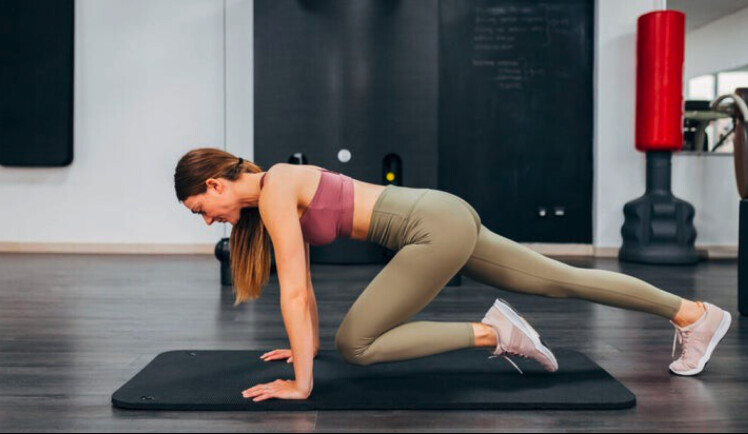
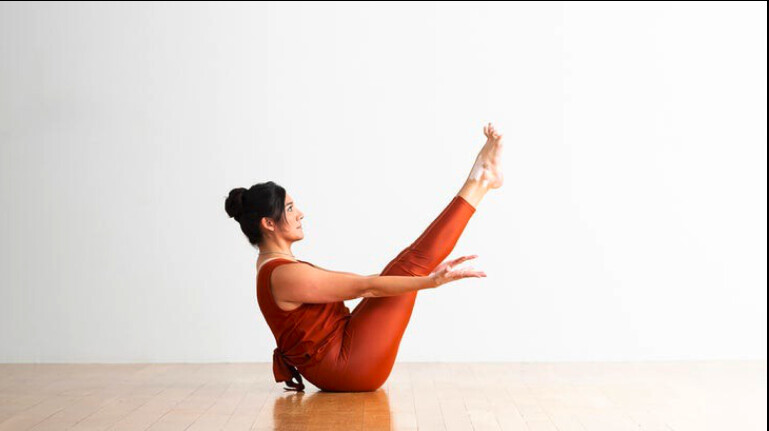
When I head to Alyssa Case’s “We Flow Hard” yoga class at Y7, there’s one thing I’m anticipating throughout the 60-minute practice, and that’s her final “3-minute push.” It comes after we rest in Child’s Pose, a place in the practice where Case always reminds us to steady our inhales and exhales remember our breath and tap into our power. As I begin to transition out of that resting position, I already know what’s coming next—and it’s the most challenging physical moment of my day.
The conclusion to her class always consists of an intense sequence of poses or movements designed to, well, push you. While the section can include any physical challenge, such as leg strengthening movements or intense balancing poses, in my mind, Case is most famous for her brutal (but, oh, so good) core work. It’s in those hard moments that I’m forced to remember my breath in order to get through the challenging physical moves. That’s the point.
“That portion is meant to be the final physical and emotional peak of class, where self-imposed barriers are broken down and transformation can happen,” Case says. “There’s also a dharma piece of connecting it back to the emotional or physical theme of class.”
Case’s words definitely ring true for me. In these pushes, which typically consist of extended static holds as well as vigorous movements, I’m left with myself and my mind. I simply cannot think about the next pose or cue because I’m too focused on the sweat pooling on my mat as my core shakes. The present moment—even with all of its pain—is all that matters.
The 3-minute push can be more of a mental challenge than a physical one. When you get to a tough point in a pose, Case recommends you close your eyes (if it feels comfortable to do so) and focus your attention on your inhalations and exhalations. It’s this type of mind-body connection that makes these exercises different than other types of movement, Case says. It all ultimately ties back to your yoga practice—strengthening your mind, body, and spirit.
Here, Case shares some of her most reliable core movements for that final push–and explains what to keep in mind when practicing them.
Case typically spends the 3-minute period focusing on two to three different movements. She times each exercise or pose to last approximately 1 minute. Even though the session is is just a few minutes long, it’ll likely feel longer than your typical core sequence (I speak from personal experience). If you need to rest for a second or take a modification, do that.
When Case focuses much of her class on twisting poses, such as Revolved Side Angle Pose or Revolved Triangle Pose, she’ll continue that theme in the 3-minute push by opting for mountain climbers, since they engage some of the same muscles. She lets students select how they want to approach this intense exercise. For example, if someone wants to slowly rotate through the movement, they can do that, but she also leaves the option for them to go faster. Students typically spend between 30 and 60 seconds in this exercise.
Case enjoys incorporating static holds into the last push and often includes Plank Pose. When you’re holding a position for a length of time, you’re unable to distract yourself with physical movement, leaving just your mind and your breath to help guide you through the moment, she says. “It pushes students to break out of their comfort zone and find their edge,” Case says. That may mean resting your knees on the mat for a few seconds before lifting them back up.
To switch things up, Case sometimes opts to incorporate a Forearm Plank into the sequence in lieu of High Plank. This variation can be especially helpful if you’re dealing with wrist or arm pain. (You can also choose to move from High Plank into Forearm Plank midway through a hold.)
I have to admit, this is probably my least-favorite pose in the entire sequence. (Much to my relief, Case also says it’s the hardest static hold of the session.) If you want to linger in Boat Pose for an extended period of time, you can opt to do that. However, if you would like to incorporate additional movement and make the exercise a bit easier, Case will sometimes cue a V-style sit-up from Low Boat to Boat Pose.
(03/25/2023) Views: 477 ⚡AMPSouth African triple jumper runs barefoot 100m in 10.40 seconds
Competing at a track meet in the United Arab Emirates (UAE) on Sunday, a South African athlete named Lleyton Davids ran a sub-11-second 100m, running barefoot. A video posted by AIS Athletics (the athletics academy that hosted the meet) shows Davids flying toward the finish and crossing the line in second place. To make his run even more impressive, Davids is a triple jumper (he’s the two-time reigning South African champion), and sprinting isn’t even his main focus.
In the AIS Athletics video, Davids can be seen lining up in the blocks and waiting for the starting gun to sound. His competitors all have spikes on, but it didn’t end up helping them out much, as Davids flew past all but one of them.
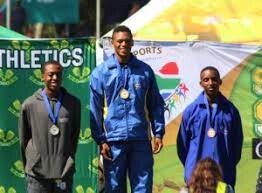
According to Davids’s World Athletics profile, his 100m PB is 11.02 seconds. He ran this time in March 2022, and while there’s a chance he has run other 100m races in his career (many lower-profile races aren’t listed by World Athletics, including his most recent run in the UAE), it’s amazing that he managed to better his official PB by more than half a second without spikes–or any shoes at all. (Davids appears to usually wear shoes when competing and training, as seen in various posts on his Instagram page.)
Davids’s new PB (official or not) is tied for the 106th fastest in South African history. With 105 men ahead of him on that list, it may not sound that impressive, but keep in mind that each of those runners was likely wearing spikes (or shoes of some kind).
Davids has won the triple jump title at the past two South African Championships, and he will have the chance to add a third at this year’s competition, slated for March 30 and April 1.
(03/25/2023) Views: 643 ⚡AMPMo Farah will race 10km in Gabon as part of London Marathon preparations
Mo Farah will race the Port-Gentil 10km in Gabon two weeks before what is expected to be the Briton's final London Marathon appearance.
The four-time Olympic champion, 40, announced in January that he expects 2023 to be his final year of racing before retirement.
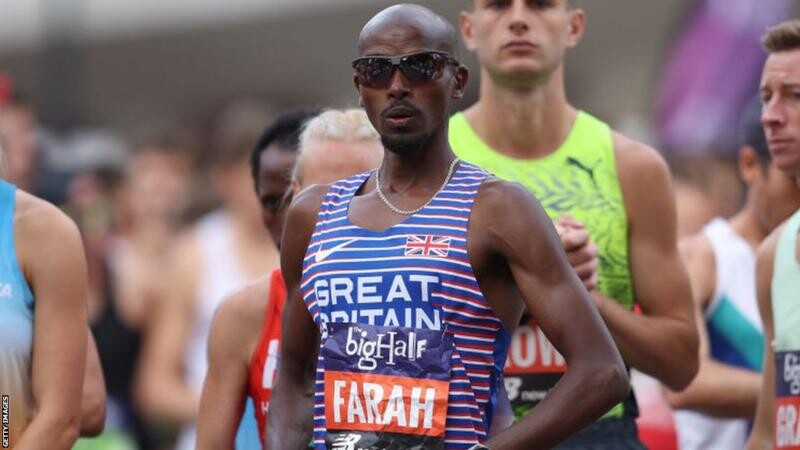
Farah is currently training in Ethiopia as he continues his preparations for the London Marathon on 23 April.
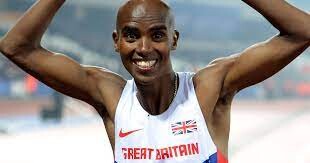
He is unsure if the marathon will be his last competitive event.
In a short video, the British marathon record holder said he has been "preparing well" in Ethiopia, adding he is "really excited" to test his fitness over 10km on 8 April in Gabon, 15 days before he takes to the streets of his home city.
A hip injury prevented Farah from taking part in last year's London Marathon, with the 2023 race set to be his first full marathon since 2019.
The six-time world track champion won the Big Half - a half marathon race - in London in September but he has raced just seven times since October 2019.
Farah's personal best over 10km on the road is 27 minutes 44 seconds, however that time was set in 2010 and he was surprisingly beaten by club runner Ellis Cross in his last outing over the distance at the Vitality London 10,000 last year.
The 2018 Chicago Marathon winner's highest London Marathon finish was third in 2018. He will face a stacked field in the 2023 race, which features four of the five fastest runners in history.
The 2023 London Marathon will be broadcast live on BBC TV, iPlayer and online.
(03/24/2023) Views: 873 ⚡AMPby Harry Poole
Port Gentil 10K
After 3 editions of sporting, popular and media success, the 10KM of Port-Gentil obtains the SILVER LABELING (silver) by the IAAF (International Association of Athletics Federations). In 2018, after its second edition, the POG 10KM had already obtained the Road Race Bronze label by the IAAF. Today, he climbs an additional level in international recognition and becomes one of the...
more...Russian doping ban lifted, but Ukraine war keeps athletes out
Russia and its athletes will remain banned from competition due to the ongoing invasion of Ukraine.
On Thursday afternoon, the World Athletics Council announced the reinstatement of the Russian Athletics Federation (RusAF) following a seven-year doping suspension. Despite their reinstatement into the sport, however, Russia will remain banned from competition due to its ongoing invasion of Ukraine.
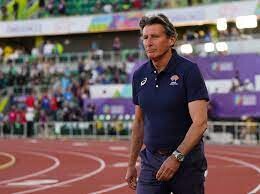
“Athletes and officials for Russia and Belarus are still excluded for the foreseeable future due to the invasion of Ukraine,” said World Athletics president Seb Coe.
In the case that Russia decides to leave Ukraine, Coe says his instinct is that the ban would be reversed, allowing Russian and Belarusian athletes to participate in all World Athletics events.
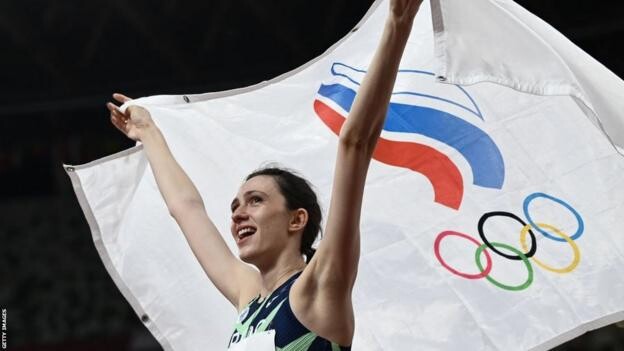
According to Rune Andersen, who served as the head of the World Athletics Task Force around reinstating the RusAF, told the WA Council that all required conditions have ultimately been met. RusAF has also accepted the ruling stating that there must be no backsliding from the new position.
“I believe RusAF still has a lot of progress to be made,” said Coe. RusAF has to follow 35 “special conditions” intended to ensure that anti-doping reforms remain in place, and continue to operate effectively. These special conditions will continue to be reviewed over the next three years.
The RusAF has been suspended from competing in World Athletics events since 2015 due to multiple doping violations. They are currently not eligible to host World Athletics events or send teams to international championships due to the World Athletics sanctions for the invasion of Ukraine.
“The integrity of our major international competitions has already been substantially damaged by the actions of the Russian and Belarusian governments through the hardship inflicted on Ukrainian athletes and the destruction of Ukraine’s sports systems,” said Coe in a press release. “Russian and Belarusian athletes, many of whom have military affiliations, should not be beneficiaries of these actions.”
The World Athletics stance on Russia continues to contrast with that of the International Olympic Committee (IOC), which is working to allow Russian and Belarusian competitors to participate in international competition and the Paris 2024 Games, as neutral athletes.
The reinstatement of RusAF was one of four noteworthy announcements to come from the 2023 World Athletics Council meetings.
(03/24/2023) Views: 611 ⚡AMP
by Running Magazine
Four runners complete indoor marathon during pro basketball game
An unusual race took place in an NBA G League basketball game on Wednesday evening in Des Moines, Iowa. The Iowa Wolves hosted a mid-game marathon inside Wells Fargo Arena, which involved fans running 111 laps around the 380-meter concourse.
The event was hosted by the IMT Des Moines Marathon and the Iowa Wolves, a farm team for the NBA’s Minnesota Timberwolves. The runners began the marathon at 5 p.m., two and a half hours before tip-off, and were given a five-hour window to complete the race (by the time the game ended, around 9:30-10 p.m.). Four runners finished the full 42.195 kilometers.

“Running a marathon in the evening and on a flat course is very non-traditional,” said race participant Dennis Haney. “Most marathons start in the morning. And one that is the same temperature the entire time is very unusual.”
Fans watched and cheered on the marathoners before and during the game. The runners were featured on the arena’s jumbotron during most stoppages in play.
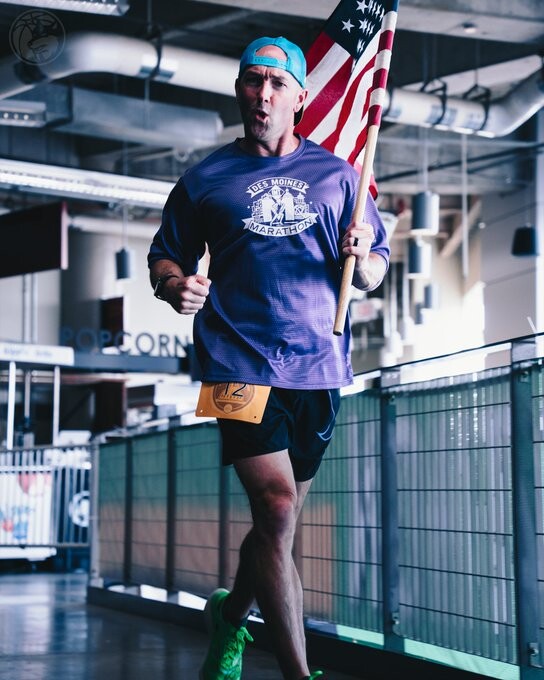
One participant told local news the race was an interesting experience. “The majority of the crowd was for the basketball game,” said the marathoner. “But it was fun to be heckled for 111 laps of the arena.”
According to the Des Moines Register, this was the first marathon held during a professional basketball game.
The Iowa Wolves went on to win 139-131 over the Birmingham Squadron.
(03/24/2023) Views: 589 ⚡AMPby Marley Dickinson
Grandma’s Marathon Field Full, Marking One of Quickest Sellouts on Record
The 2023 Grandma’s Marathon field has reached its capacity, making this one of the fastest sellouts on record for the 26.2-mile race.
More than 9,000 participants are signed up for both Grandma’s Marathon and the Garry Bjorklund Half Marathon, keeping this year’s event on pace to be one of (if not) the largest race weekends in history.
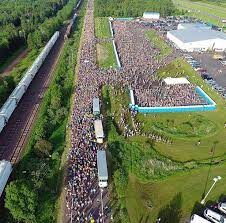
“It’s phenomenal to be talking about this in mid-March,” Marketing & Public Relations Director Zach Schneider said. “It’s reason for celebration, for sure, but the real work still lies ahead in making sure all these participants, as well as their families and friends, have a true Grandma’s Marathon experience when they come here in June.”
Limited entries do still remain in both the William A. Irvin 5K and Great Grandma’s Challenge, which enters participants in both the 5K on Friday night and full marathon on Saturday morning. With an entry fee price increase coming April 1, organizers expect those races to also be sold out within weeks.
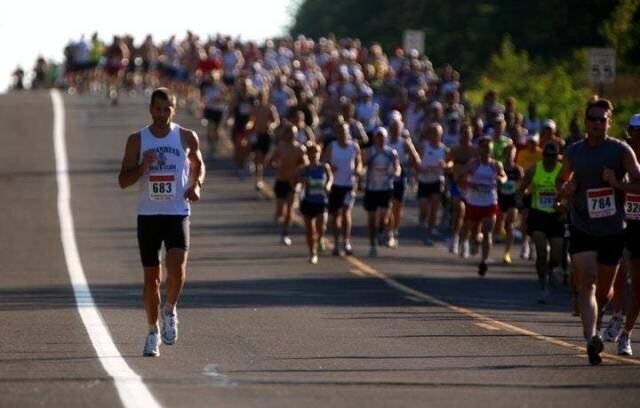
William A. Irvin 5K (40 spots remaining)
$50 – January 1-June 1
Full Great Grandma’s Challenge (150 spots remaining)
$215 – January 1-March 31
$225 – April 1-June 1
To register or to find more information, please visit grandmasmarathon.com. The 2023 Grandma’s Marathon weekend will be held June 15-17 and is presented by Toyota, Members Cooperative Credit Union, and ASICS.
VOLUNTEER SIGNUP UNDERWAY
With perhaps a record number of participants set to descend on Duluth in June, the hunt is on for the thousands of volunteers who will help make the 2023 Grandma’s Marathon weekend a success.
To help encourage community members to volunteer their time, Grandma’s Marathon is offering the following incentive programs, both new in 2023:
· Any individual signed up to volunteer prior to April 1 will be entered to win a $100 gift card to Duluth Pack.
· Groups with 15 or more volunteers will be entered for a chance to win one of three $1,000 “Golden Tickets” for a donation to a non-profit organization of the group’s choosing.
NOTE: Volunteers should indicate they are a part of the group during the sign up process. If you would like to participate but your group is not listed online, please send an email to alivia@grandmasmarathon.com to be added to the program.
There are a variety of volunteer positions and shifts available throughout race weekend. For more information or to sign up as a 2023 Grandma’s Marathon volunteer, please click HERE.
For any questions or interview requests, please contact Marketing & Public Relations Director Zach Schneider via phone at (218) 343-9874 or via email at zach@grandmasmarathon.com.
ABOUT GRANDMA’S MARATHON
Grandma’s Marathon began in 1977 when a group of local runners planned a scenic road race from Two Harbors to Duluth, Minnesota. After seeing just 150 participants that year, the race weekend has now grown into one of the largest in the United States and welcomes more than 20,000 participants for its three-race event each June.
The race got its name from the Duluth-based group of famous Grandma’s Restaurants, the first major sponsor of the marathon. In addition to the 26.2-mile race, the organization has now added the Garry Bjorklund Half Marathon and William A. Irvin 5K to its weekend offerings.
As the popularity of Grandma’s Marathon has grown, our mission has stayed the same – to organize, promote, and deliver annual events and programs that cultivate running, educational, social, and charitable opportunities to our communities.
Grandma’s Marathon-Duluth, Inc. is a 501(c)(3) tax-exempt nonprofit organization with a nine-person, full-time staff and a 17-member Board of Directors.
(03/24/2023) Views: 591 ⚡AMPby Running USA
Grandmas Marathon
Grandma's Marathon began in 1977 when a group of local runners planned a scenic road race from Two Harbors to Duluth, Minnesota. There were just 150 participants that year, but organizers knew they had discovered something special. The marathon received its name from the Duluth-based group of famous Grandma's restaurants, its first major sponsor. The level of sponsorship with the...
more...Paul Chelimo leaves Nike, signs with Decathlon-owned brand Kiprun
American Olympic medallist Paul Chelimo announced on Thursday that he has signed with Kiprun, a French brand owned by the sports retailer Decathlon. He was previously sponsored by Nike, a relationship that dated back to 2018, but he will be sporting a new look as he moves forward with the rest of his season.
Kiprun is not a big name in the North American running scene, likely due to the fact that Decathlon only has 15 stores across Canada (according to the retailer’s website) and none in the U.S. However, simply because it’s not a household name in Canada and the U.S. doesn’t mean it isn’t a good brand, and Chelimo clearly saw something in the company that he liked.
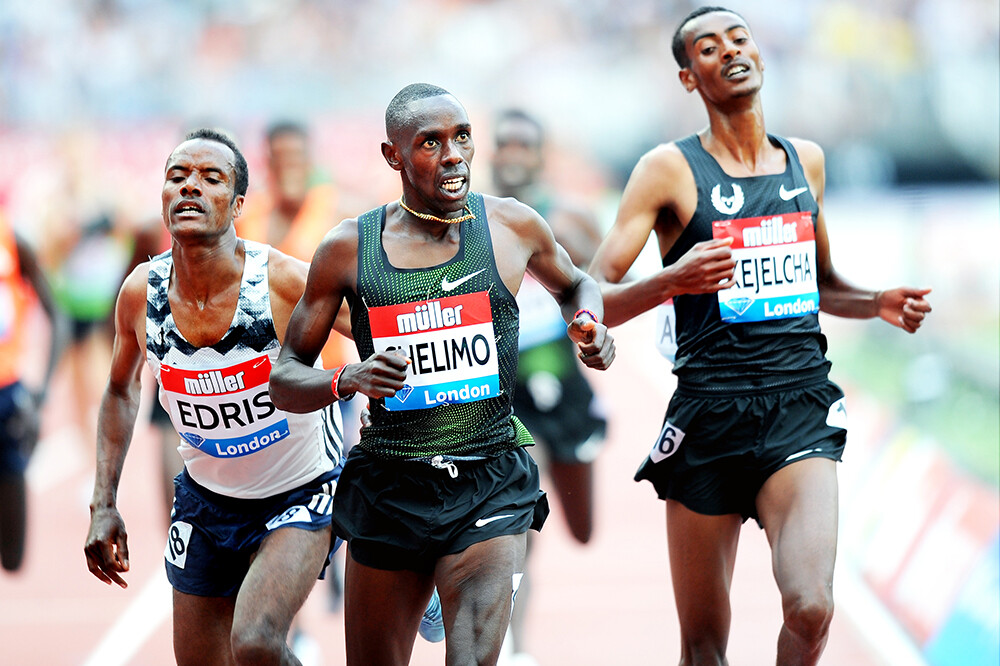
As his agent, Riad Ouled, told LetsRun, a lot of different brands were after a partnership with Chelimo. “He had offers from Asics, from On, and Nike wanted to renew him. But the project from Kiprun touched something in him.” Ouled added that a big draw for Chelimo was Kiprun’s willingness to let him have a say in the development of future shoes.
“He was very interested by … giving feedback,” Ouled said. “All of the brands offered him a lot of money, but Kiprun gave him consideration and said OK, we want to do shoes as you expect as a good runner.” Chelimo’s partnership with Kiprun is currently set to last until at least the 2028 Olympics.
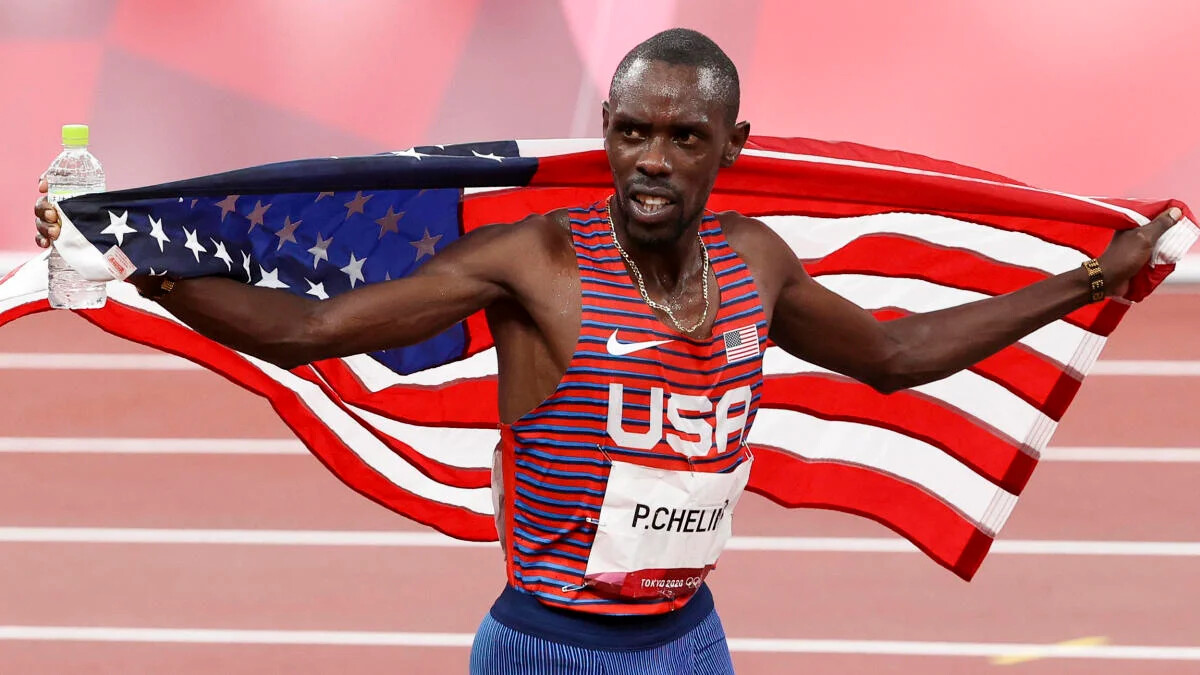
The two-time Olympic 5,000m medallist is Kiprun’s biggest athlete signing to date, as the brand has yet to attract many big names in running. The brand could be in for some big growth in the coming years, however, as there are plans to launch the Kiprun 42 House, which will be a training group for promising Kenyan athletes.
Chelimo will make his debut as a Kiprun athlete at the Berlin Half Marathon on April 2. He has run one half-marathon in his career and owns a PB of 62:19.
(03/24/2023) Views: 995 ⚡AMPby Ben Snider-McGrath
World Athletics bans transgender athletes from female category
On March 23, World Athletics announced a complete ban on transgender athletes competing in the female category. No athletes who have been through male puberty will be allowed to participate in women’s events from March 31st onward.
“Transgender athletes should not be competing in the female category,” said World Athletics president Seb Coe. “Science may be insufficient, but the council agrees it must be guided by our overarching principle to protect all biological females in our sport.”
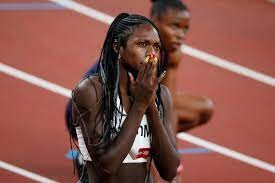
“This has not been an easy decision,” said Coe. “We entered a consultation months ago, we wanted to hear from all stakeholders, and the judgment we took was in the best interest of our sport.”
World Athletics will soon establish a transgender working group to bring data and science to the council meetings. The working group will give the World Athletics Council a better understanding of transgender athletes in our sport. Coe said he intended to appoint a trans female athlete as chair of this group.
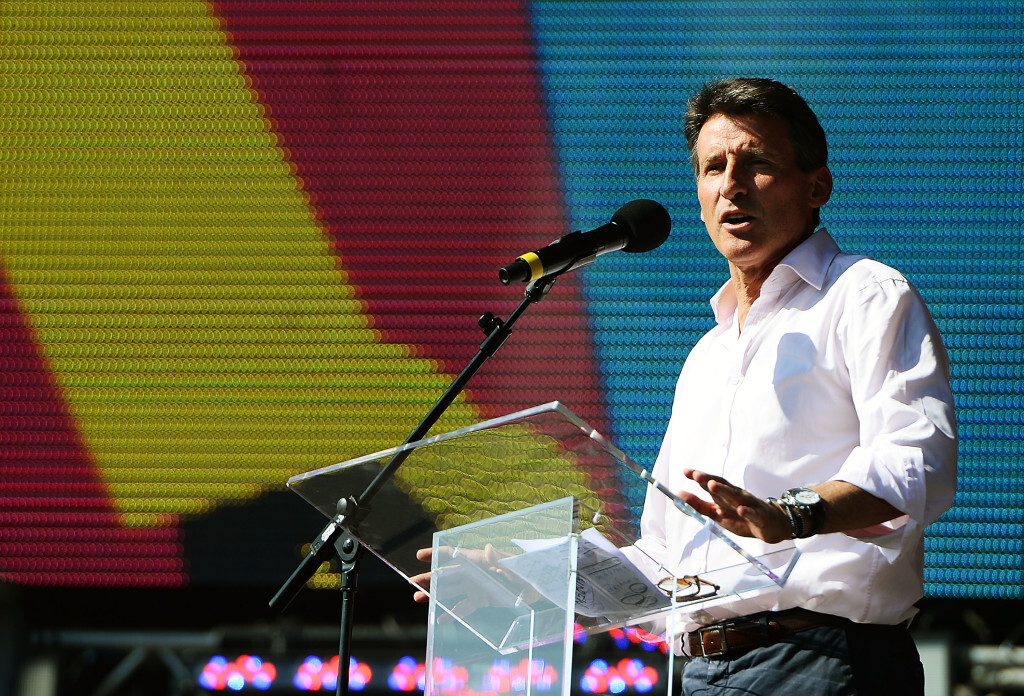
The previous World Athletics transgender policy stated to be eligible for female competition, athletes had to keep their testosterone levels below 5 nmol/L for a 12-month period. The new ruling will bar all transgender athletes from the female category.
“It was impossible to maintain the transgender regulations for what they were,” said Coe. “A full ban on transgender athletes in the women’s category is the right approach.”
The press conference also dealt with athletes in the DSD category. More information to come.
(03/23/2023) Views: 702 ⚡AMPby Marley Dickinson
Olympic Steeple Bronze Medalist Benjamin Kigen And World XC Champ Beatrice Chebet Lead Fields For BAA 5k
Patriots’ Day Weekend will kickoff with exciting competition, as international and U.S. stars take to the roads for the 2023 B.A.A. 5K presented by Point32Health, and the 2023 B.A.A. Invitational Mile on Saturday, April 15.
Among the professional athletes entered in the B.A.A. 5K are reigning champions Charles Philibert-Thiboutot (Canada), Marcel Hug (Switzerland), and Jenna Fesemyer (USA), while recently crowned world cross country champion Beatrice Chebet of Kenya will make her Boston road racing debut. Local Bay State stars Johnny Gregorek and Ellie Shea will compete in the B.A.A. Invitational Mile, a three-lap race starting and finishing on Boylston Street.
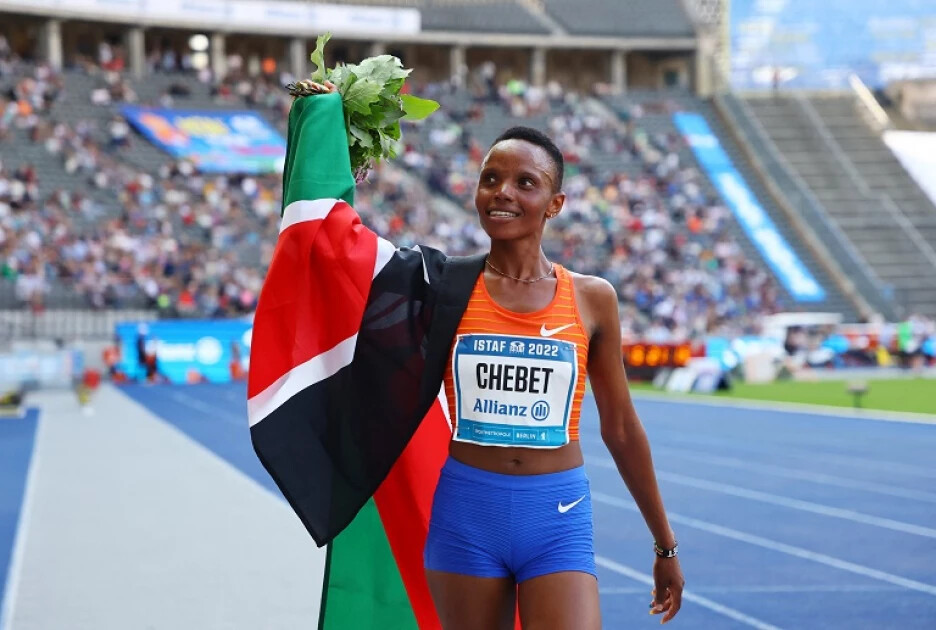
“This year’s professional fields blend together experience with up-and-coming stars for the B.A.A. 5K and B.A.A. Invitational Mile,” said Mary Kate Shea, B.A.A. Director of Professional Athletes. “Participants, spectators, and running enthusiasts will get to witness world class competition at shorter distances two days before the 127th Boston Marathon."
International standouts will be at the front of the B.A.A. 5K, led by Kenya’s Benjamin Kigen – an Olympic bronze medalist in the 3000m steeplechase from 2021—and Philibert-Thiboutot, who set a Canadian national record at the 2022 B.A.A. 5K en route to winning in 13:35. Philibert-Thiboutot’s countryman Ben Flanagan, a three-time Falmouth Road Race winner, as well as reigning B.A.A. Half Marathon champion Geoffrey Koech of Kenya, are also entered. Leading the American contingent is Olympian Mason Ferlic, two-time World Cross Country participant Emmanuel Bor, U.S. Road Mile champion Eric Avila, and NCAA All-American Morgan Beadlescomb.
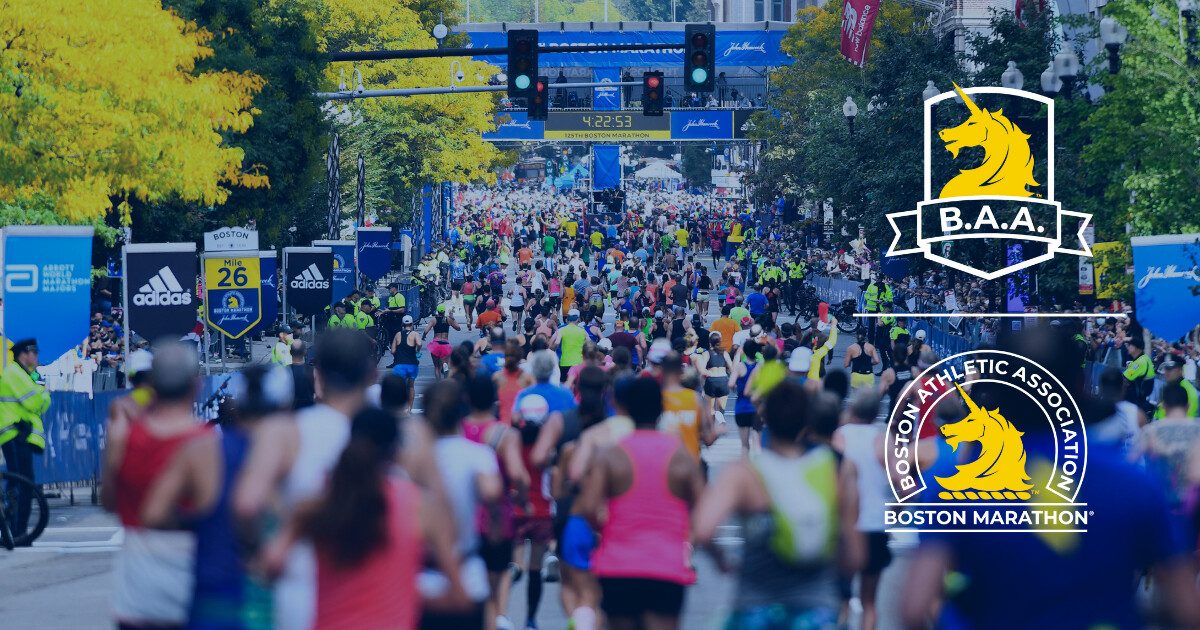
On the women’s side, 2023 World Cross Country champion Beatrice Chebet and bronze medalist Agnes Ngetich (Kenya) will take on World Athletics Championships 3000m steeplechase bronze medalist Mekides Abebe (Ethiopia), all racing the B.A.A. 5K for the first time. The United States will be well represented in the women’s professional ranks, with reigning USA 5K national champion Weini Kelati, defending B.A.A. Invitational Mile winner Annie Rodenfels, 2022 USA Club Cross Country champion Bethany Hasz, Olympian Marielle Hall, and 2022 USATF 10,000m bronze medalist Natosha Rogers all racing. Rodenfels and Hasz are members of the B.A.A. High Performance Team, training in Boston under coach Mark Carroll.
International standouts will be at the front of the B.A.A. 5K, led by Kenya’s Benjamin Kigen – an Olympic bronze medalist in the 3000m steeplechase from 2021—and Philibert-Thiboutot, who set a Canadian national record at the 2022 B.A.A. 5K en route to winning in 13:35. Philibert-Thiboutot’s countryman Ben Flanagan, a three-time Falmouth Road Race winner, as well as reigning B.A.A. Half Marathon champion Geoffrey Koech of Kenya, are also entered. Leading the American contingent is Olympian Mason Ferlic, two-time World Cross Country participant Emmanuel Bor, U.S. Road Mile champion Eric Avila, and NCAA All-American Morgan Beadlescomb.
On the women’s side, 2023 World Cross Country champion Beatrice Chebet and bronze medalist Agnes Ngetich (Kenya) will take on World Athletics Championships 3000m steeplechase bronze medalist Mekides Abebe (Ethiopia), all racing the B.A.A. 5K for the first time. The United States will be well represented in the women’s professional ranks, with reigning USA 5K national champion Weini Kelati, defending B.A.A. Invitational Mile winner Annie Rodenfels, 2022 USA Club Cross Country champion Bethany Hasz, Olympian Marielle Hall, and 2022 USATF 10,000m bronze medalist Natosha Rogers all racing. Rodenfels and Hasz are members of the B.A.A. High Performance Team, training in Boston under coach Mark Carroll.
(03/23/2023) Views: 726 ⚡AMPB.A.A. 5K
The B.A.A. 5K began in 2009, and became an instant hit among runners from far and wide. Viewed by many as the “calm before the storm,” the Sunday of Marathon weekend traditionally was for shopping, loading up on carbohydrates at the pasta dinner, and most importantly- resting. But now, runners of shorter distances, and even a few marathoners looking for...
more...Defending Champions Return to Run 50th Anniversary Credit Union Cherry Blossom 10 Mile
Organizers of the 50th annual Credit Union Cherry Blossom 10 Mile (CUCB) announced today the first of two rounds of news about this year’s invited field; look for the second announcement to come out on Wednesday, March 29. Today’s announcement features past champions and top-5 finishers expected to toe the respective men’s and women’s starting lines on Sunday, April 2. (The elite women will start first, at 7:18 a.m., followed by the men and the masses at 7:30 a.m.)
Three past champions are part of the women’s elite field: Susanna Sullivan, last year’s women’s champion from Reston, VA; 2021 champion Nell Rojas from Boulder, CO; and 2013 champion Caroline Rotich, a Kenyan who lives in Colorado Springs, CO. As part of the 50th celebration two additional former champions are entered: Colleen De Reuck from Boulder, CO, who won the race in 1998 and still holds the women’s course record of 51:16; and 1973 winner Kathrine Switzer.
Other top women finishers from past 10 Miles include: Carrie Verdon from Boulder, CO, who placed second last year; Paige (Stoner) Wood, last year’s third place finisher from Flagstaff, AZ; Sara Hall, also from Flagstaff, who placed fourth in 2014; and Flagstaff’s Diane Nukuri, who was fifth in 2018.
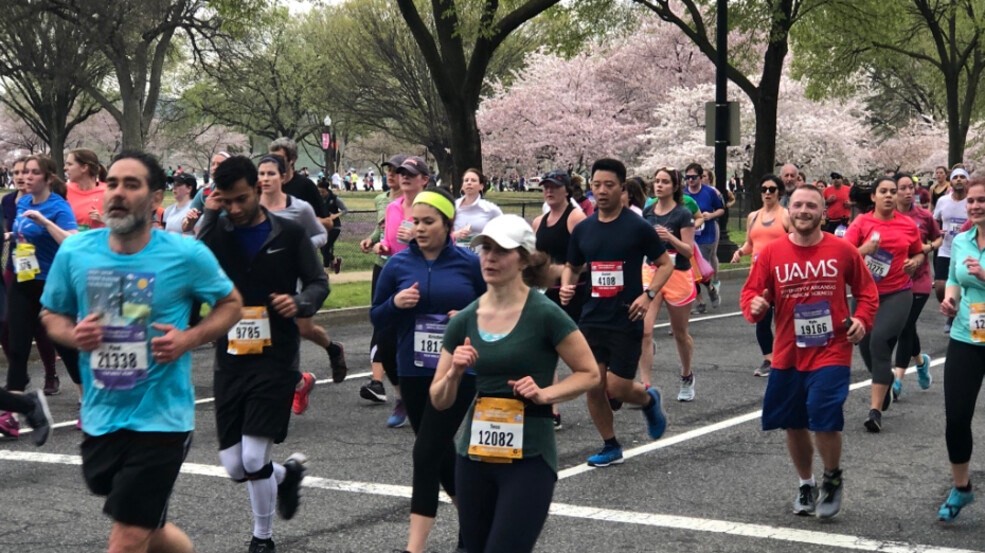
In the men’s race, the top-three finishers from 2022 return. All hailing from Kenya, they include champion Nicholas Kosimbei, second-place runner Wilfred Kimitei, and third-place finisher Shadrack Kimining. They’ll be joined on the starting line by second-place finisher in 2021 Abbabiya Simbassa from Flagstaff, AZ. Returning for the 50th running and starting a little bit farther back in the pack will be Bill Rodgers, from Boxborough, MA, who won the race four consecutive times between 1978 and 1981; placed second in 1982 and third in 1983; and has run CUCB a total of 22 times. Greg Meyer, whose American record of 46:13 still stands 40 years later, will be present for the 50th celebration, and will be holding the tape for the first American male finisher, who will be in hot pursuit of Greg’s mark — there’s a $50,000 shared bonus on the line for any American Records or World Bests set at the event.*
“It’s always a vote of confidence in the reputation of the event to see a large number of top finishers from previous years coming back. I am excited about this year’s set of repeaters, both past and present. This is another factor that will make our 50th anniversary special,” said Event Director Phil Stewart.
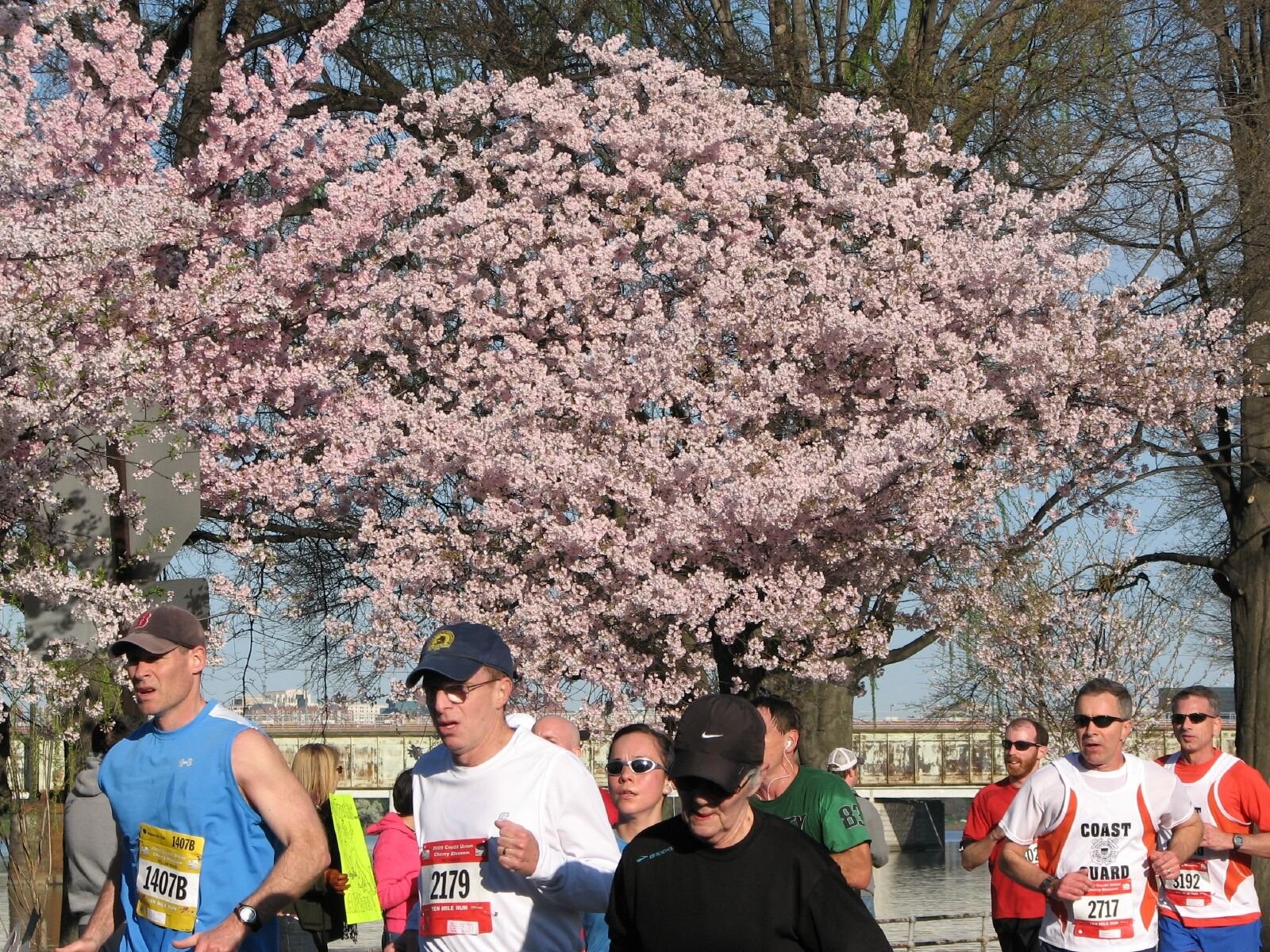
This year, international elite runners will be competing for $40,000 in prize money. The prize purse for Americans totals $25,000, and American runners placing in the top-10 overall are eligible to receive both open and American-only prize money. There is an additional $6,000 in RRCA RunPro Alumni Development Awards — runners eligible for the RRCA awards can also collect top-10 open and/or top-10 American payouts.
There is also a time-based set of bonus payments on offer for fast times:
• $50,000 to be shared by any runners setting a World Best or American Record*• Time incentives of $1,000 for the 1st male to run sub-46 minutes and 1st female to run sub-52 minutes, with an additional $750 on offer should a second male and/or female achieve those same sub-46 and sub-52 minute milestones.
The 10 Mile will serve as the USATF 10 Mile Championships, the RRCA National 10 Mile Championships, and the 2022-2023 Professional Road Racing Organization (PRRO) Circuit Championship.
Winners of the individual 2022-2023 PRRO Circuit events will be eligible for the $10,000 PRRO Super Bonus by winning the PRRO Championship (the bonus is split if an eligible male and female win the Championship). Susanna Sullivan and Nicholas Kosimbei are eligible for the PRRO Super Bonus. Any non-eligible winner of the PRRO Championship Super Bonus will earn $2500.
* If World Best times and American Records for men and women are set by the winners at the event (e.g. four records set), the $50,000 record bonus would be split into four $12,500 shares. If only one World or American record is set for either men or women, the athlete setting the record would get the full $50,000. If an American sets an American record and no other World or American records are set, he or she would receive the entire $50,000 as well. Currently, the times to beat are as follows:• Haile Gebreselassie’s (ETH) World Athletics Best of 44:24, run at the Tilburg 10 Mile in Tilburg, Netherlands, September 4, 2005;• Keira D’Amato’s World Athletics Best in a women’s only race of 51:23, run at the UpDawg 10 Mile in Washington, DC, November 24, 2020;• Greg Meyer’s American Record of 46:13, run at the Cherry Blossom 10 Mile in Washington, DC, March 27, 1983; and• Keira D’Amato’s previously mentioned World Best 51:23, which is also the American Record for a women’s only race.
For reference, the fastest CUCB time among the men’s field announced today is Kosimbei’s 45:15, which tied the event record set by Kenya’s Allan Kiprono in 2012. Among the elite women, Nell Rojas’s 52:13 from 2021 is the best CUCB finish time among this year’s elite entrants. Abbabiya Simbassa’s 46:18 from 2021 is the best CUCB mark among the American men, while Nell’s 52:13 is, of course, the leading mark among the American women.
The inaugural Cherry Blossom Ten Mile in 1973 was won by Sam Bair, in a time of 51:22; the women’s winner was Kathrine Switzer, in a time of 1:11:19; 127 men and 12 women ran that first race. Bill Rodgers holds the honor of most victories, with four consecutive wins between 1978 and 1981. Three women have each won the race three times: Julie Shea (1975-77), Lisa Weidenbach (1985, '89 and '90) and Lineth Chepkurui (2008-10). Ben Beach leads all Cherry Blossom finishers with an active streak of 49 years. A comprehensive media guide detailing a wide variety of statistics from the first 49 CUCB races is available here.
Thanks to Credit Union Miracle Day’s title sponsorship since 2002, the Credit Union Cherry Blossom Run has raised over $10.2 million for the Children’s Miracle Network Hospitals, including $323,000 in 2022.
About the Credit Union Cherry Blossom 10 Mile:
The Credit Union Cherry Blossom races, organized by Cherry Blossom, Inc., a 501c(3) chapter of the Road Runners Club of America, are known as “The Runner’s Rite of Spring®” in the Nation’s Capital. The staging area for Sunday’s 10 Mile is on the Washington Monument Grounds, and the course passes in sight of all of the major Washington, DC Memorials. In 2023, the reimagined Saturday 5K will stage on Freedom Plaza and traverse the route of Presidential Inaugurations down Pennsylvania Avenue before crossing the National Mall in the shadow of the Capitol Building and returning by the same route. The Kids Run is staged on the grounds of the National Building Museum. All events serve as a fundraiser for the Children’s Miracle Network Hospitals, a consortium of 170 premier children’s hospitals across North America. About one-third of the funds raised support Washington, DC’s own Children’s National (“Children’s Hospital”). The event also funds the Road Runners Club of America’s “Roads Scholar” program designed to support up-and-coming U.S. distance running talent.
Credit Union Miracle Day, Inc., a consortium of credit unions and credit union suppliers, is the title sponsor of the Credit Union Cherry Blossom 10 Mile, 5K, Kids Run and Virtual Run. Current presenting sponsors include ASICS, REI Co-op and Wegmans; supporting sponsors include CACI, Co-op Solutions, CUNA Mutual Group, FinisherPix, Gatorade Endurance, Guayaki, MedStar Health, PSCU, Potomac River Running, Suburban Solutions, The MO Apartments and UPS.
The 10 Mile is a proud member of the PRRO Circuit (PRRO.org), a series of this country’s classic non- marathon prize money road races with circuit stops in Washington, DC; Spokane, WA; and Utica, NY. The 2023 10 Mile will serve as the 2022-2023 PRRO Championship.
In addition to being sanctioned by USA Track & Field and the Road Runners Club of America, the Credit Union Cherry Blossom races have earned Gold Level Inspire Certification from the Council for Responsible Sport in recognition of its legacy of commitment to sustainability and thoughtful resource management.
To learn more, visit CherryBlossom.org and follow the event on social media @CUCB and #CUCB2023.
(03/23/2023) Views: 568 ⚡AMPby David Monti
Cherry Blossom Ten Mile Run
The Credit Union Cherry Blossom is known as "The Runner's Rite of Spring" in the Nation's Capital. The staging area for the event is on the Washington Monument Grounds, and the course passes in sight of all of the major Washington, DC Memorials. The event serves as a fundraiser for the Children's Miracle Network Hospitals, a consortium of 170 premier...
more...Five reasons new runners should try all types of running
If you’re new to running, you may think you have to choose what type of runner you want to be. You feel the need to classify yourself as a road, track or trail runner, but that’s not the case. You can and should at least test the waters of many types of running. Here are five reasons why you shouldn’t box yourself in as soon as you get started in the sport.
1.- More variety

If you only stick to one type of running, you may set yourself up to fall into a training rut, simply because you’ll get tired of the same old routes day after day. Being open to training on the track, road and trails will give your training schedule some much-needed variety, and by dividing your training in three ways, you’ll be less likely to get bored with your workouts.
2.- Meet more people
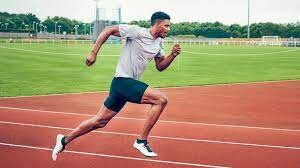
The running community is an amazing group, and you’ll meet wonderful people wherever you look in the sport. By expanding your training and hitting the track, road and trails, you’ll open yourself up to the opportunity to meet more people in each of these sub-groups. Meeting more people means more potential training buddies.
3.- Find what you like
If you just assume that road running is the way to go and don’t try the other options, you’ll never know if the track or trails were a better fit for you. By testing each type as soon as you get into the sport, you’ll find your niche sooner, which will only help you thrive as a runner.
4.- No rules of racing
Lots of people identify with the races they run, but that doesn’t mean you have to pick one type of event for the rest of your running career. In fact, entering races on all three surfaces is a good idea for all runners. If you’re a road runner, entering a track race will help you with your speed, and hitting up a trail race will give you the chance to race by feel. Try multiple types of races. You won’t regret it.
5.- You can stop anytime
Just as there is no rule saying you can’t be a track, trail and road runner all at the same time, there’s nothing that says you can’t leave any one of those types of running behind if you don’t like it. Give each type of running a chance, just to see if you like them, but if you realize that you don’t enjoy one, then drop it. Running’s about having fun, so there’s no point in forcing yourself to do something you hate.
(03/23/2023) Views: 560 ⚡AMPby Ben Snider-McGrath
The Science of Speed Training
When it comes to training in general and for speed, we must look broadly at three energy systems.
They are:
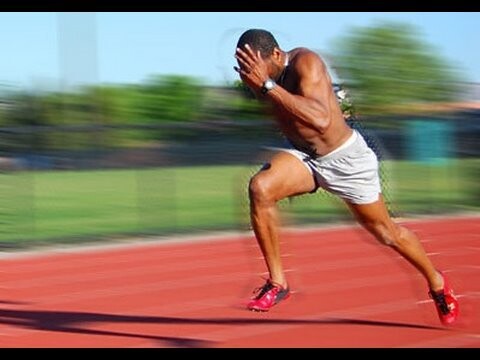
1. ATP – CP System2. Anaerobic Glycolytic System3. Aerobic System
From the standpoint of pure speed development, we must train within the first energy system, the ATP-CP system.
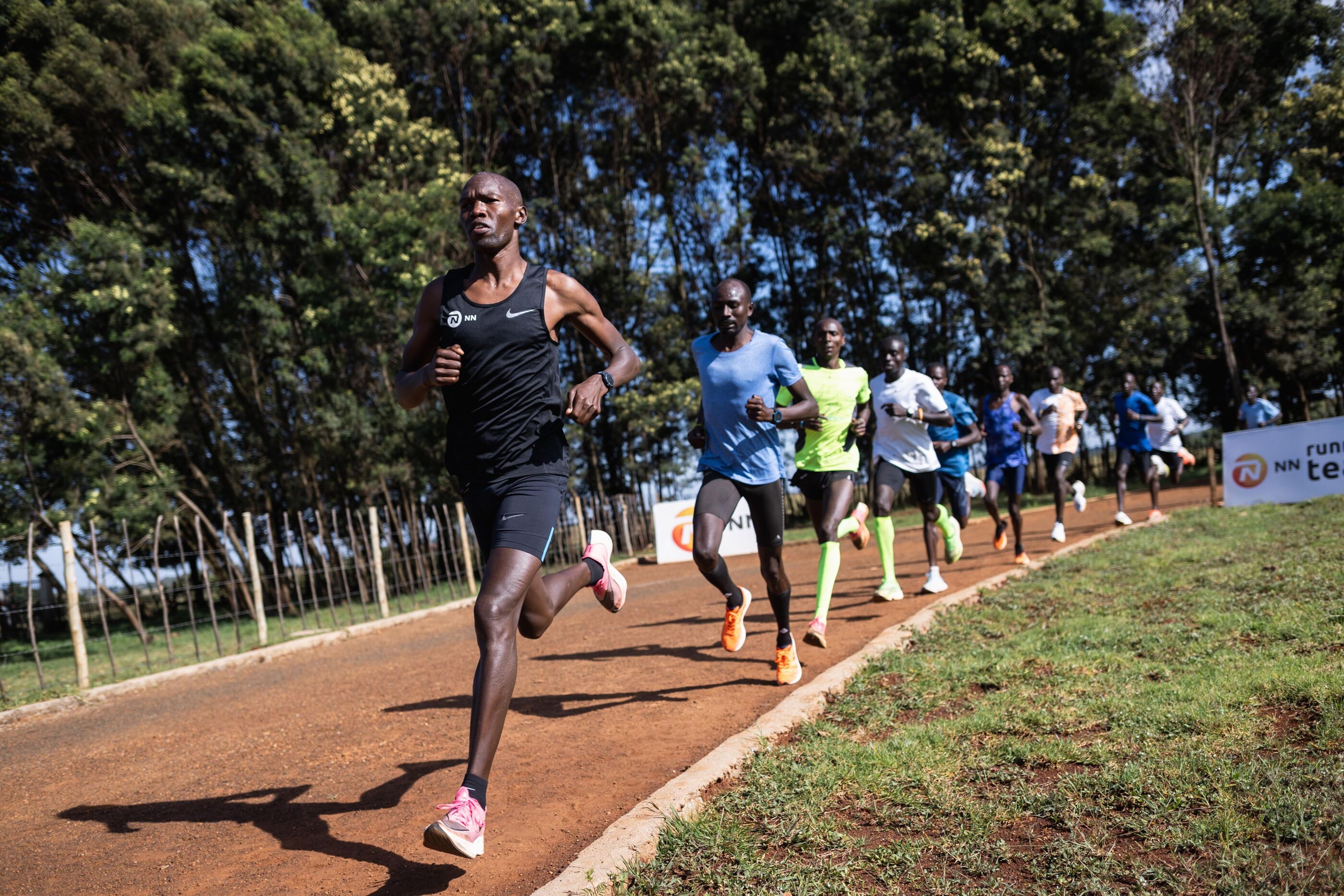
Here is an article that we posted a while back that covers the important physiology behind developing this system.
There seems to be a bit of confusion concerning the difference between aerobic and anaerobic training. Simply put, aerobic means 'with oxygen' and anaerobic means 'without oxygen'. So, running a 40 at full speed would be an example of an anaerobic activity. Going out for a 3 mile run would be an aerobic activity. In order to understand which energy systems should be emphasized for specific sports and activities, let'stake a look at the energy source our muscles use and the energy systems that support it. This article will focus on ATP and the first of the three energy systems, the ATP-CP Energy System.ATP – The source of muscular energy
Adenosine Triphosphate, or ATP, is the immediate usable form of chemical energy for muscular activity. Any forms of chemical energy that the body gets from food must be converted into ATP before being used by muscle cells. ATP stores in muscle is limited and will deplete in 1 to 2 seconds unless restored. Resynthesis of ATP must occur immediately for muscular activity to continue. There are three systems available within the body to replace concentrations of ATP.
Anaerobic Phosphagen (ATP – CP) Energy System
Creatine Phosphate (CP) is an energy rich compound found in muscle cells. After high intensity exercise, creatine phosphate immediately restores ATP in the muscle without forming waste products (lactic acid). The amount of ATP that can be resynthesized from CP canlast for 4 to 5 seconds. So, add that to the 1 to 2 seconds of original ATP stores within the muscle and you have about 5 to 7 seconds of ATP production from the ATP-CP Energy System.
According to the USA Track and Field Level II Sport Science manual, to really challenge this system, you need workouts of 7 to 10 seconds of high intensity (sprint) work. This means running at full speed or near full speed, but with no fatigue present.
Therefore, any sport that involves running at full speed (track, football, soccer, field hockey, baseball, basketball, lacrosse, etc) needs to place regular emphasis on working and challenging this system.
Why? The best way to improve top speed is to run at top speed. High intensity sprint work (moving the limbs at near peak velocity) involves recruiting specific groups of muscle fibers and improving the efficiency and firing patterns of those muscle fiber groups. This type of motor learning must be done at high speeds to properly develop the complex recruitment of muscle fiber needed to fire in a synchronized pattern. This process is also referred to as neuromuscular conditioning.
The need for such conditioning helps explain why coordination and agility work is essential to developing speed. If you are highly coordinated, your brain does not have to spend as much time 'thinking' about where your limbs are in relation to the objects in your immediate environment. Instead, muscle fibers will be able to fire in a coordinated pattern, resulting in higher top speed and quicker reaction times. This is essential when considering the amount of fine motor skill and coordination required in the routine movements of sports like soccer, field hockey and basketball.
Let's look at some examples of how and when to train this system in a way that will maximize our results.
As was mentioned before, the speed component should be trained with no fatigue present. Most athletes require between 36-48 hours of rest with low intensity (<75% intensity, Heart rate 120-140) training before doing speed work again. So if you're doing speed work on Monday, wait until Wednesday before you do it again. When looking at rest within a single workout, you have to understand the amount of time necessary for proper ATP and CP resynthesis.
The following time examples explain how much time is required for the given percentage of ATP restoration, as stated by the USATF Level II manual:
30 seconds – 50% (in 30 seconds, 50% of ATP stores are recovered)
1 minute – 75%90 seconds – 80%3 minutes – 98%
From these examples, it is clear that 2 to 3 minutes is the minimum time required between reps for the ATP-CP system to sufficiently recover.
Speed training- Guidelines for high school athletes:
Intensity – 95-100%Distance of run – 20-60 metersNumber of reps/set – 2-4Number of sets – 2-4
Total distance in set – 80-160 metersTotal distance in session – 300 – 500 meters
In general, we follow the rule of one minute of rest per 10 meters run. For example, a set of 4 x 40m would consist of 4 minutes rest between each 40 meter sprint.
Now let's look at a couple sample workout sessions to get an idea of how these workouts could be structured. Rest between sets is slightly longer than rest between reps in order to allow full recovery.Workout #1
4 x 40m – 4 min rest6 minutes rest between sets3 x 50m – 5 min rest
TOTAL: 310 metersWorkout #2
4 x 30m – 3 min rest4 minutes rest between sets4 x 40m – 4 min rest5 minutes rest between sets4 x 50m – 5 min rest
TOTAL: 480 metersStructuring your workouts in a similar manner will maximize all the qualities desired from working the ATP-CP energy system. Remember, working hard with minimal rest will not make you faster. Either will running slow. Energy stores must be replenished to gain the benefits of speed work. Without true speed development, you are simply falling behind your competitors.
(03/22/2023) Views: 647 ⚡AMPby Athletes Acceleration
Tallest player to ever play in the NHL is running the 2023 Boston Marathon
The former Boston Bruins defenceman and captain, Zdeno Chara, who stands at six feet and nine inches, will run his first marathon in Boston.
After 26 years in the NHL, the 6’9″ defenceman, Zdeno Chara, is ready for his next challenge—the 2023 Boston Marathon. On Sunday, the tallest player in NHL history said on his Instagram that he plans to run his first marathon on April 17, in support of two Boston-based charities, the Thomas E. Smith Foundation and The Hoyt Foundation.
Chara holds the all-time NHL record for most games played by a defenseman, with 1,680. Chara played for four teams over his 20+ year career, starting with the New York Islanders, Ottawa Senators, Boston Bruins and Washington Capitals.

“I’m so happy to announce that I am running my first marathon,” Chara wrote on his Instagram. “There’s no better first marathon than the Boston Marathon on April 17th!
“The Hoyt Foundation has made an incredible impact on millions of people worldwide and personally helped to motivate (the Bruins) to our 2011 Stanley Cup win,” He said in the post. “The Hoyt Foundation has an amazing legacy with the iconic marathon.”

Dick and Rick Hoyt became a well-known Boston Marathon pair, Dick pushing his son in a wheelchair along the 26.2-mile course dozens of times. Dick Hoyt died in September 2021 at the age of 80.
The Thomas E. Smith Foundation’s mission is to better the lives of those affected by and living with paralysis through financial and emotional aid while supporting preventive innovations that decrease the risk of spinal cord injuries.
You do not often see athletes of Chara’s stature take on the marathon, especially on a course as difficult as Boston. We think he’ll certainly be easy to spot in his corral.
(03/22/2023) Views: 614 ⚡AMP
by Running Magazine
Boston Marathon
Among the nation’s oldest athletic clubs, the B.A.A. was established in 1887, and, in 1896, more than half of the U.S. Olympic Team at the first modern games was composed of B.A.A. club members. The Olympic Games provided the inspiration for the first Boston Marathon, which culminated the B.A.A. Games on April 19, 1897. John J. McDermott emerged from a...
more...Kenyan Bravin Kiprop shifts focus to Berlin Half Marathon
Following a successful outing at the University of Eldoret cross country, Bravin Kiprop's focus has shifted to next month's Berlin Half Marathon.
Kiprop, who won the 7.4km senior men’s title, said he was using the race, part of UoE's 100th anniversary, as part of his preparations for the German race on April 2.
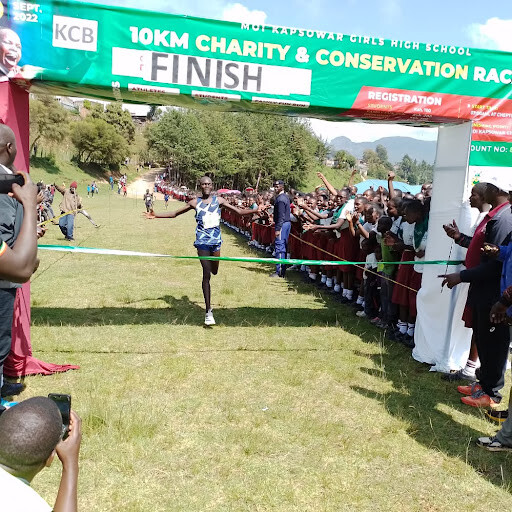
“I came here with the sole purpose of preparing for the Berlin Half Marathon and this victory has added positives to my preparations,” said Kiprop.
Kiprop, who trains in Keiyo South added that running in local races forms the best preparations for any athlete since, due to the competitiveness, they help runners gauge their fitness and endurance ahead of races abroad.
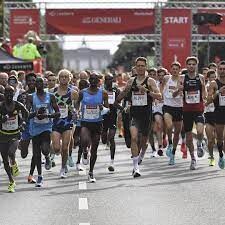
“Competing in these local races gives an individual a good start. I have two weeks to prepare and this race has offered me a good training ground,” said Kiprop, from Elgeyo Marakwet county.
He won the senior men’s race in 16:40.3, beating Ayub Kiptum to second in 16:54.2 while Titus Kiprotich took third place in 16:59.4.
In January, Kiprop finished second at the Discovery Kenya Cross country championships behind Weldon Langat.
Immaculate Anyango was victorious in the senior women's race, ahead of upstart Stella Jepkosgei and Dorothy Kimutai.
Anyango, who won Discovery cross country in January won the title in 25:09.7 while Jepkosgei and Kimutai clocked 25:26.6 and 25:30.5 respectively.
Mathew Kipkosgei and Janet Jepkosgei were the respective winners of the junior men's 5.55km and junior women's 3.7km races.
Kipkosgei led St Francis Kimuron to a clean sweep of the junior men's podium in 16:40.1, followed by Linus Kipkemoi (16:54.2) and Titus Kiprotich in 16:59.0.
Jepkosgei won the junior women's title in 12:38.01 ahead of Maurine Jepkoech and Martha Jelimo, who timed 12:41.0 and 12:45.2 respectively.
(03/22/2023) Views: 578 ⚡AMPby Emmanuel Sabuni
Berlin Half Marathon
The story of the Berlin Half Marathon reflects a major part of the history of the German capital. It all began during cold war times and continued during reunification. The events leading up to today's event could really only have happened in this city. Its predecessors came from East- and West Berlin. On 29th November 1981 the Lichtenberg Marathon was...
more...

